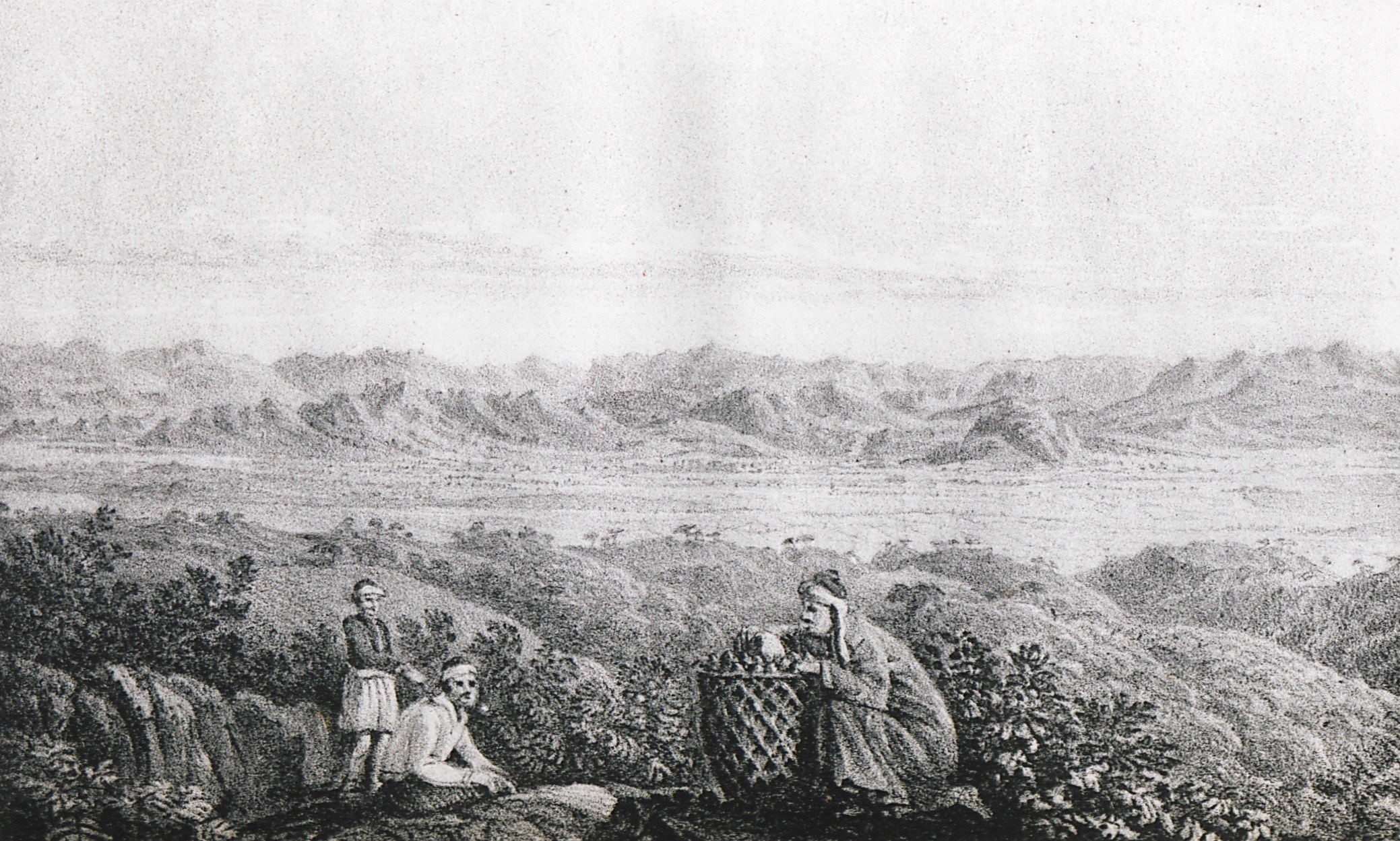GELL, William
İngiliz arkeolog, topograf, ve haritacı, Cambridge üniversitesi mezunu William Gell (1777-1836), yunan kültürü alanında çalışma yapmış önemli araştırmacılardan biridir. Gezdiği yerler arasında İthaka adası (1801 ve 1806), Truva yöresi (1801), İyon Adaları -Korfu, Zante, Kefalonya ve diğerleri- (1803), Peloponez (Mora), Saronikos Körfezi ve adaları, Orta Yunanistan (Sterea Ellada) bölgesi ve Tesalya (1805) bulunmakta. Son olarak 1812 yılında, Dilettanti Grubunun bir projesi kapsamında Anadolu'da yunan kültürü kalıntılarının bulunduğu yerleri ziyaret eder. Bunların dışında İtalya'nın da çeşitli yörelerini gezer, nitekim ölümü İtalya'da vuku bulur. Çalışmalarında çok üretken olan Gell'in, 800 kadar eskizi ve birçok yayını bulunmakta. Başlıca uğraşlarından biri Homeros'un yapıtlarında geçen yer adlarının özdeşleştirilmesi sorunuydu. Vardığı sonuçlar ayrıntılı ve kanıtlı araştırmalar sonucu olmalarına rağmen bir çok durumda keyfi ve safça olup, kendisiyle birlikte gezide bulunan gezginler tarafından eleştirilmişti. Samimi bir Yunan dostu olmakla birlikte Yunan özgürlük savaşının en hassas anında (1823) Yunanlılara karşı sert eleştiriler yöneltmekten çekinmemiş olan Gell, W.M. Leake, Ed. Dodwell ve Lord Byron gibi şahsiyetler yanında gölgeye düşer.
Gell, 19. yüzyıl başlarında öteki gezginlerin de yaptığı gibi, Pausanias'ın izlerinde yürüyüp özellikle Peloponez'i gezer. Yayınlanmış eserleri, ondan sonra gelen ve Antik Yunanistan'ın izleri peşinde olan tüm gezginler için bir rehber oluşturmuştu. Gell, Argos kenti yöresini gezer ve yerli halktan edindiği bilgilerin yardımıyla - Pausanias'ın metnindeki betimlemelere daima bağlı kalarak - Miken devrine ait birçok yeri özdeşleştirir. Burada sözkonusu olan eser yayınlamış olduğu toplam beş eserin birincisidir. Eserin tümünün yayımı 1827 yılında tamamlanır. Gell'in el yazısı notları ve günlükleri Atina'daki Gennadios Kütüphanesinde korunmaktadır.
Yazan: İoli Vingopoulou
GELL, William - Mycenae
-
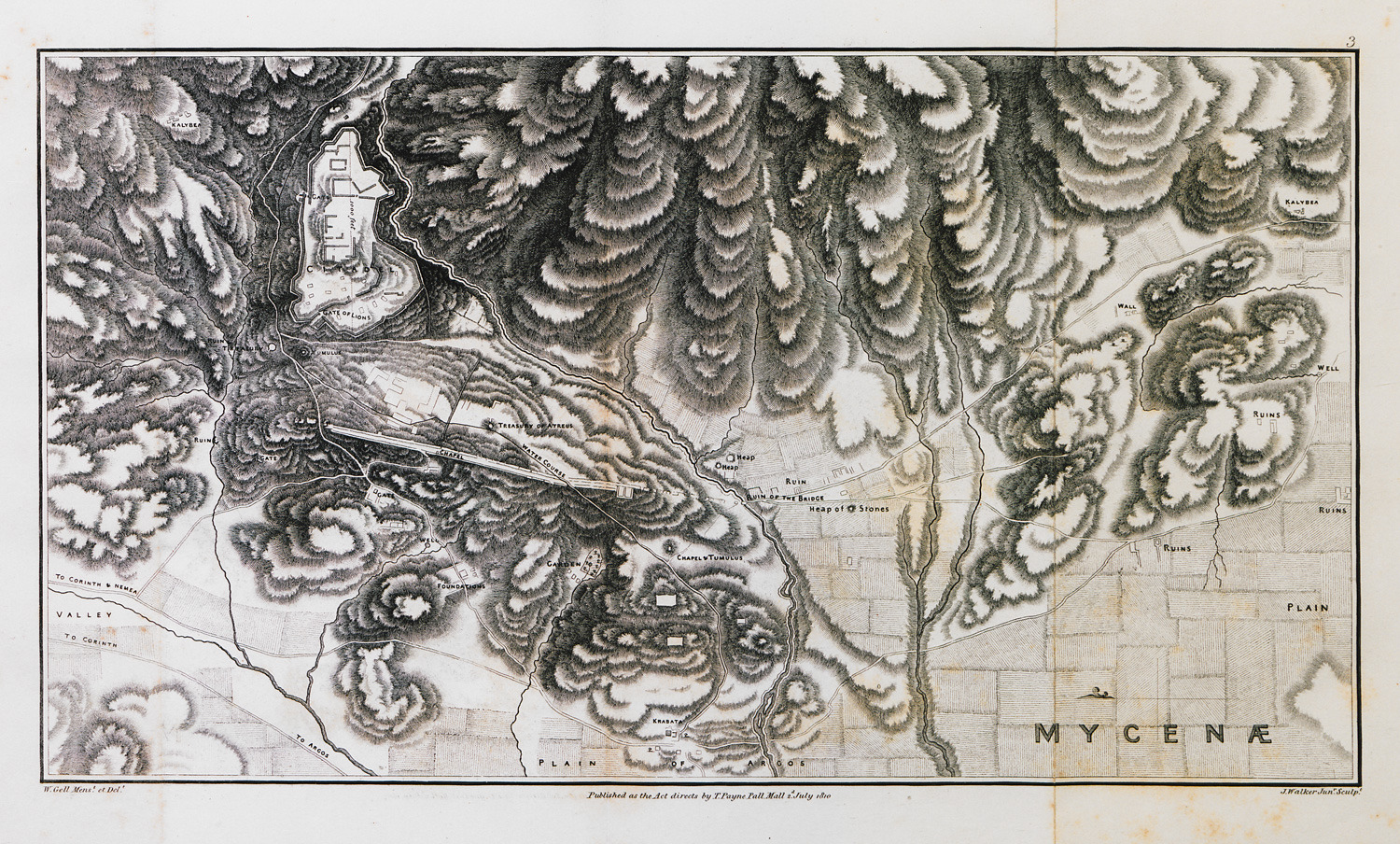
-
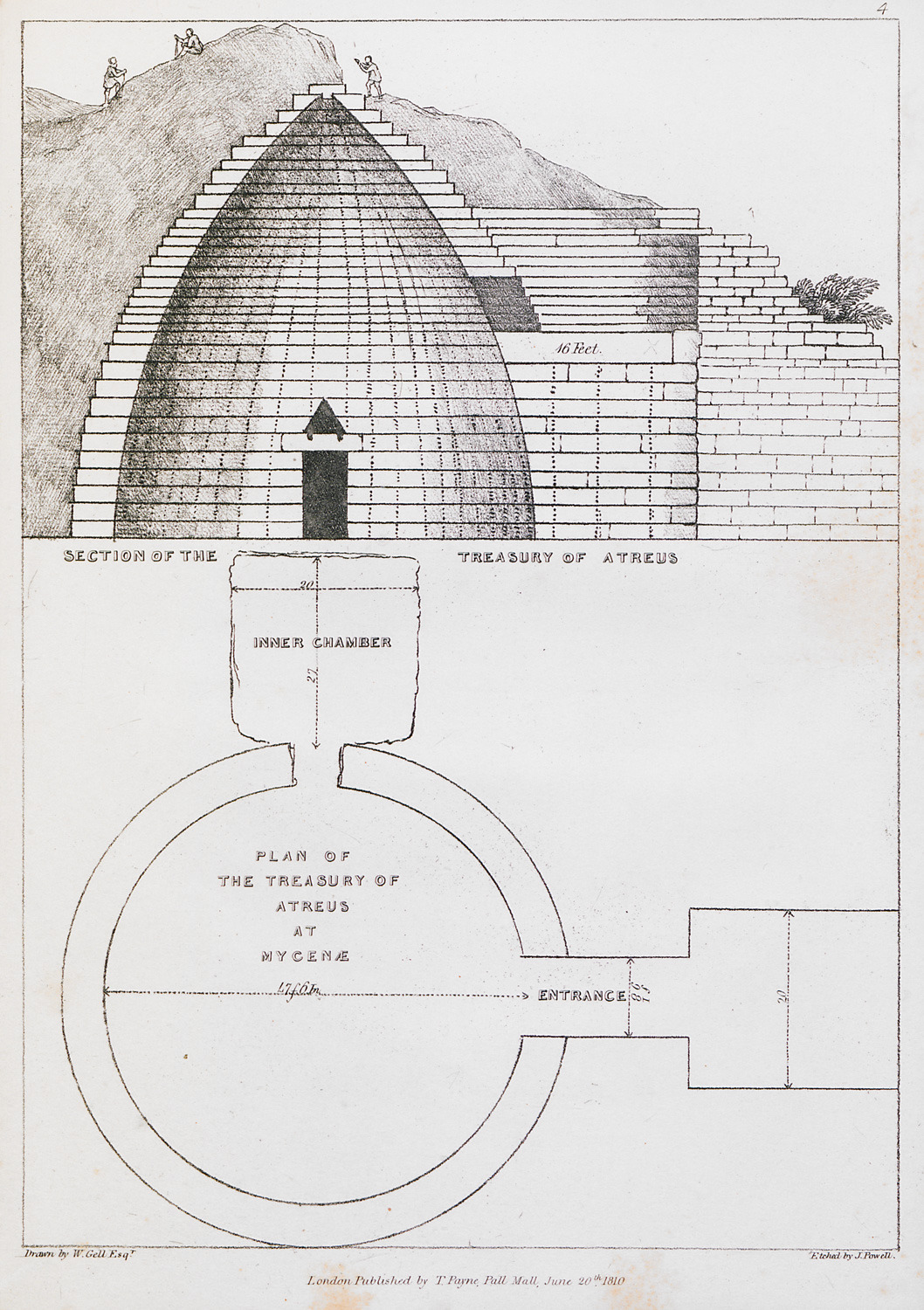
-
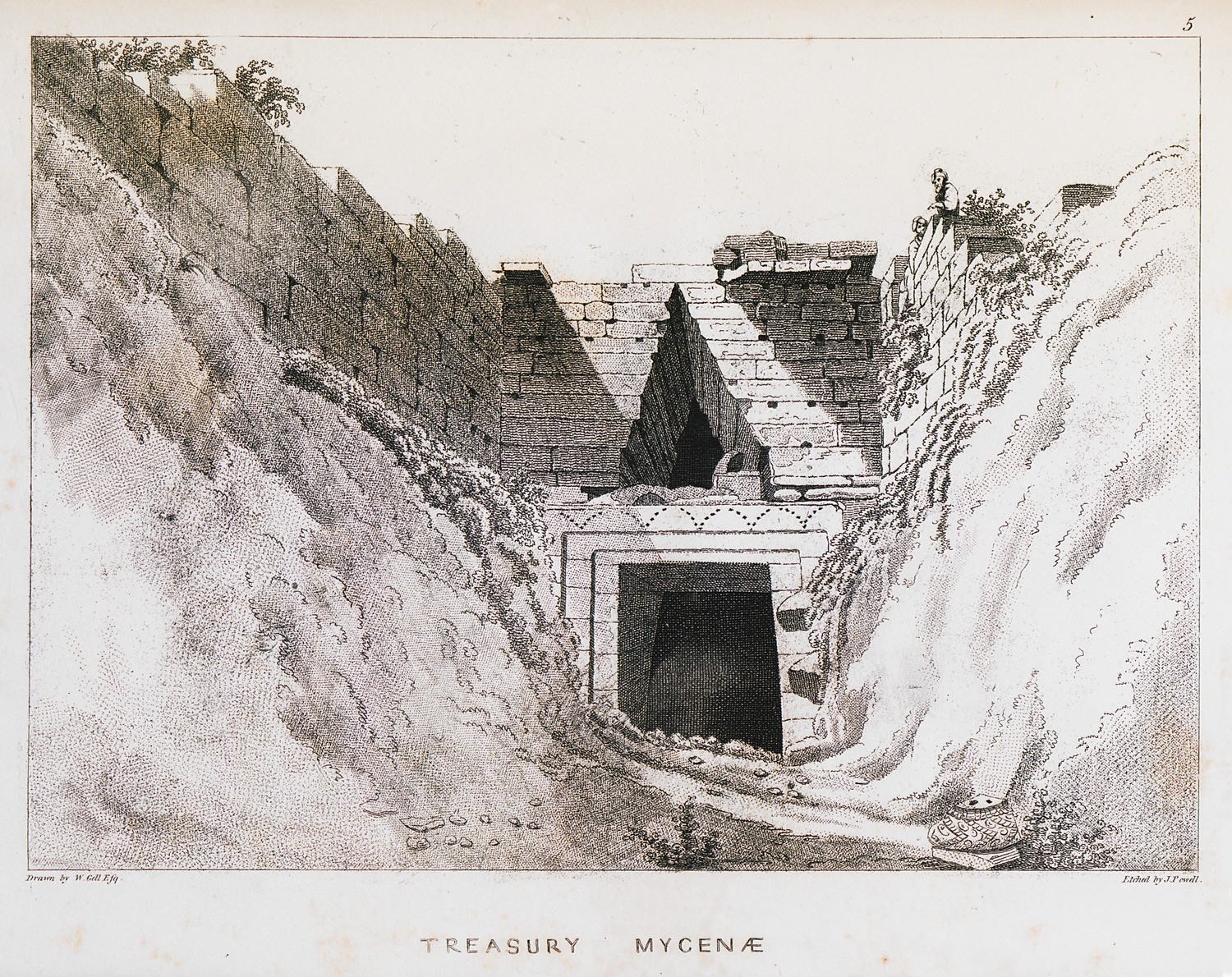
Entrance to the Tholos tomb of Mycenae (Treasury of Atreus).
-
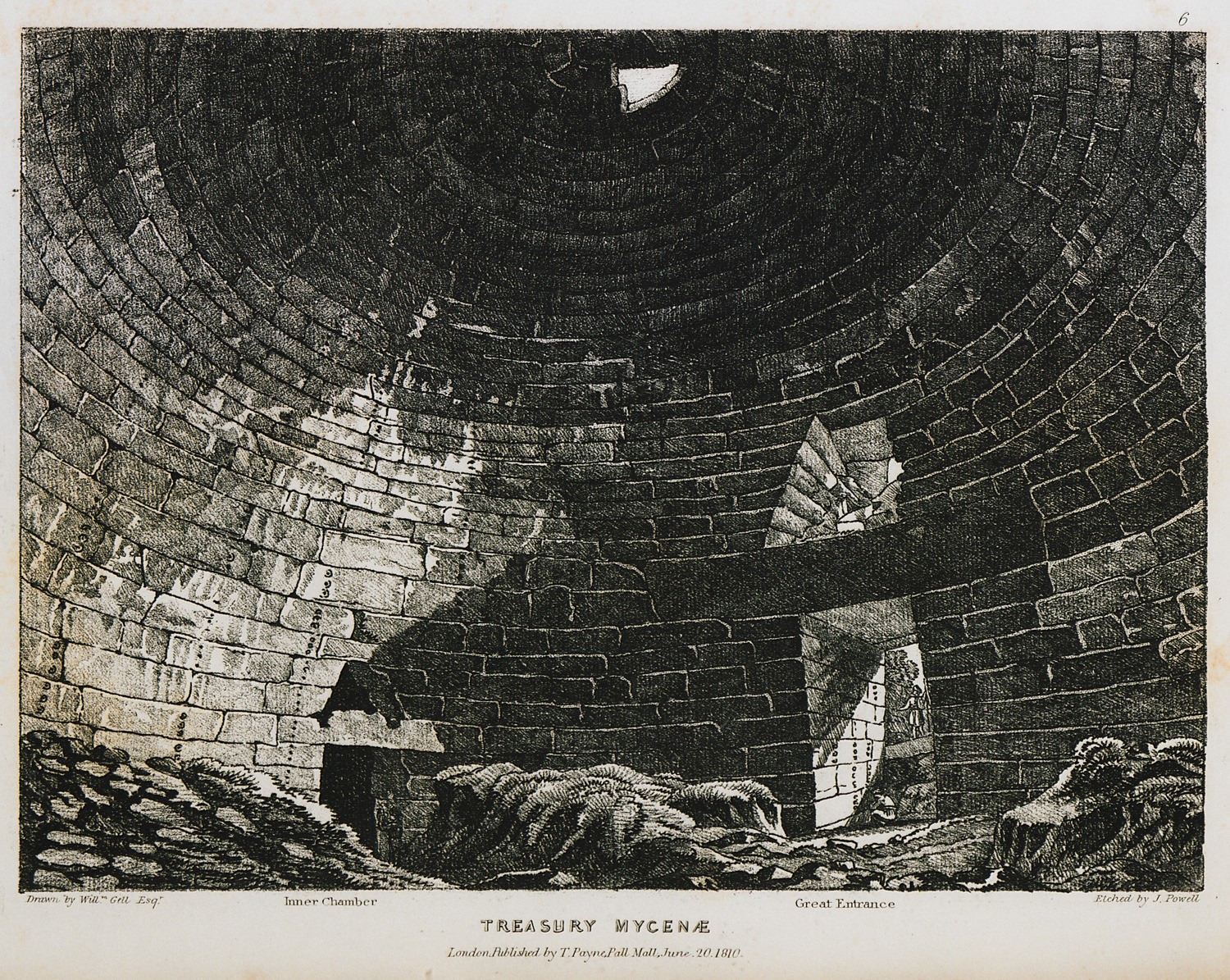
The interior of the Tholos tomb of Mycenae (Treasury of Atreus)
-
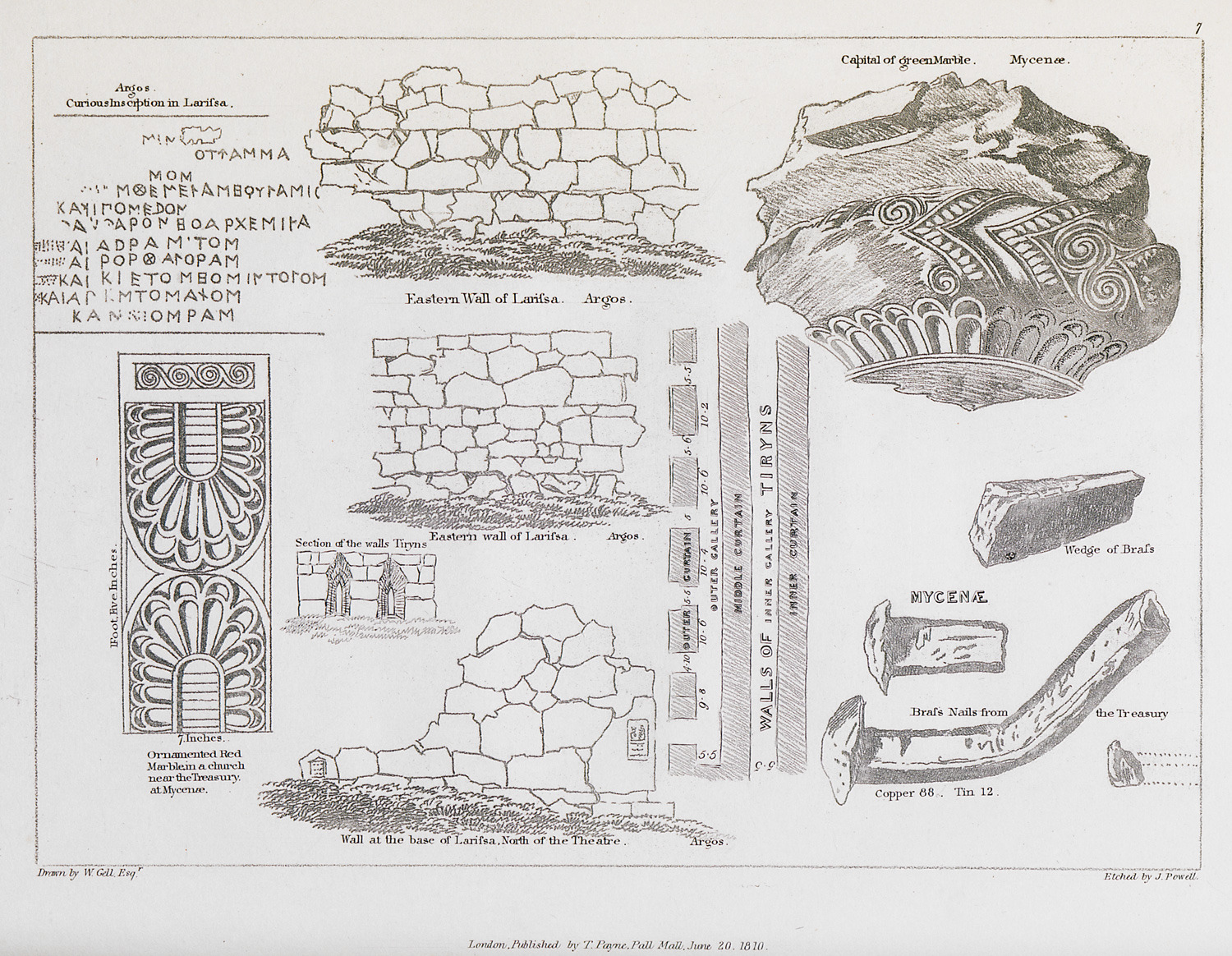
-
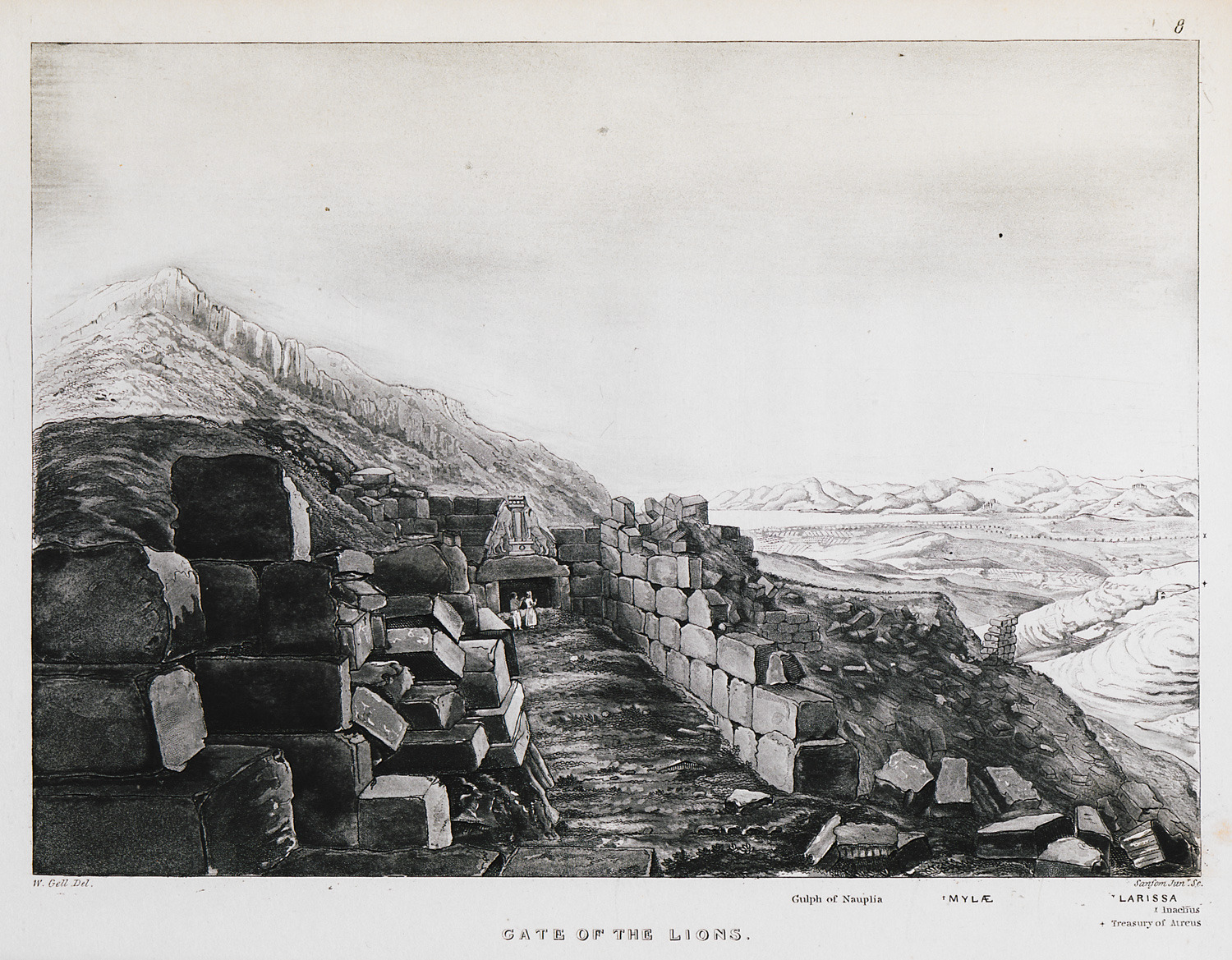
-
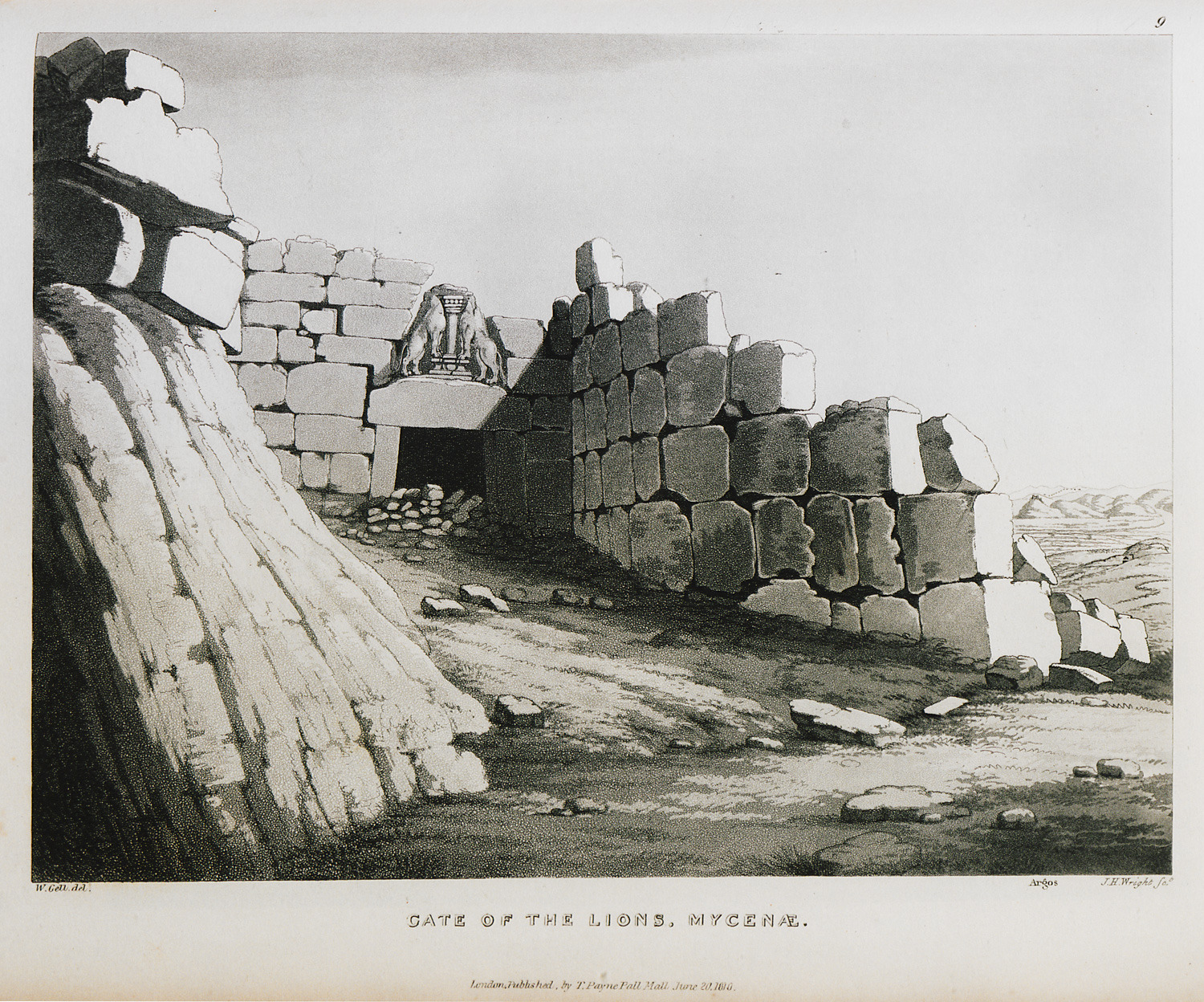
-
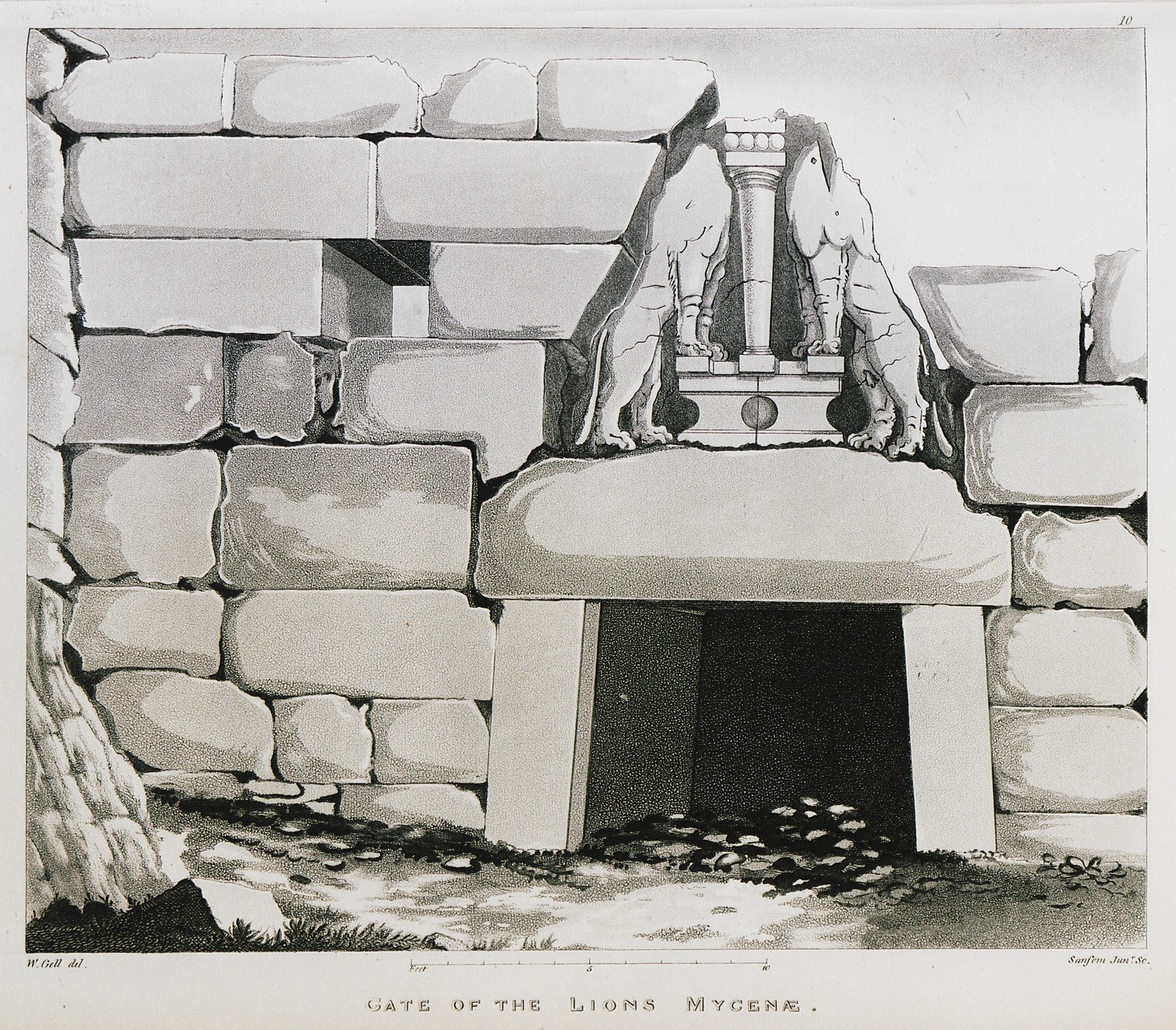
-
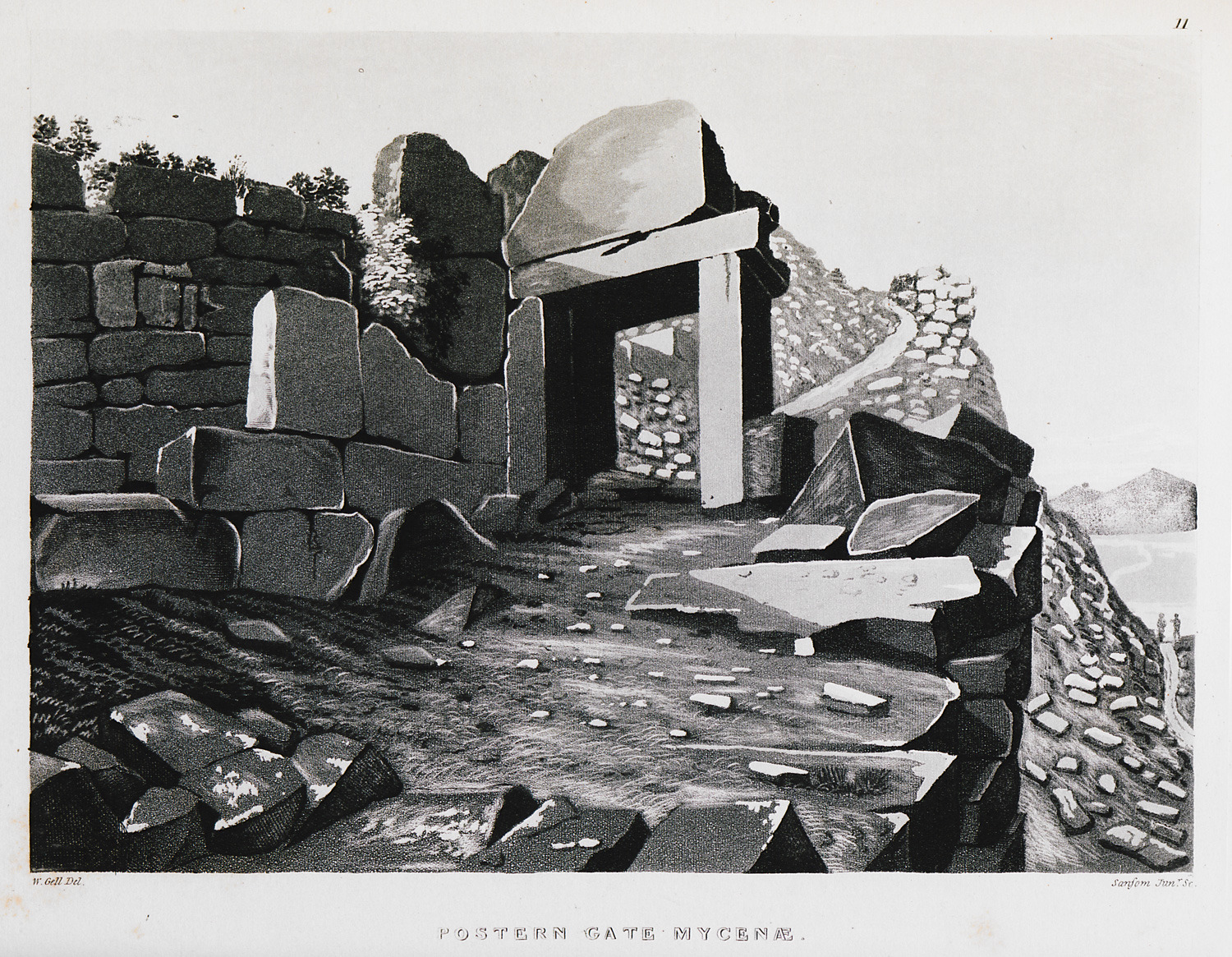
-
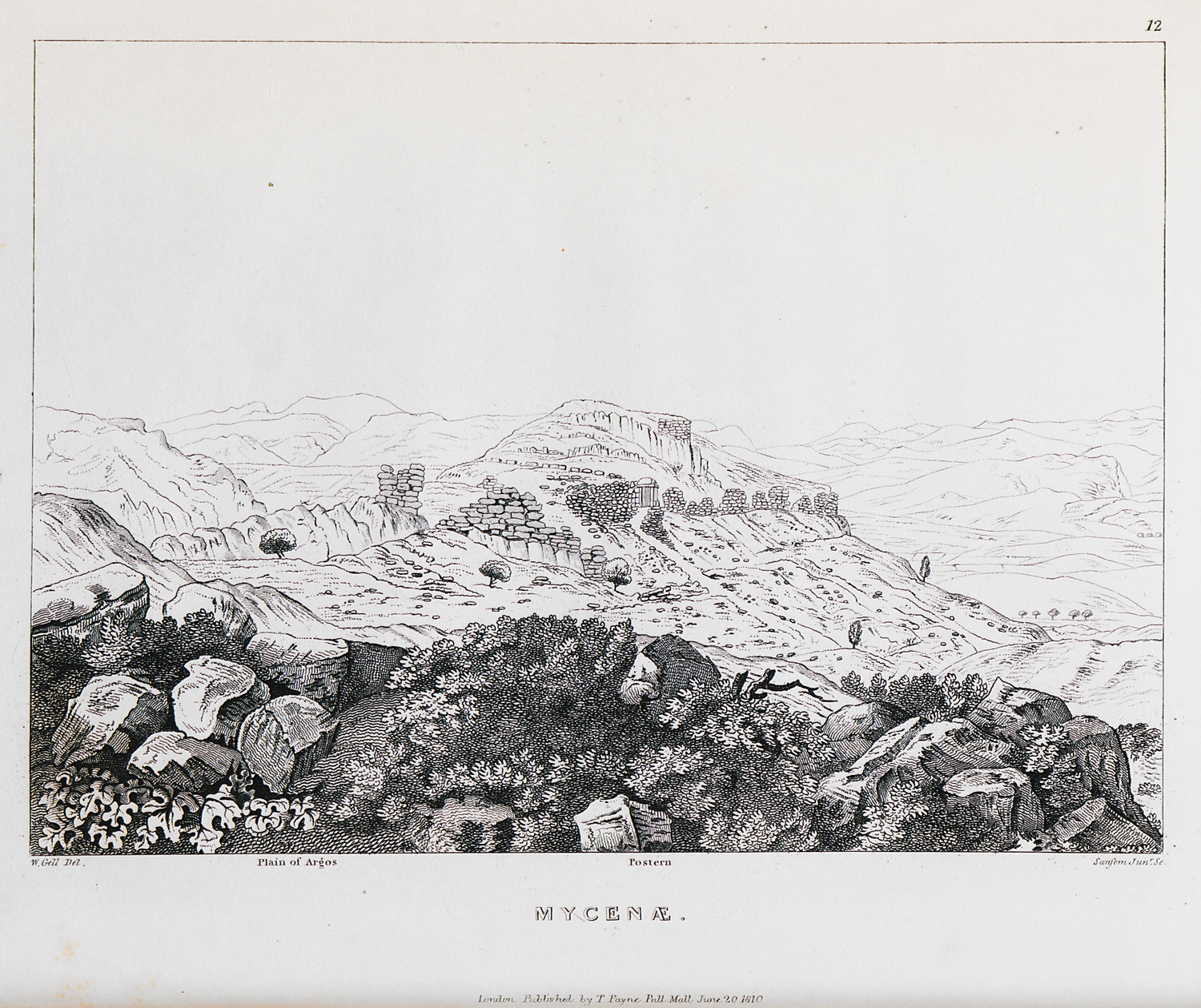
-
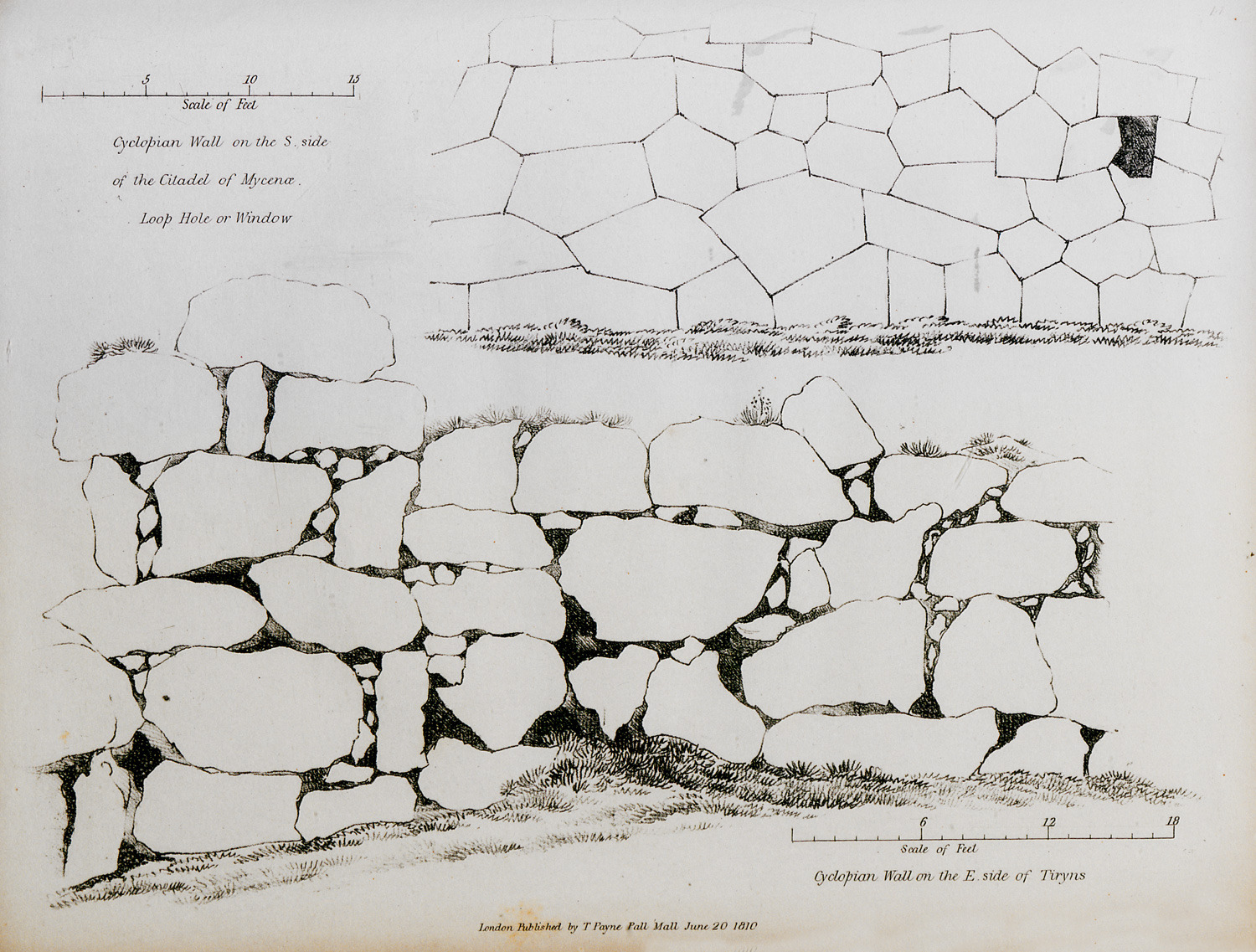
-
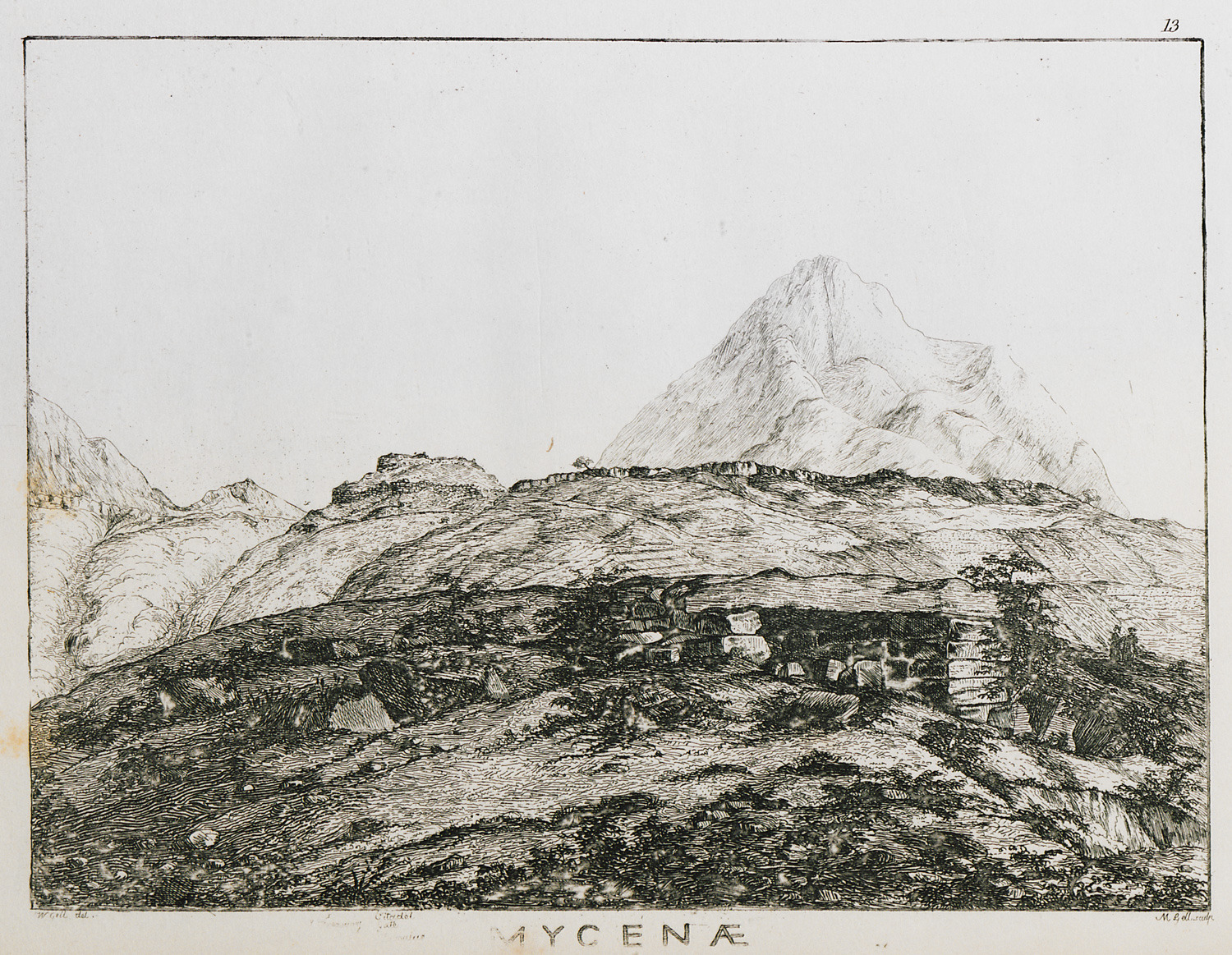
GELL, William - Rest Images
-

-
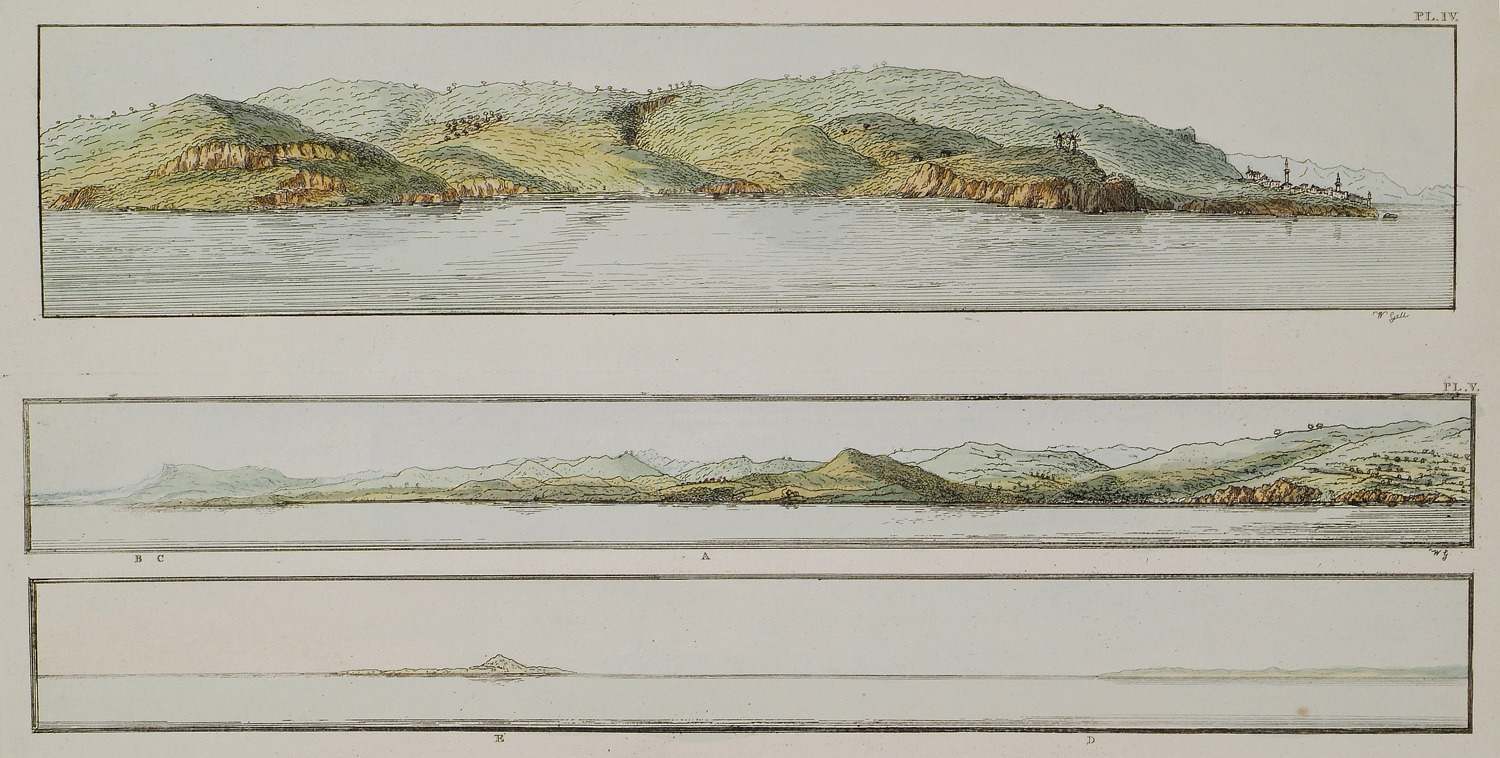
-
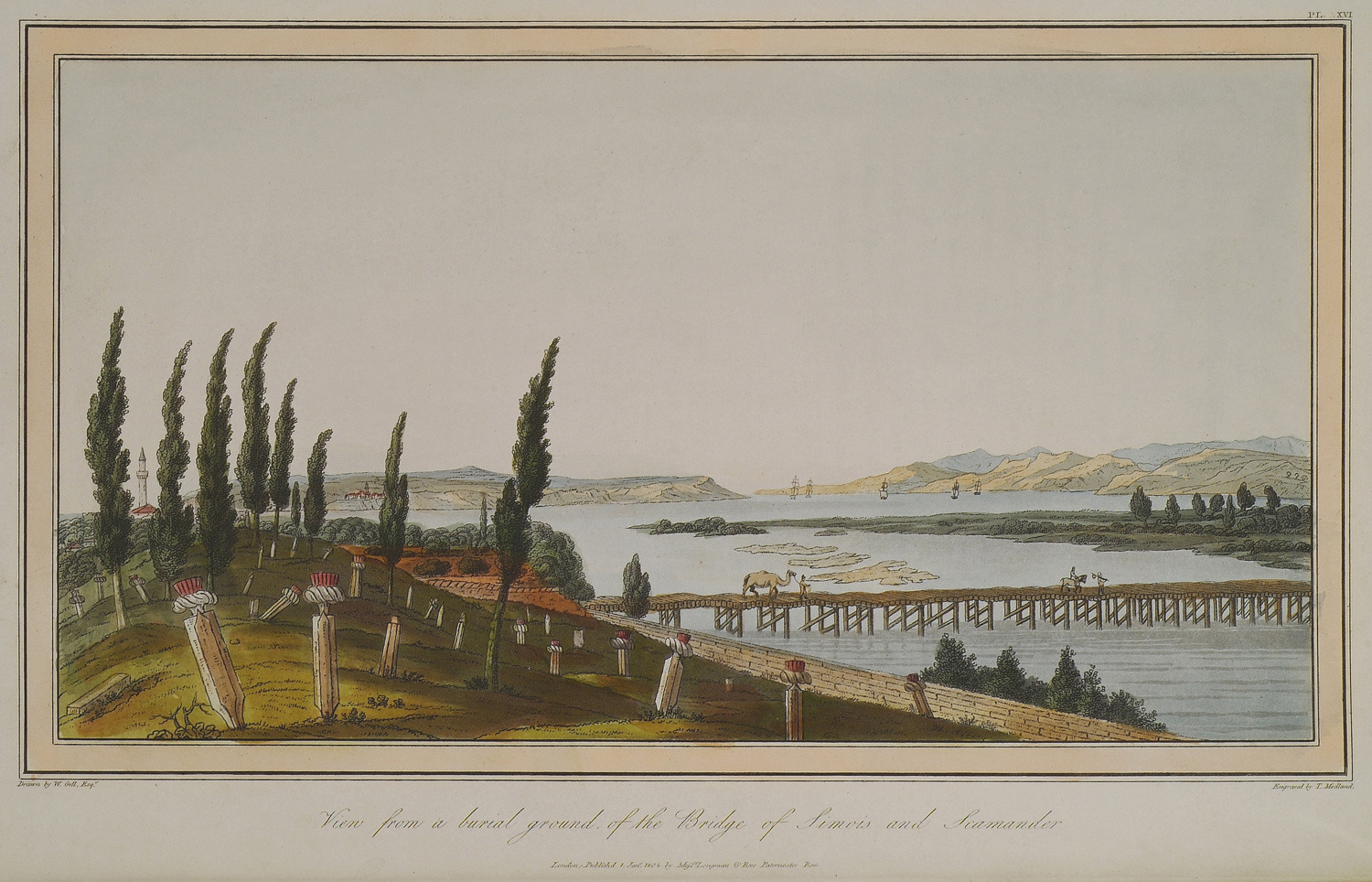
Muslim cemetery in the confluence of Karamenders (anc. Scamander) and Simoes rivers.
-
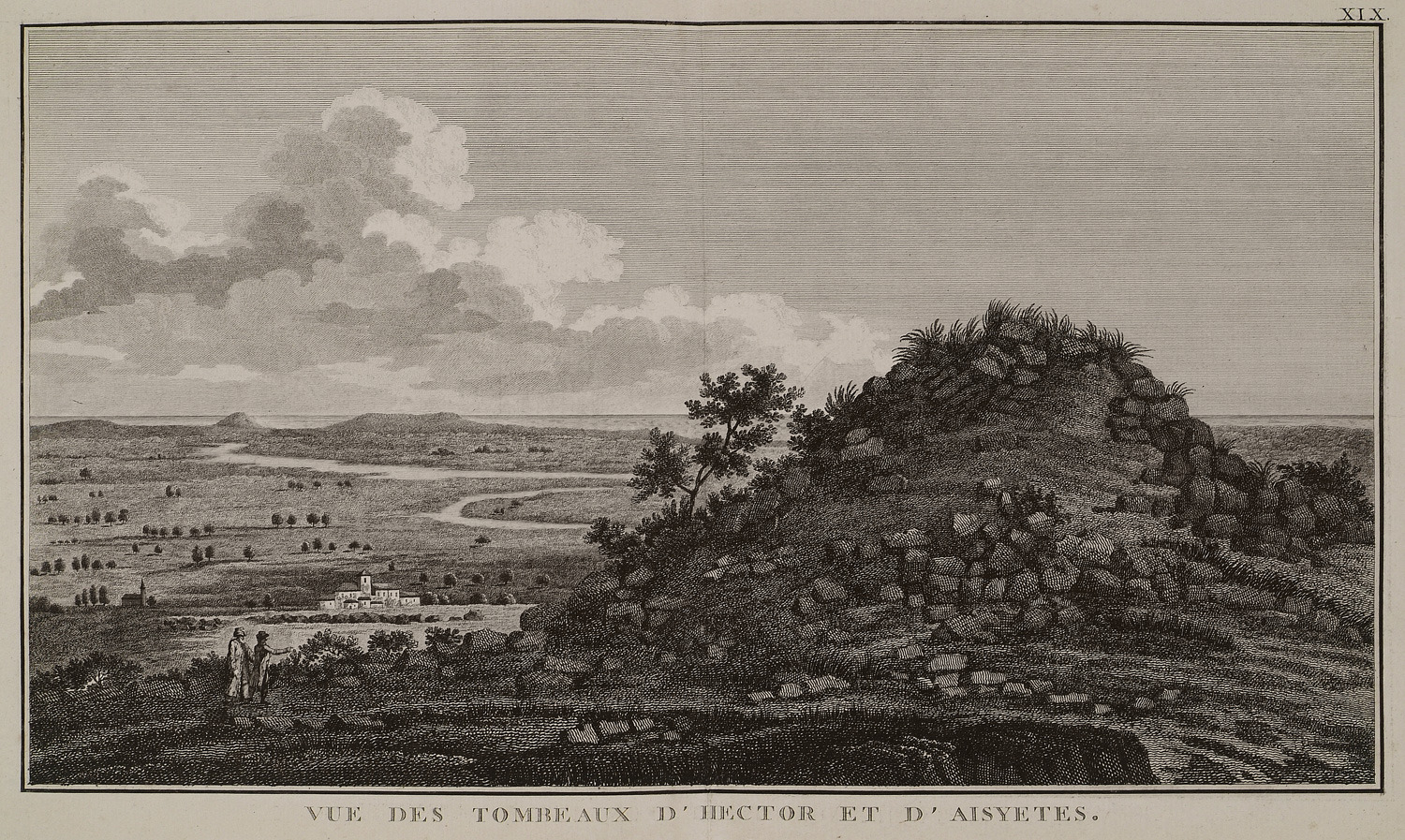
The Tombs of Hector and Aesyetes in the vale of Karamenders (anc. Scamander) river.
-
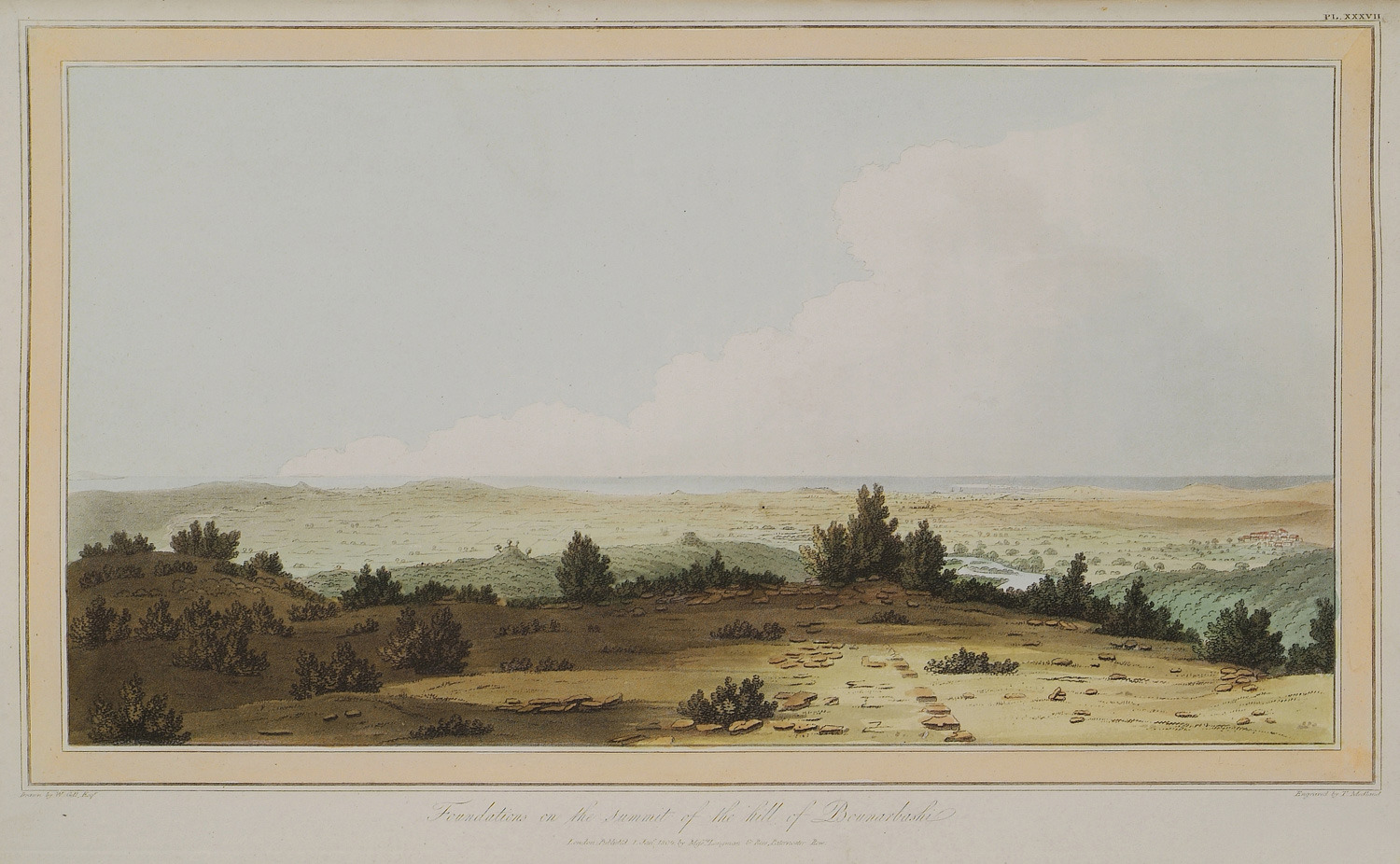
-
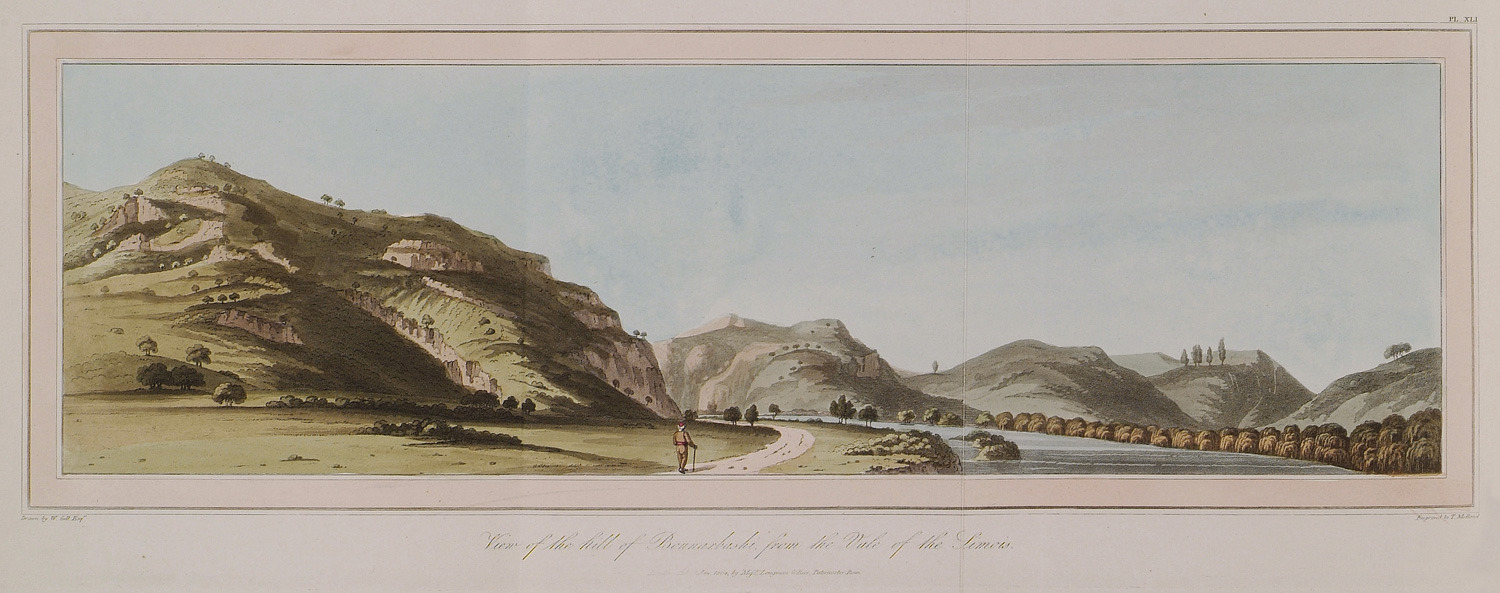
Hills around Bunarbaşı, village, erroneously identified in the nineteenth-century with Troy.
-
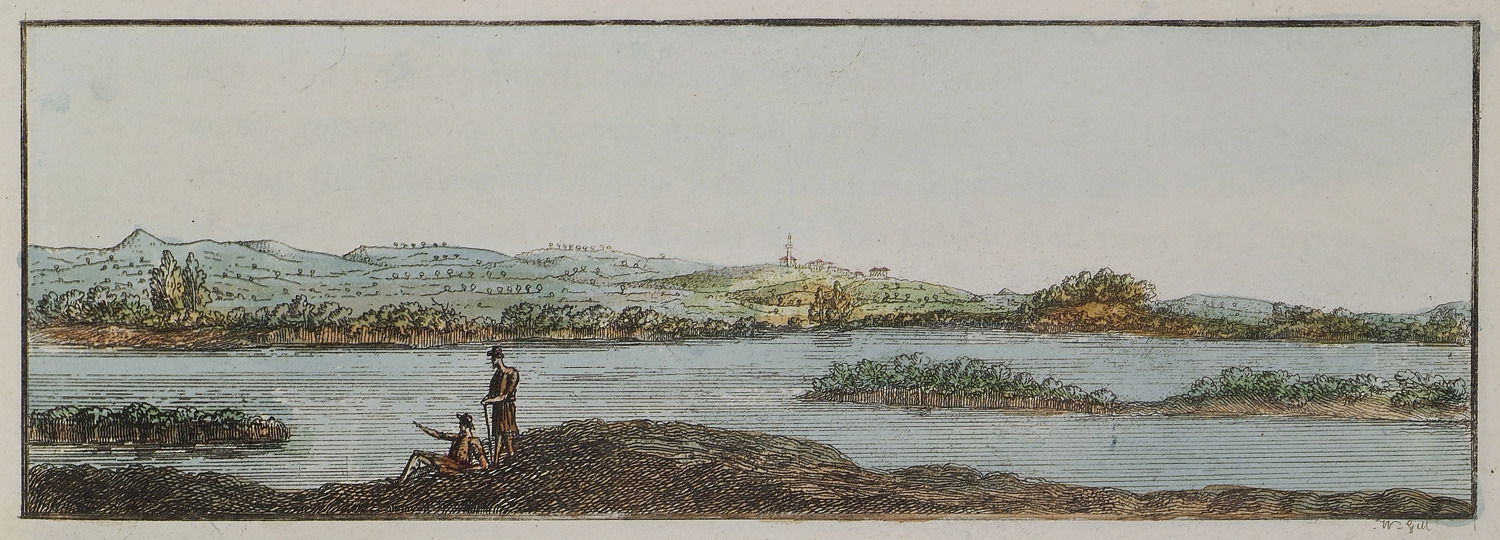
Landscape around the shores of Simoes river in the plain of Troy.
-
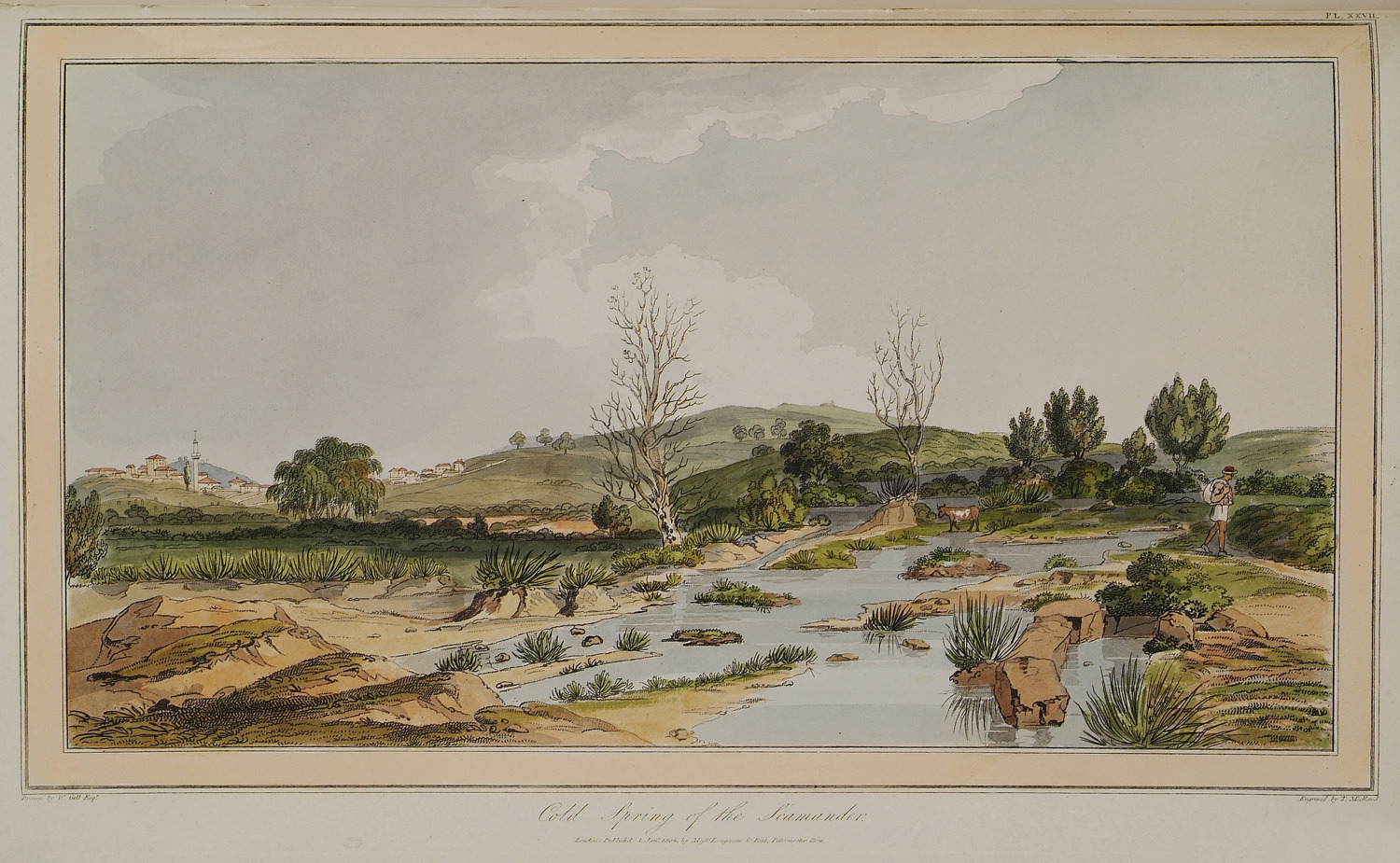
-
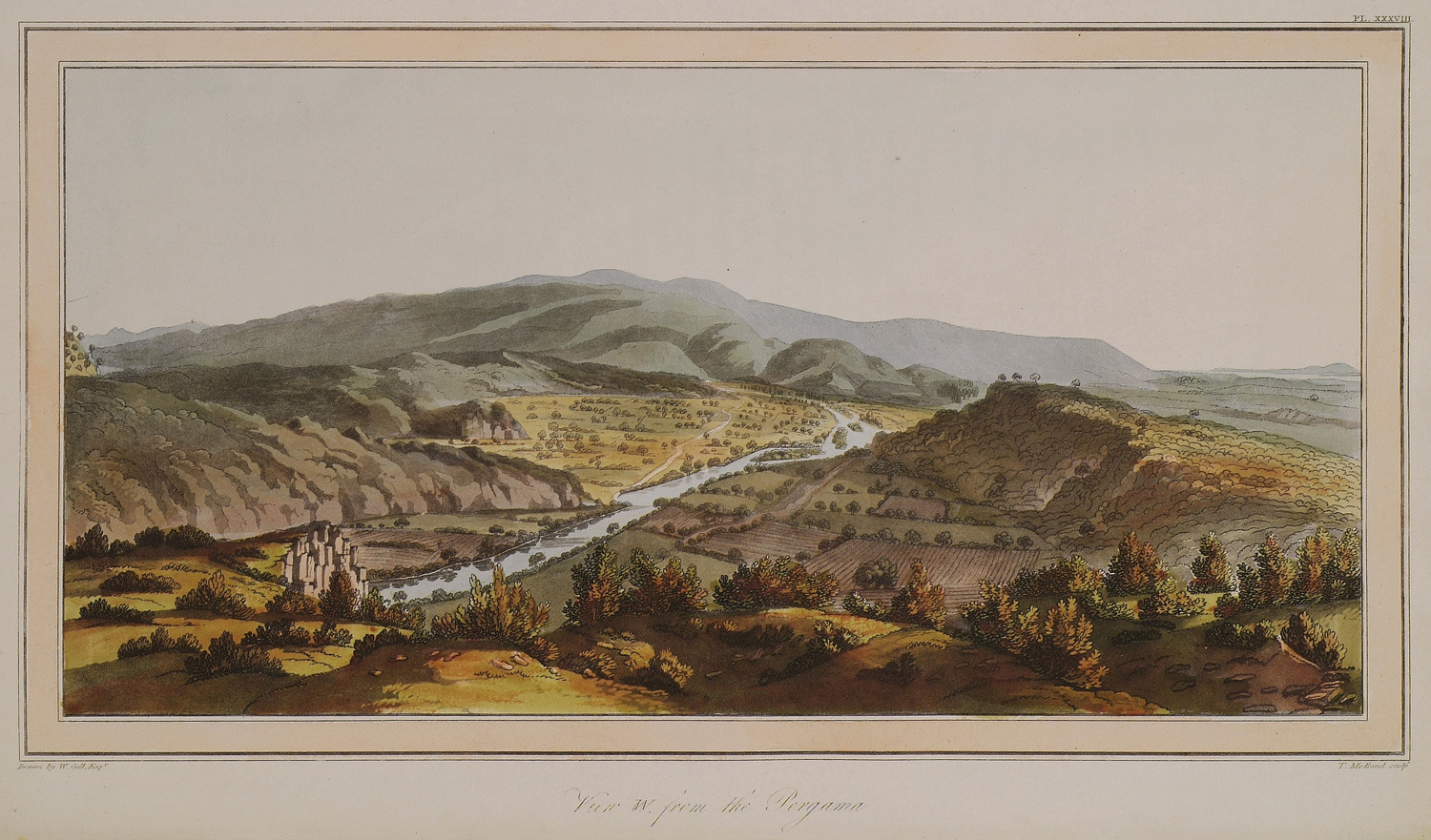
-
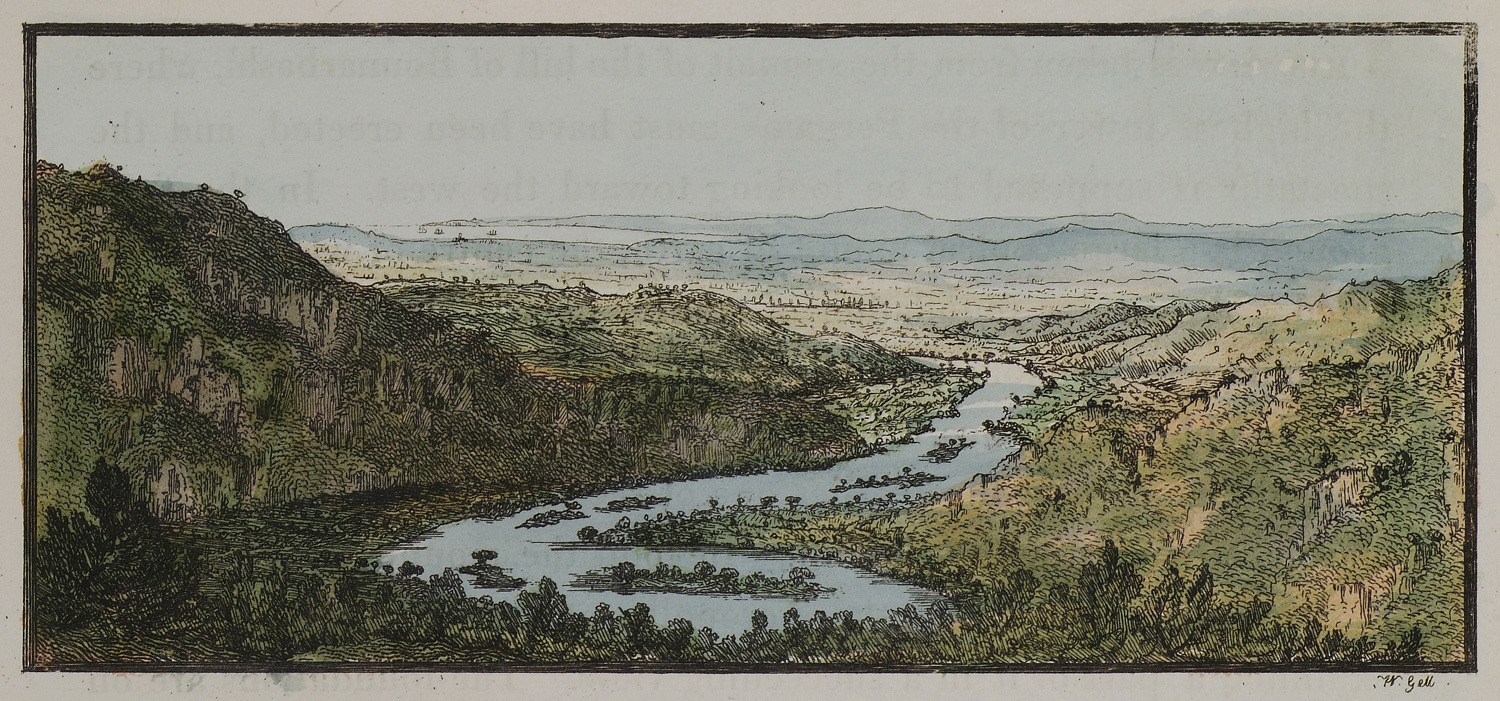
-
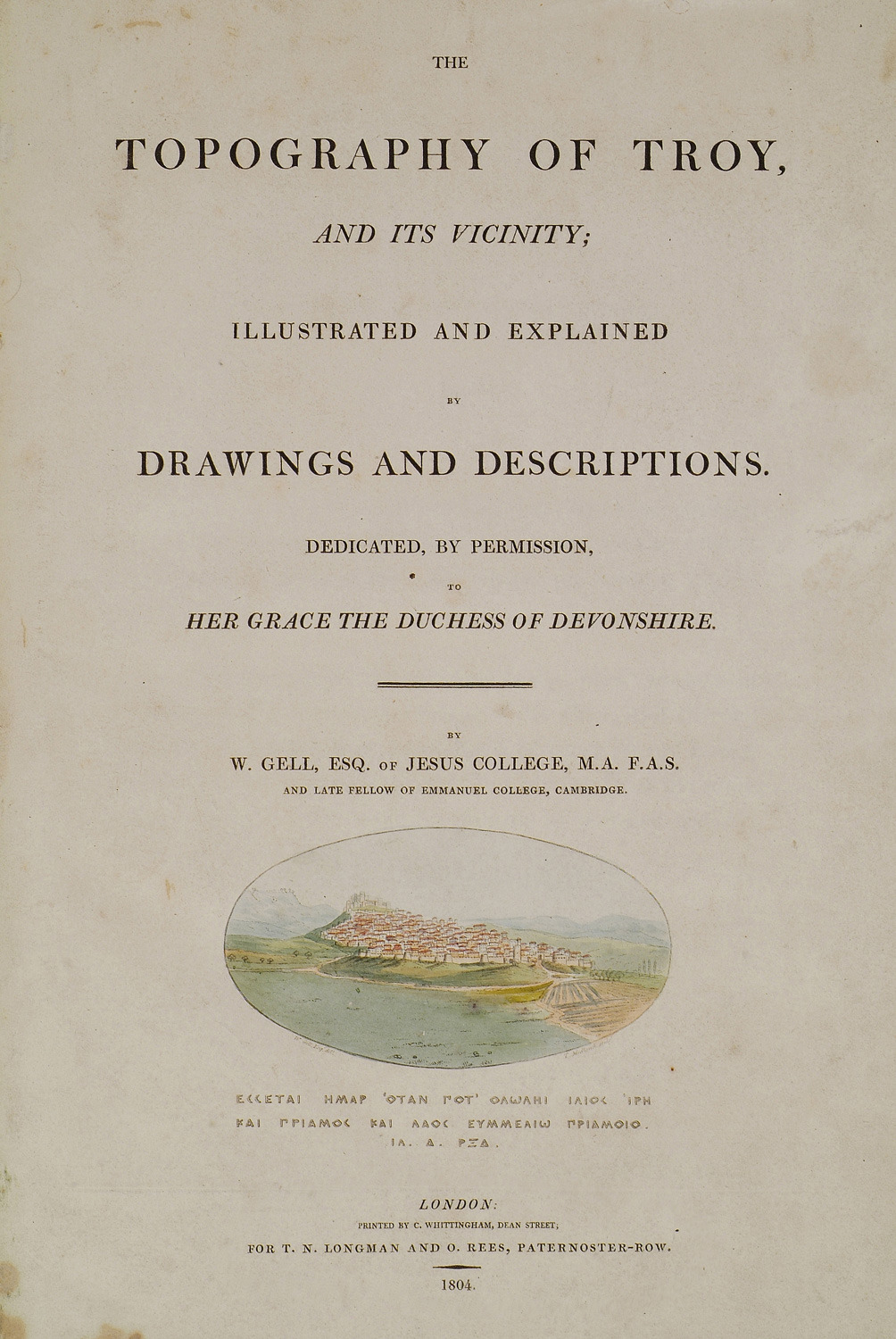
Title page. Imaginary representation of the city of Troy accompanied by extract from the Iliad.
-

-
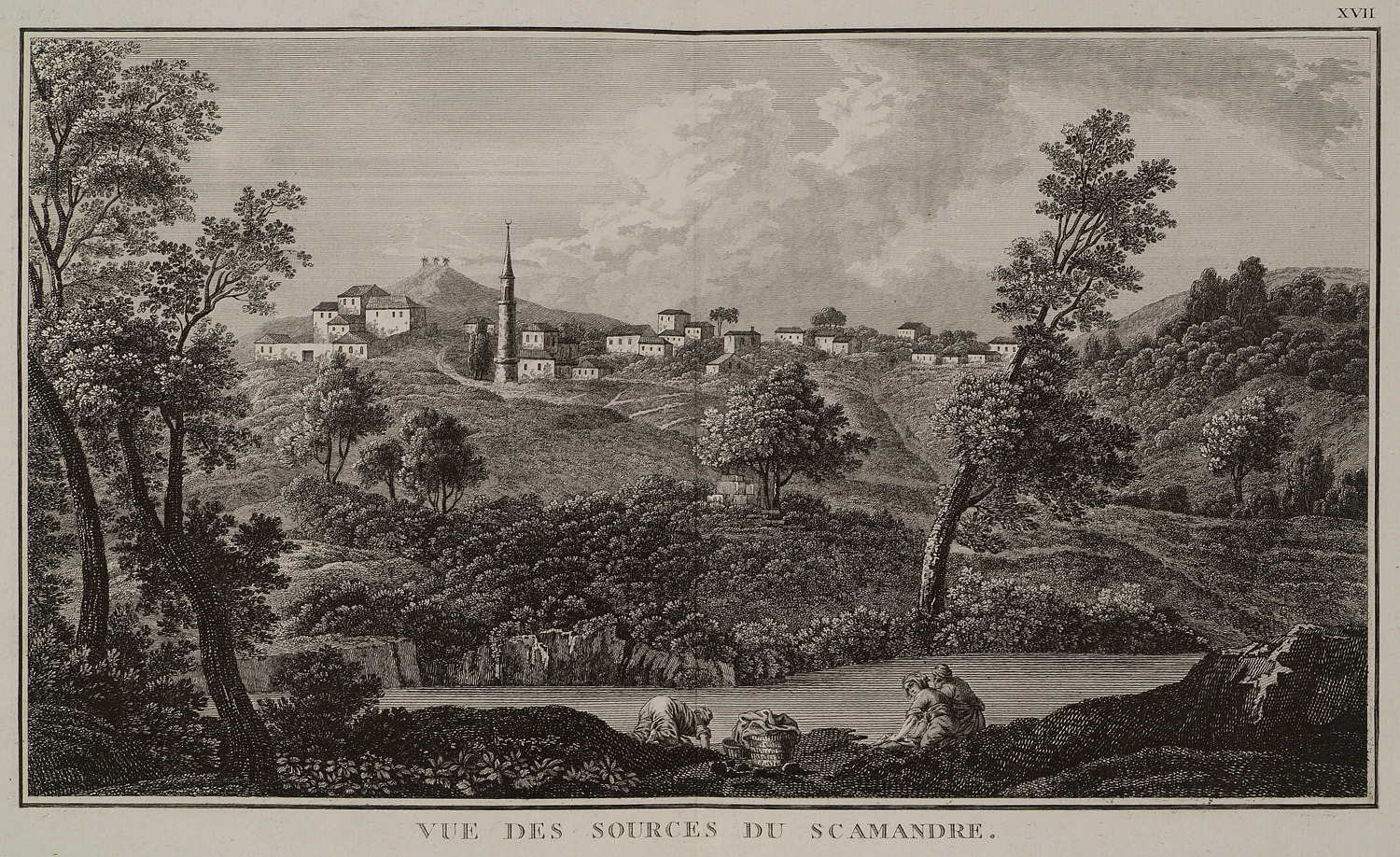
The sources of Karamenderes (anc. Scamander) river around Mount Ida, in the Troad.
-

The river Karamenderes (anc. Scamander) and the its outfall to the Dardanelles.
-
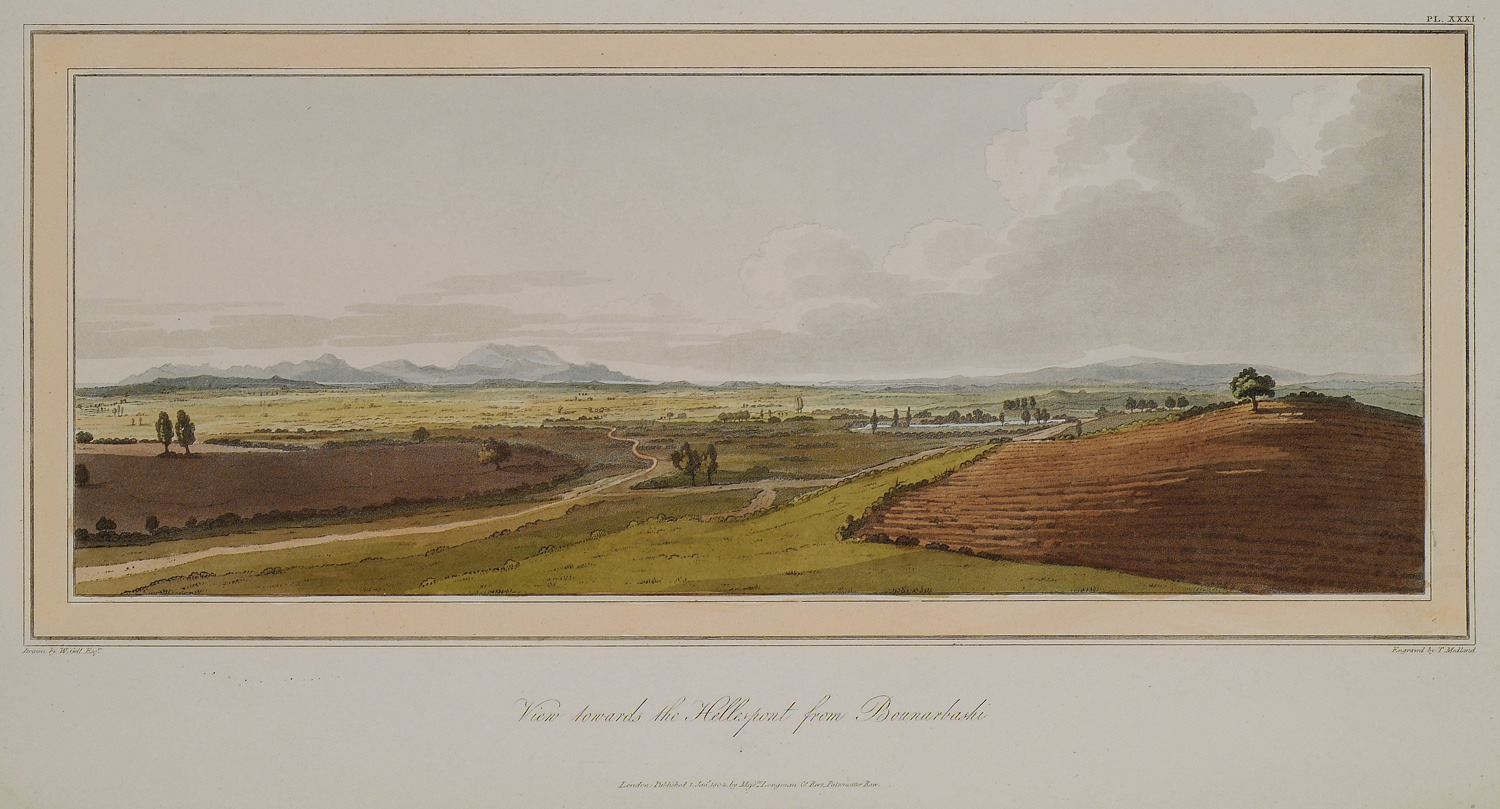
-
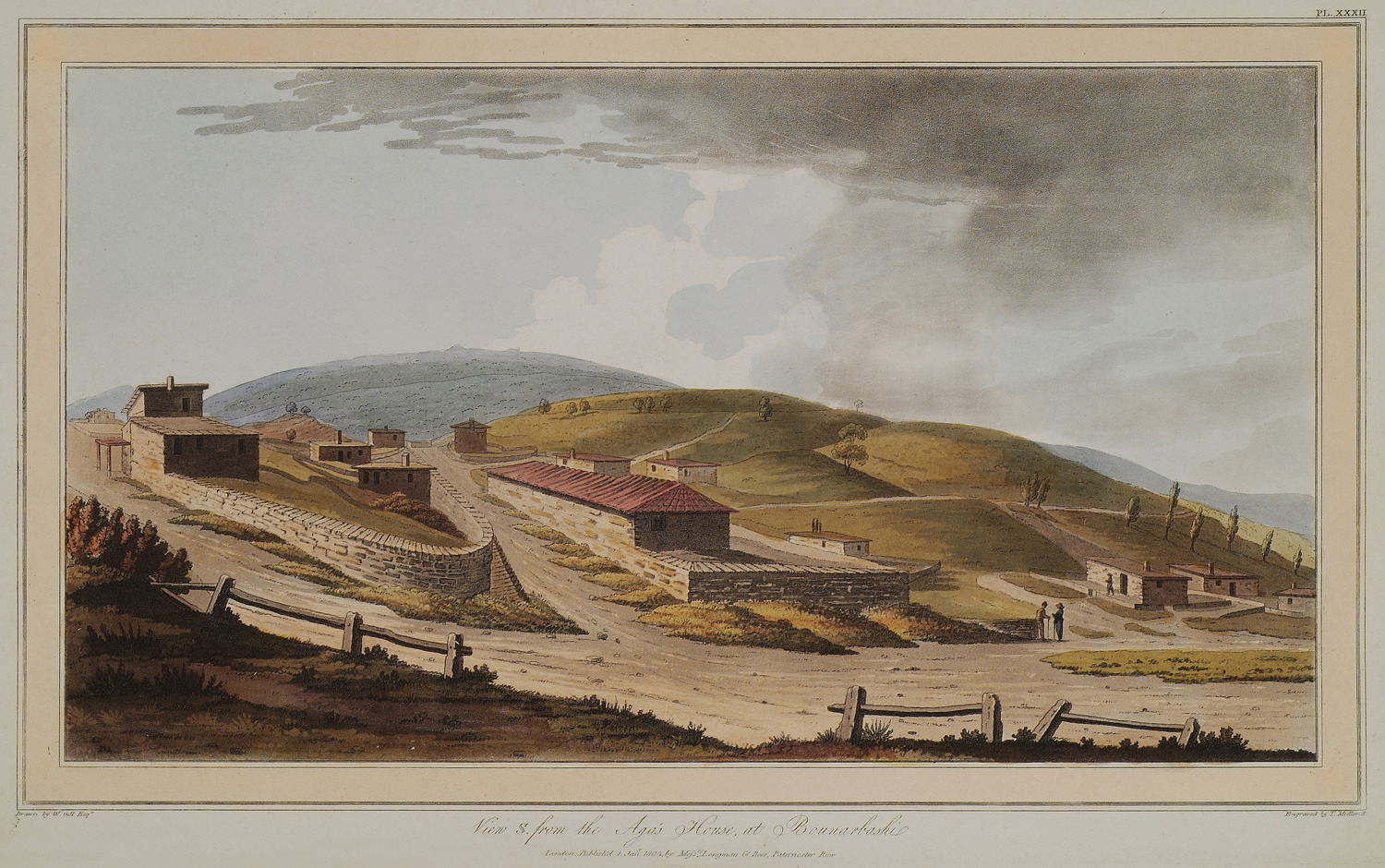
South view of Bunarbaşı, village, erroneously identified in the nineteenth-century with Troy.
-
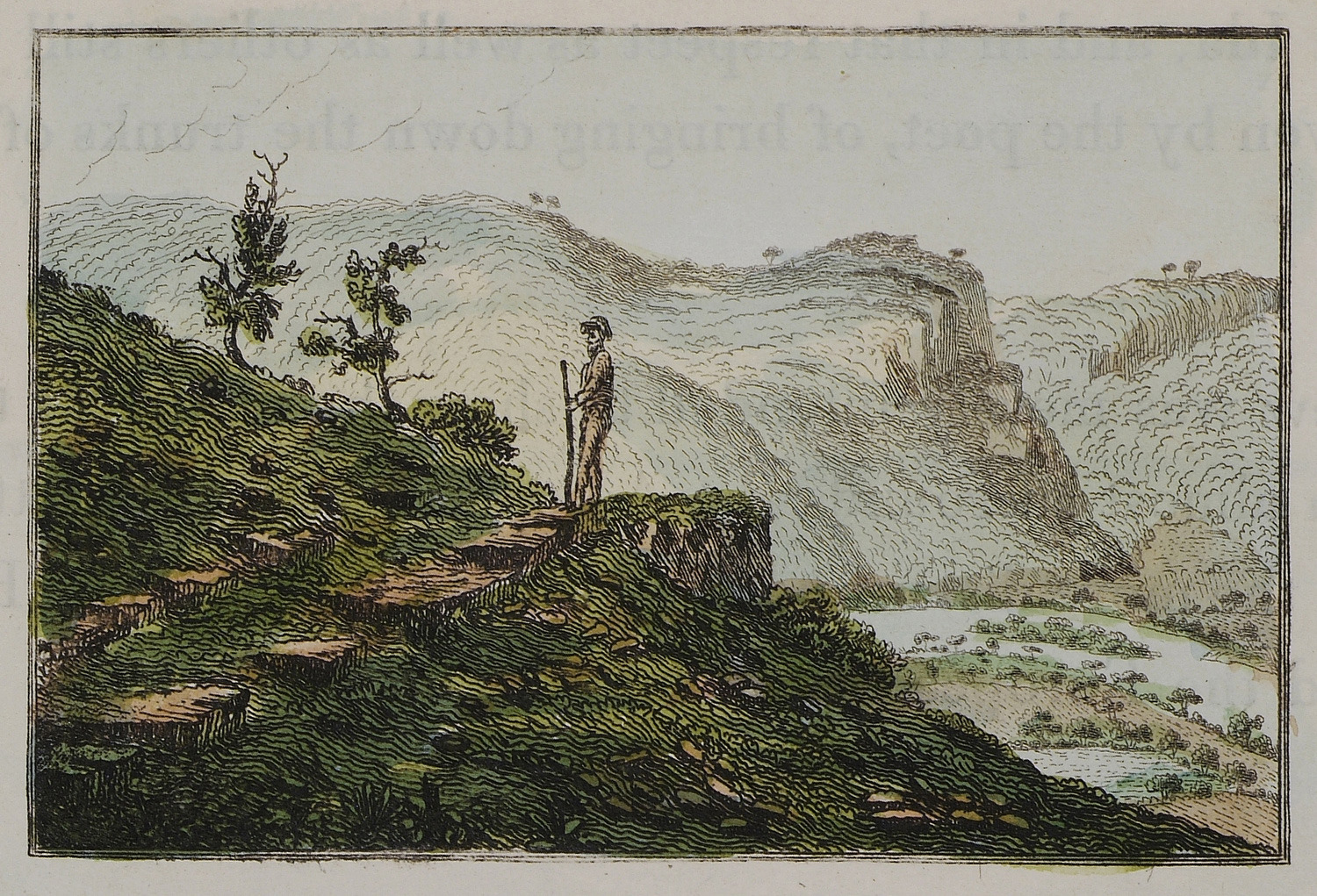
Hills around Bunarbaşı, village, erroneously identified in the nineteenth-century with Troy.
-
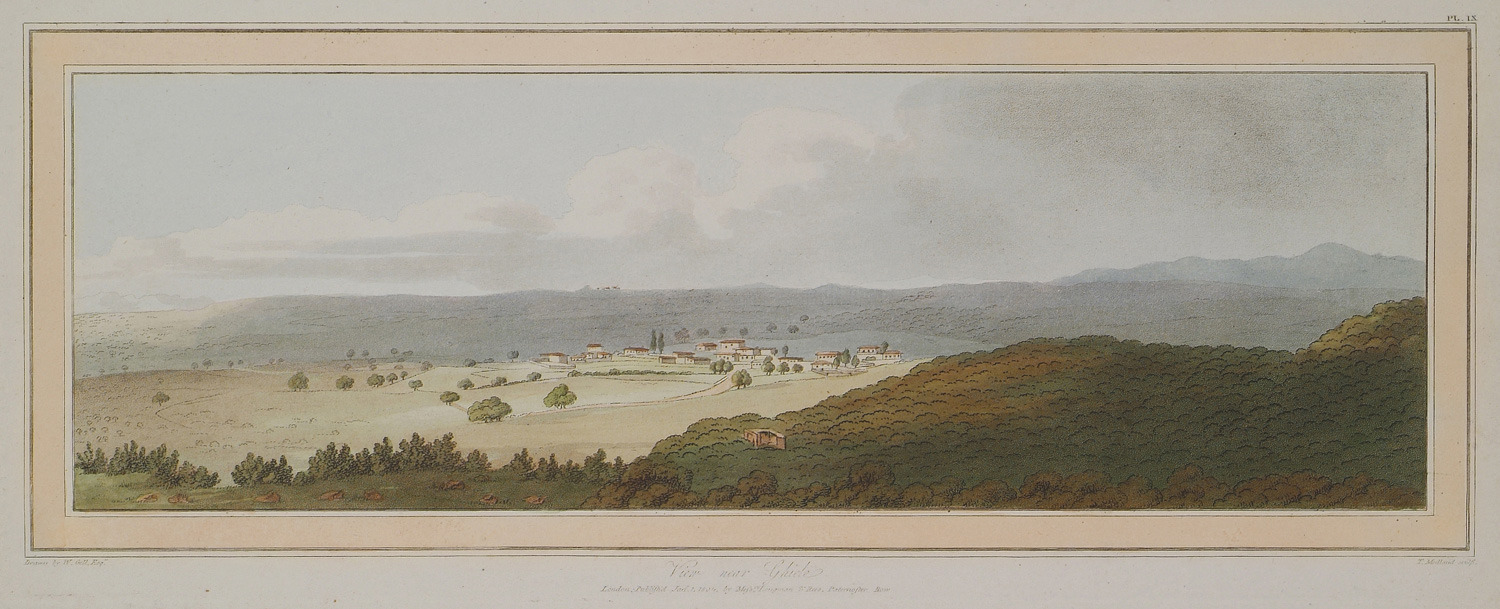
-

Landscapes in the Troad, from Geykli to the Dardanelles and Troy.
-

-

The confluence of Karamenderes (and. Scamander) river with Simoes, river north of the city of Troy.
-
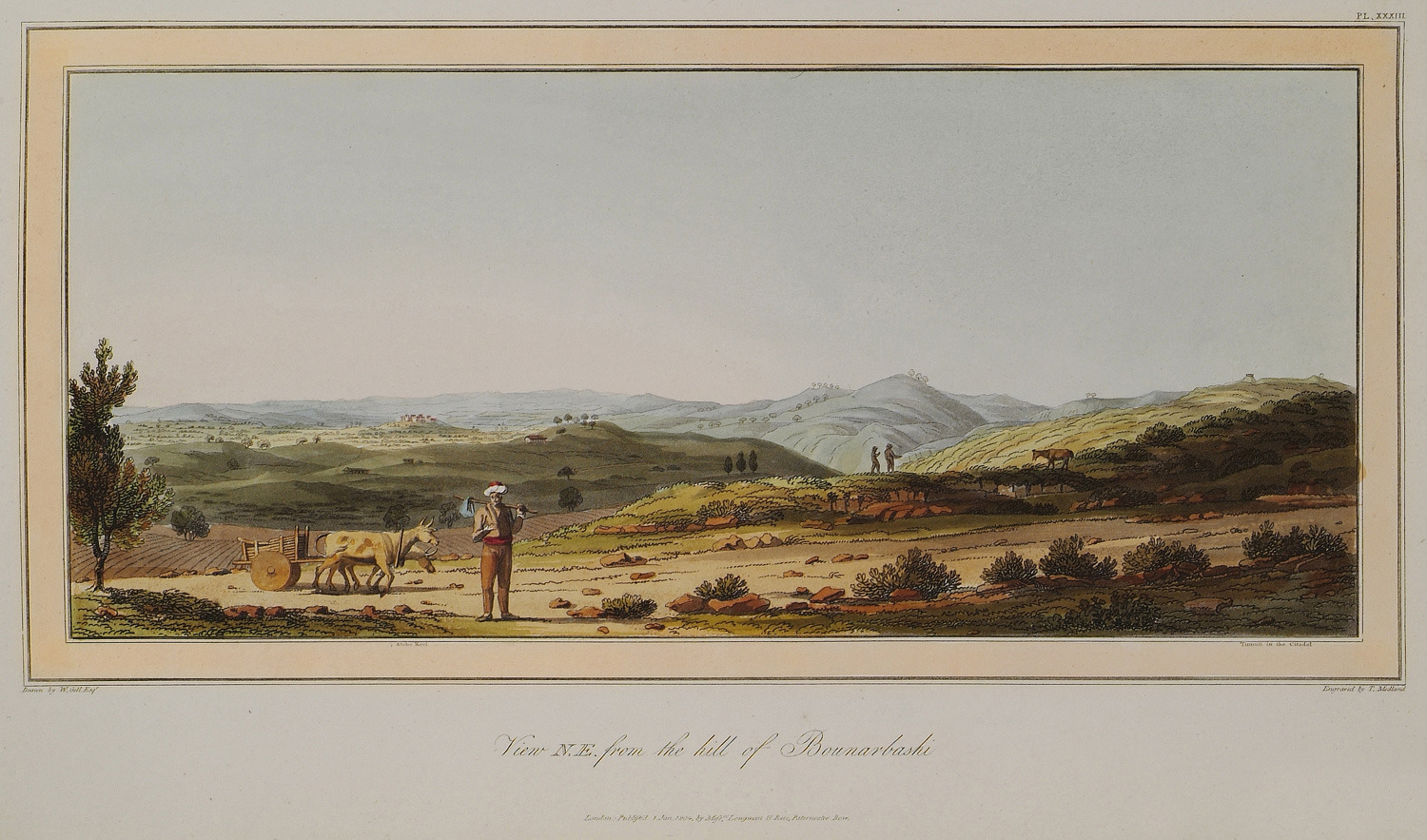
View of Bunarbaşı, village, erroneously identified in the nineteenth-century with Troy.
-
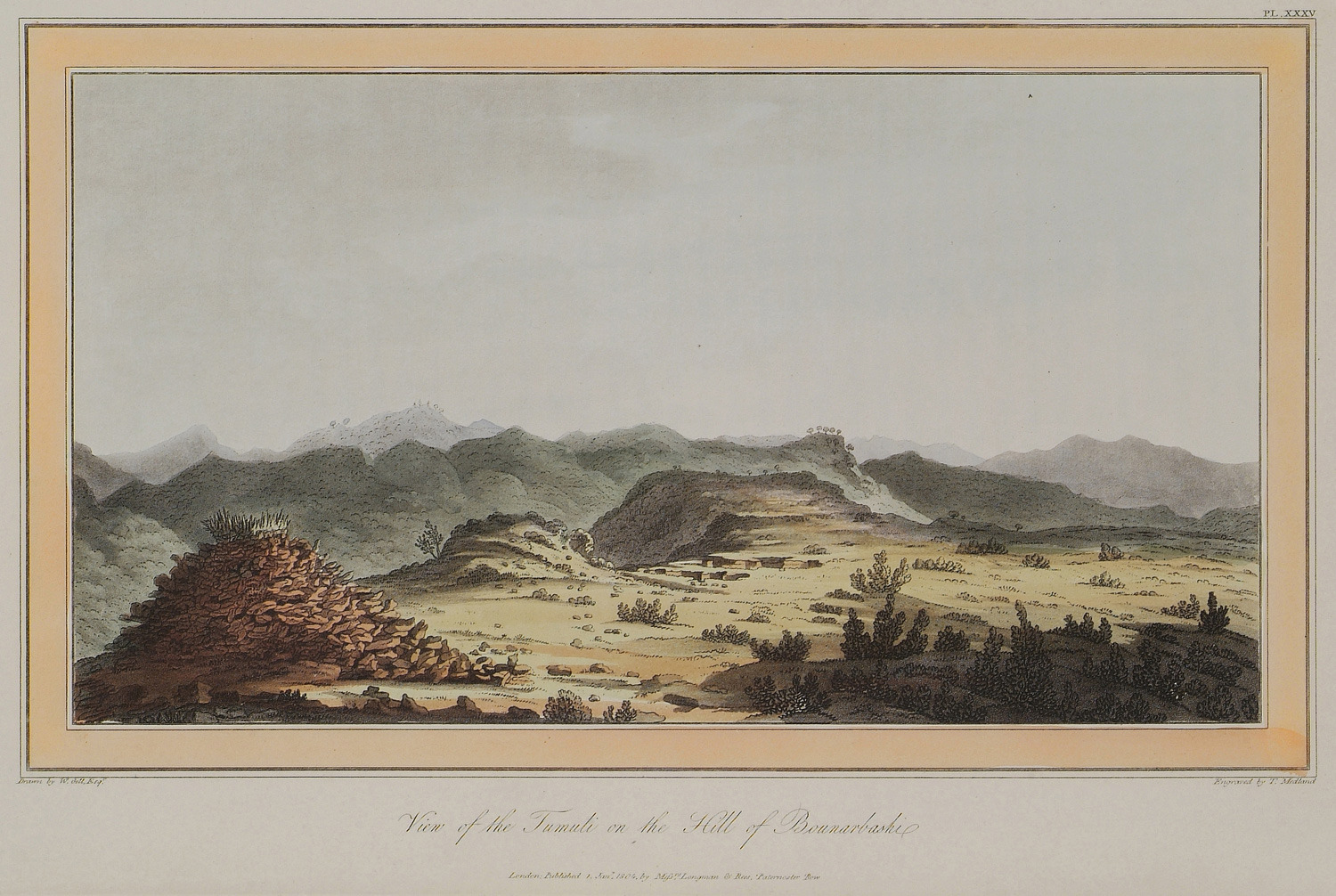
Tombs around Bunarbaşı, village, erroneously identified in the nineteenth-century with Troy.
-
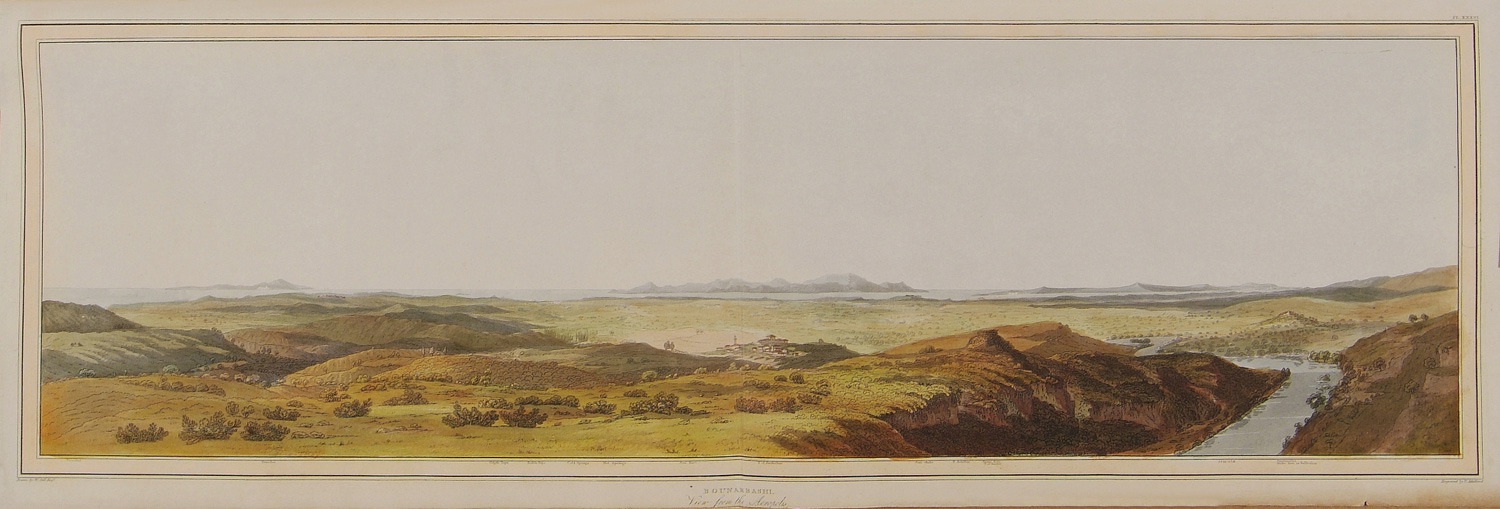
-
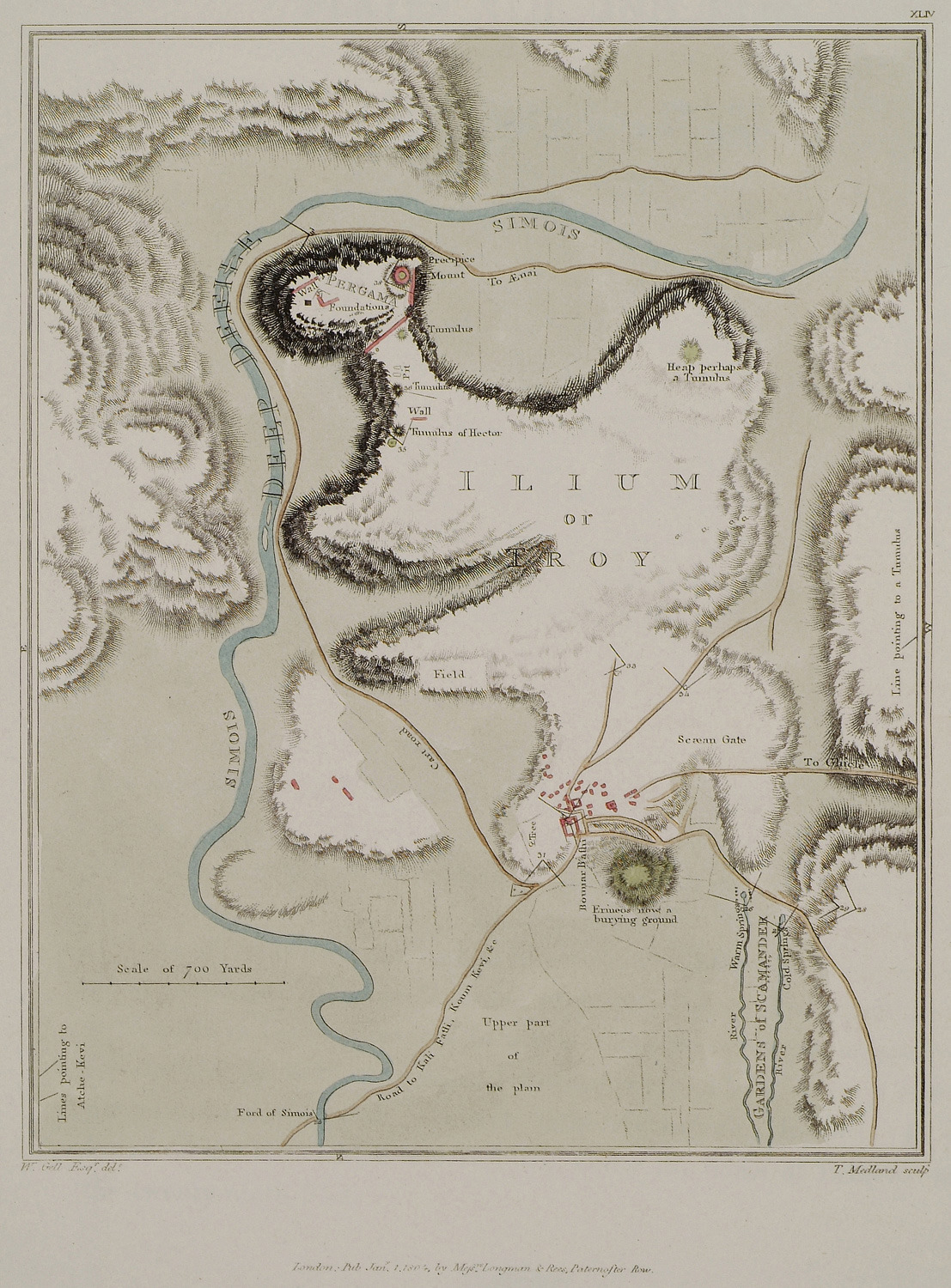
-
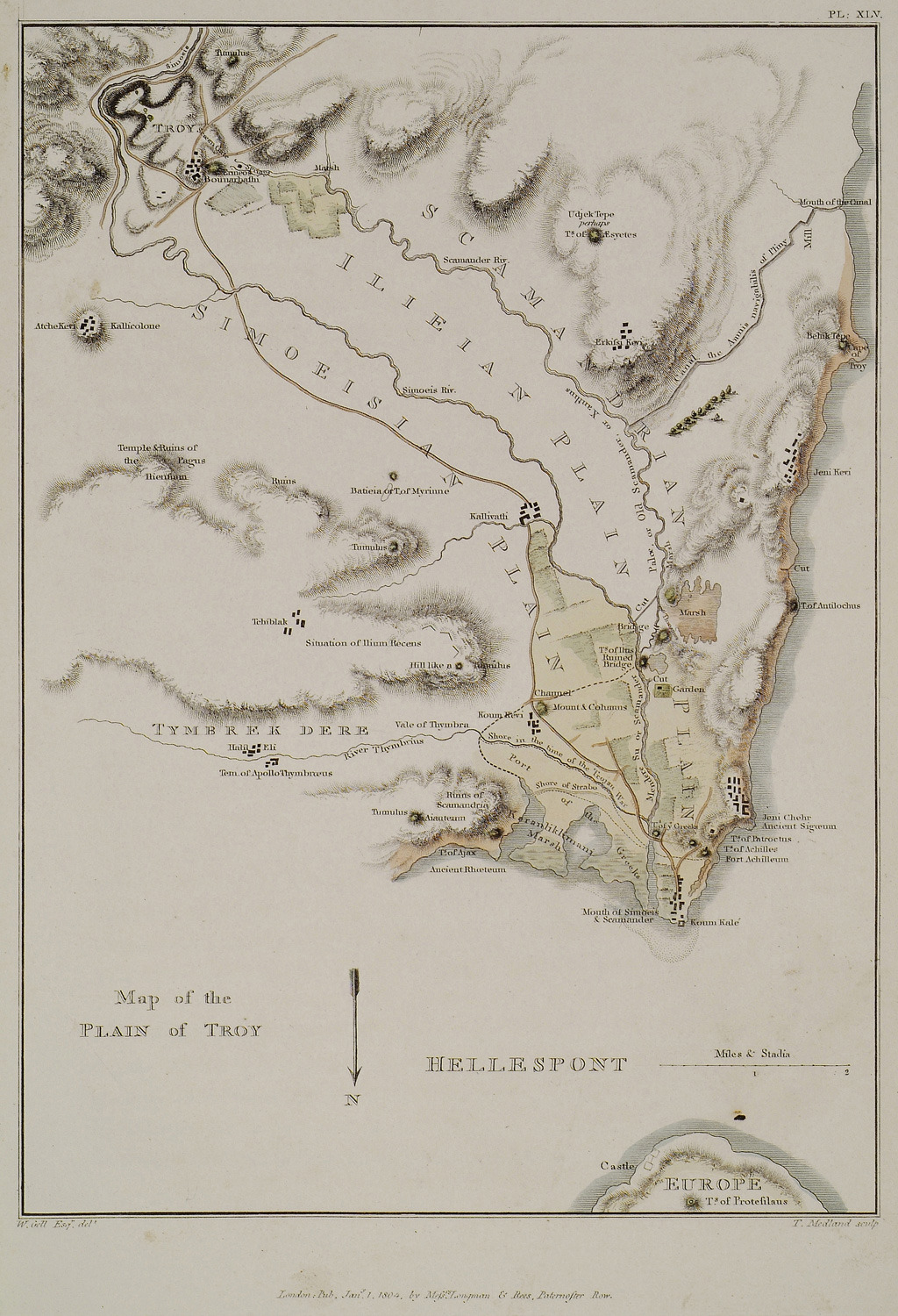
-
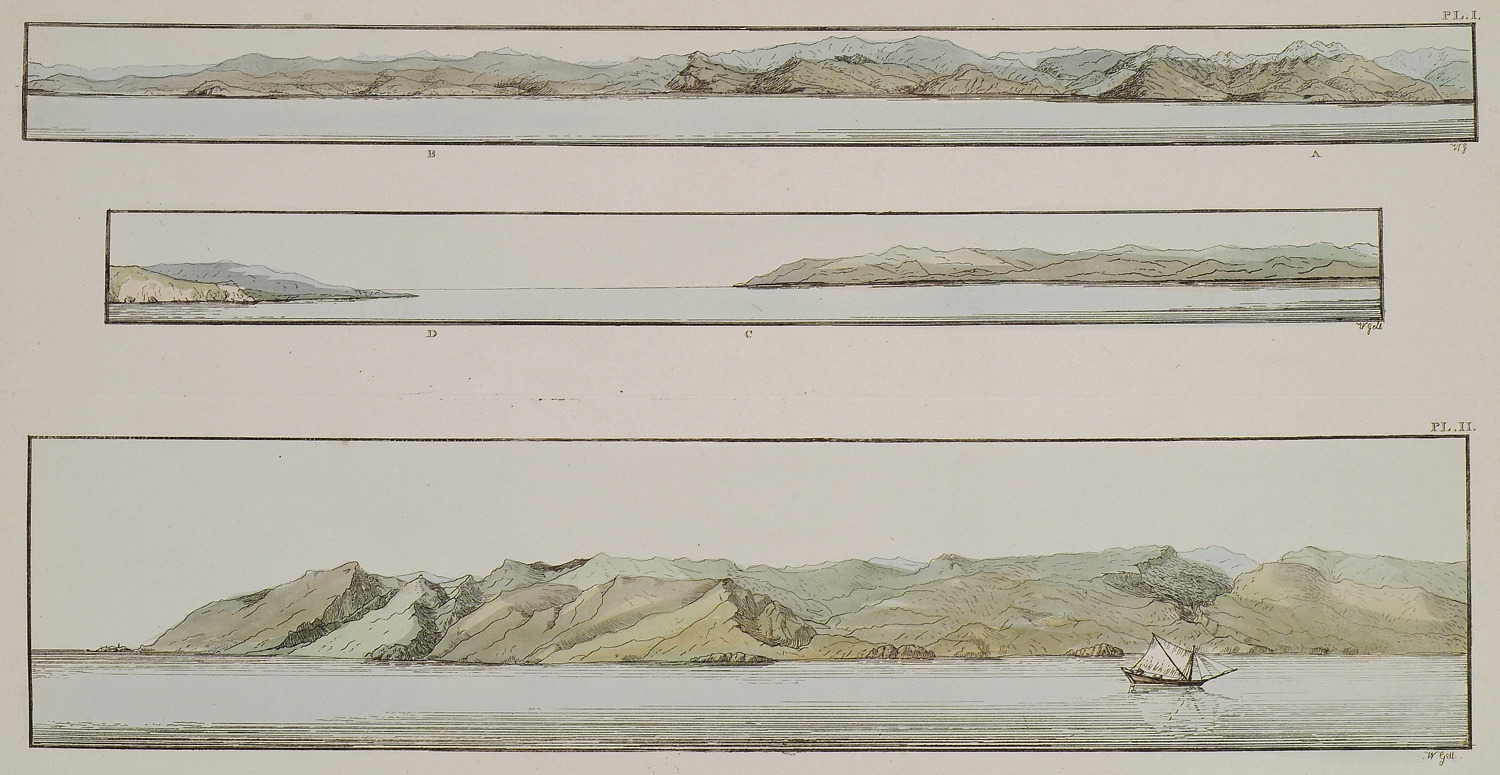
-
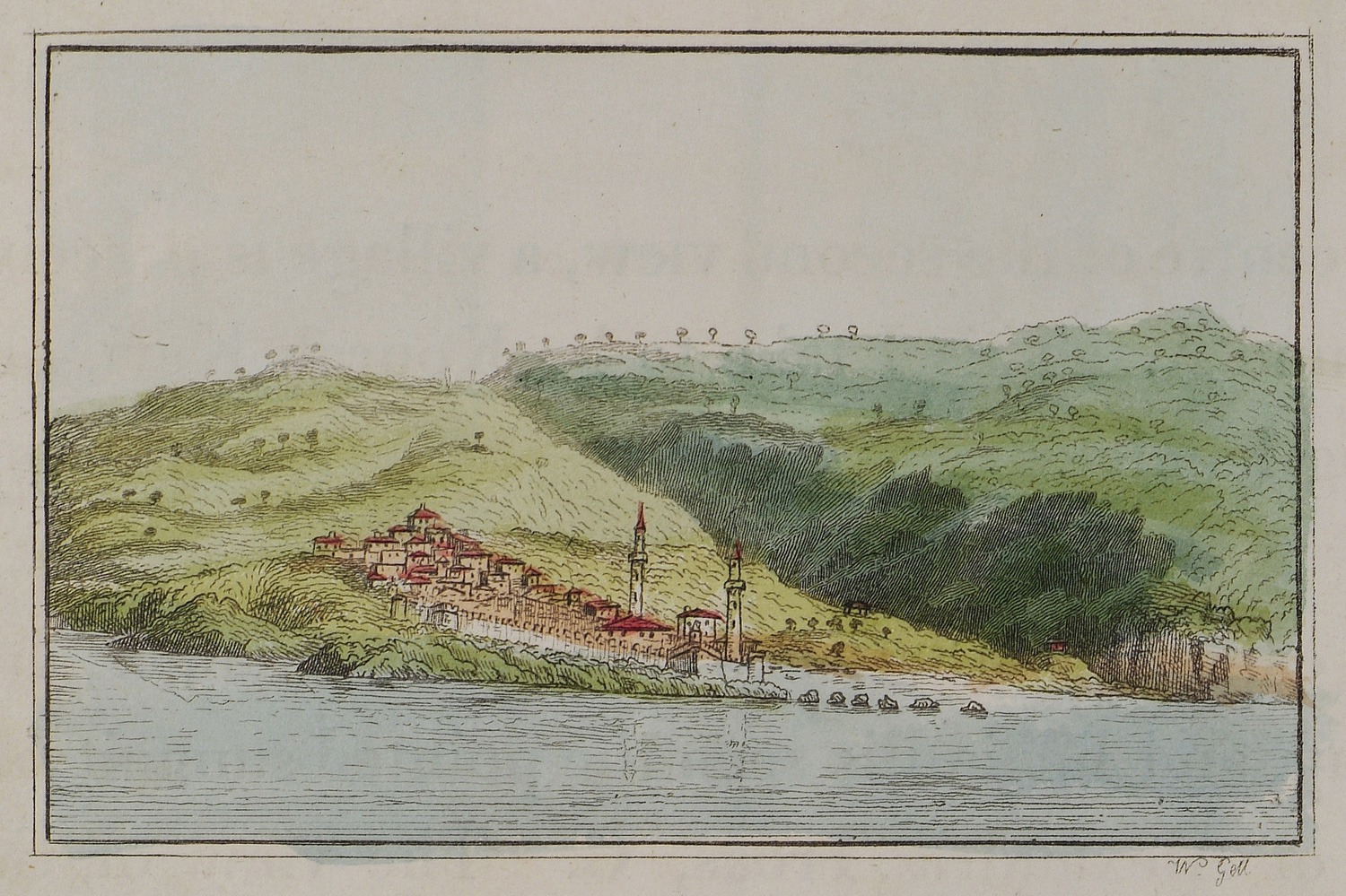
-

-
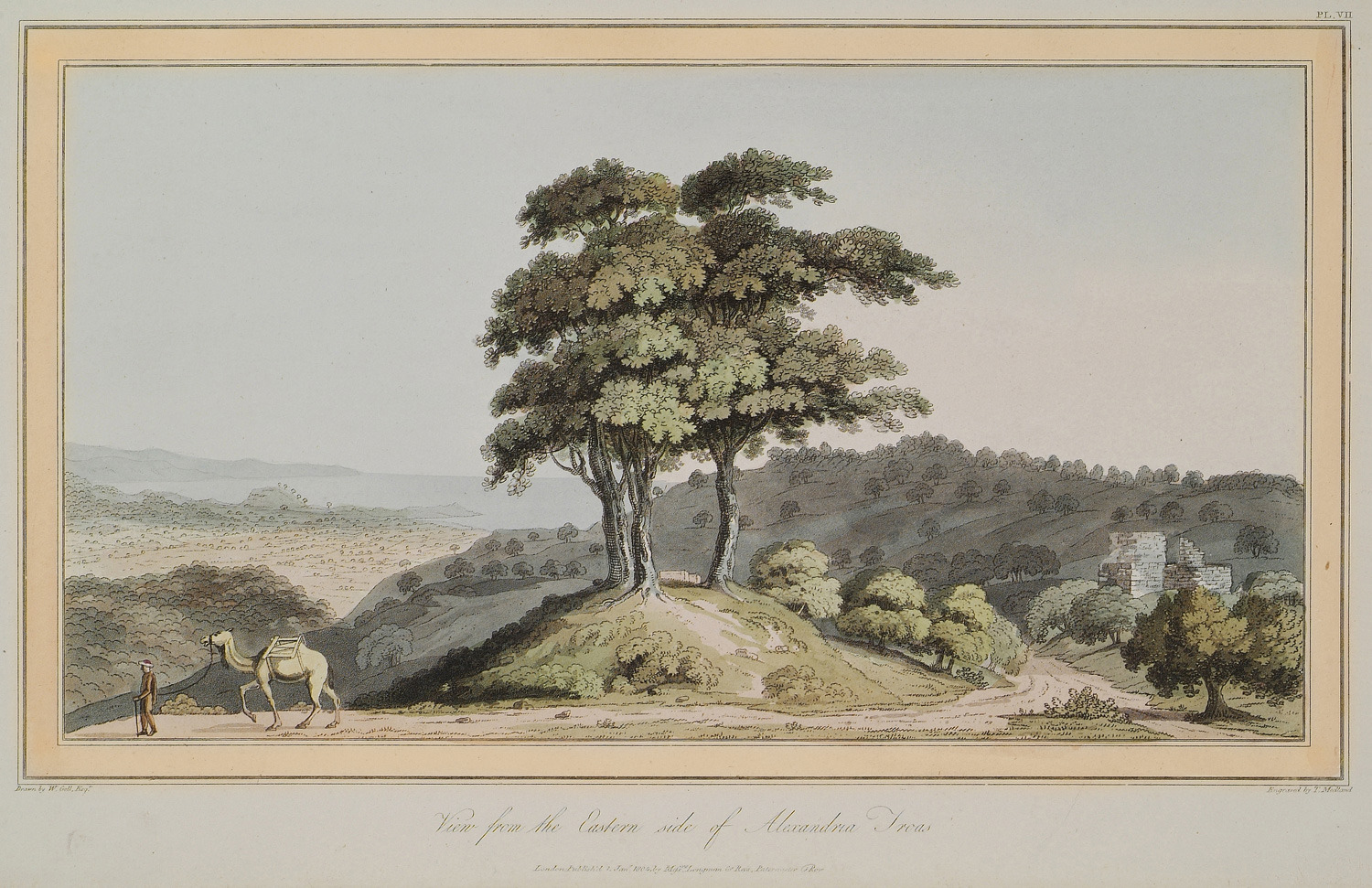
-
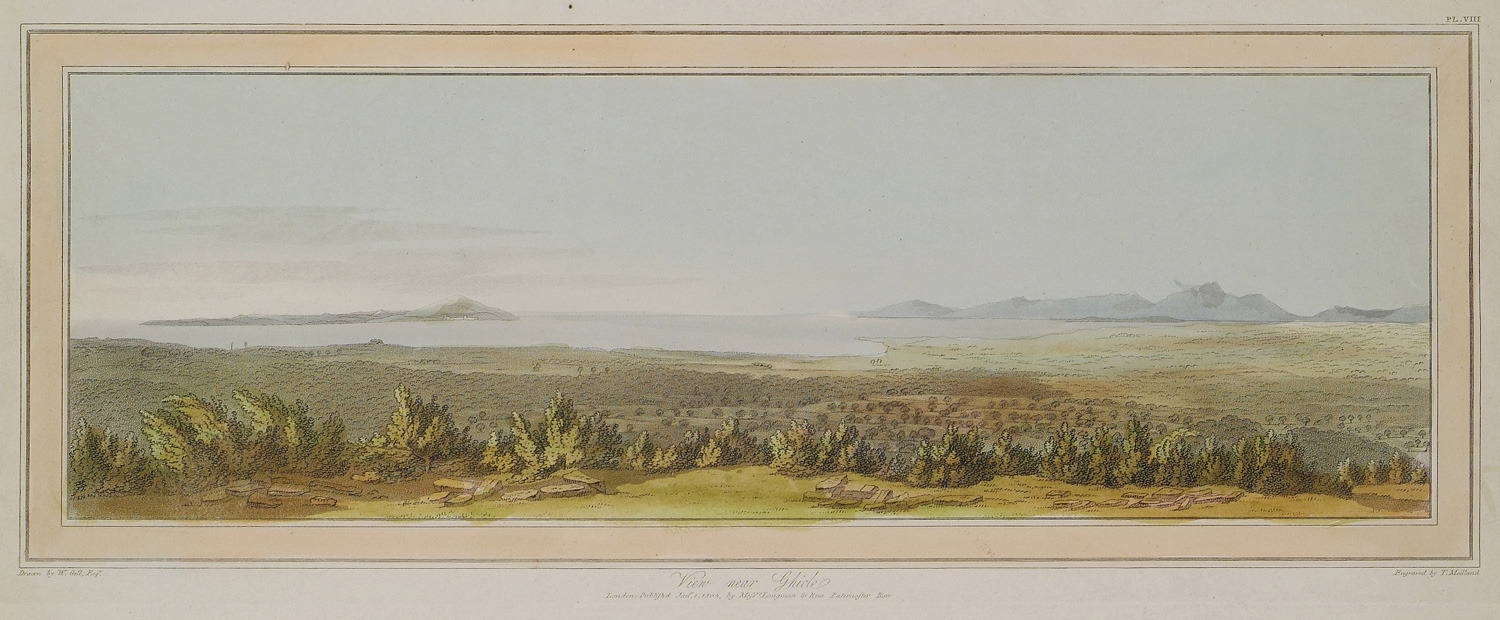
Landscape near Geykli in the Troad. In the background Tenedos island.
-

-
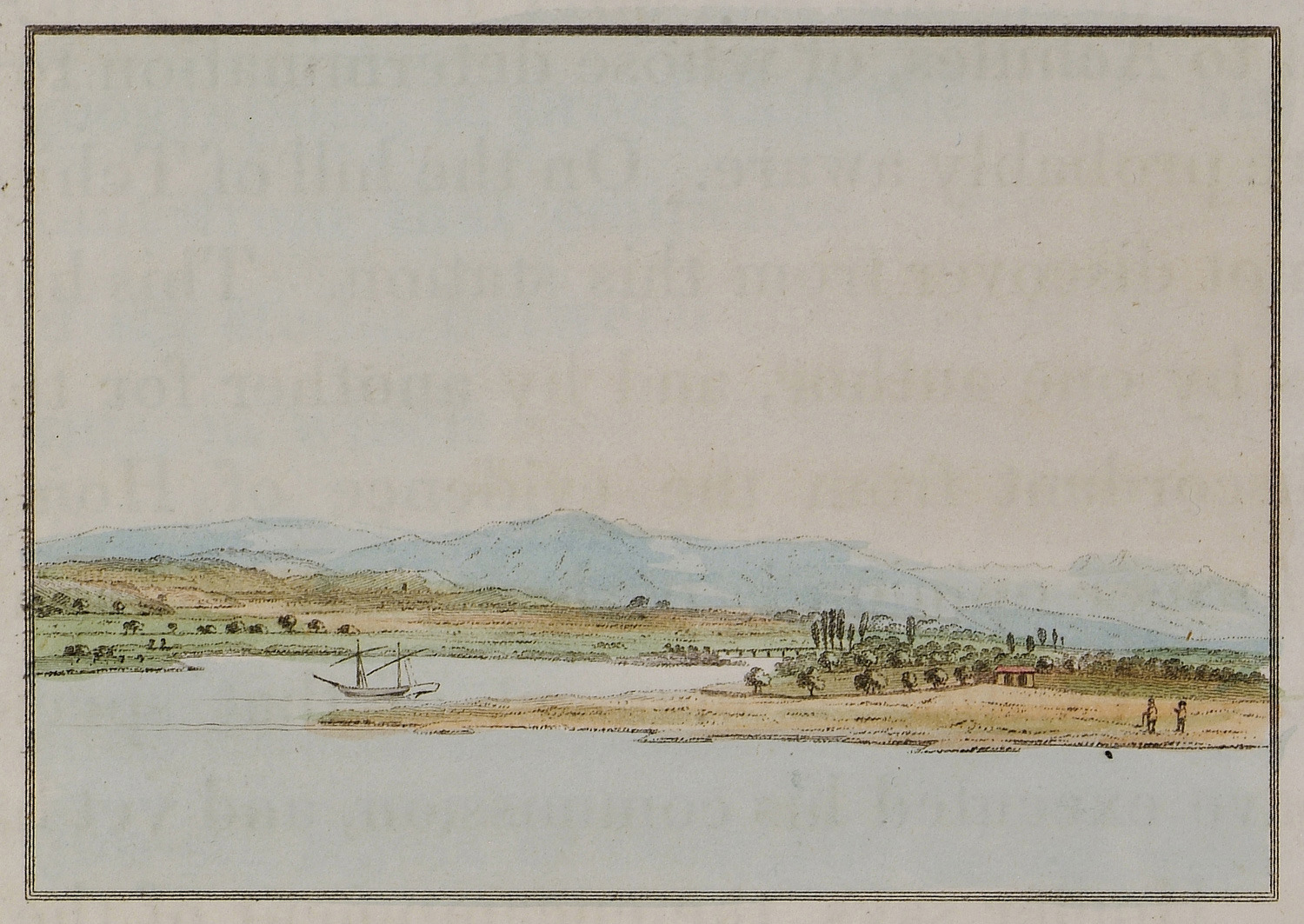
-

-
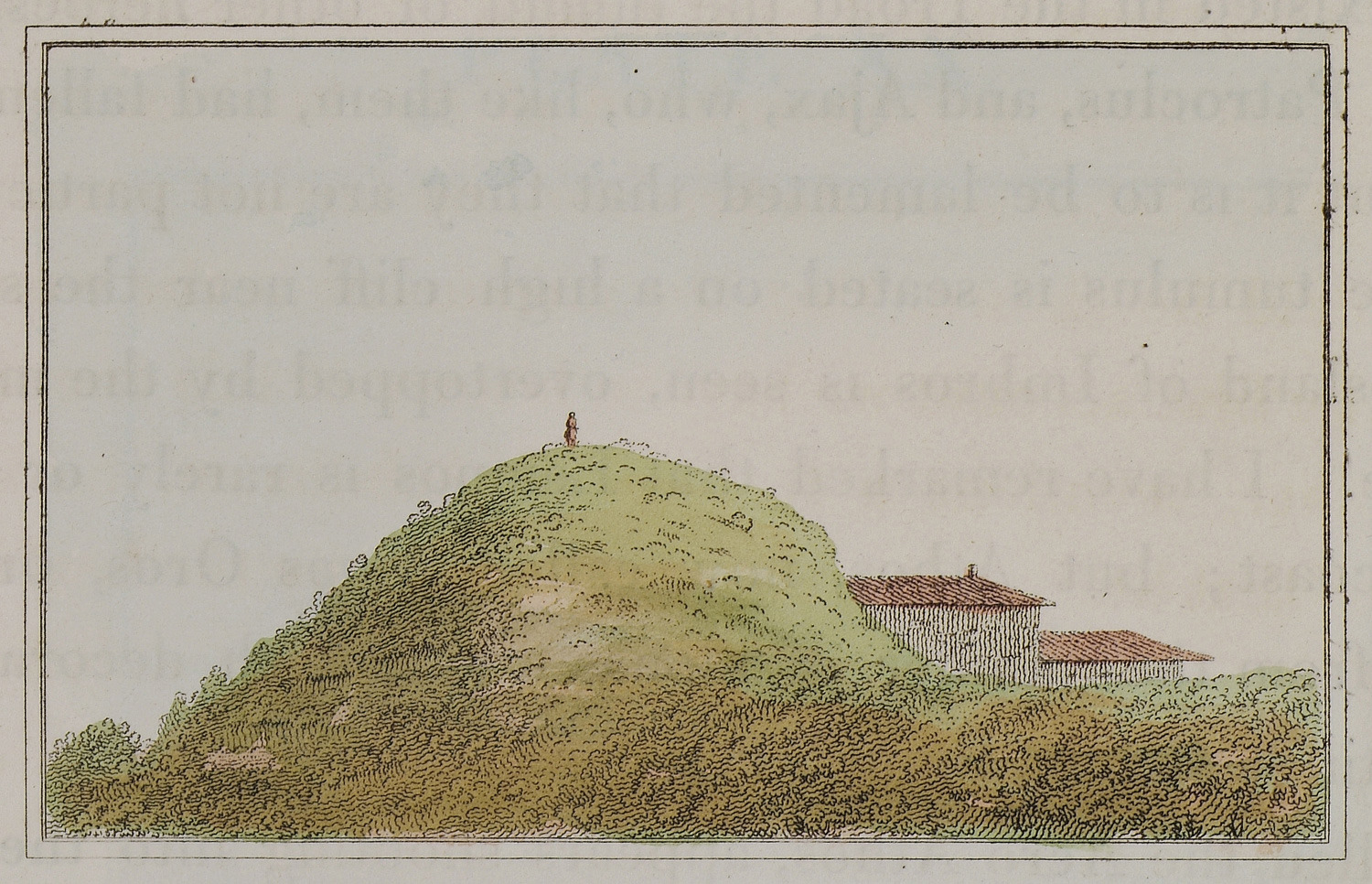
View of the Tomb of Achilles (Beşiktepe) in Beşika Burnu (anc. Achilleion).
-
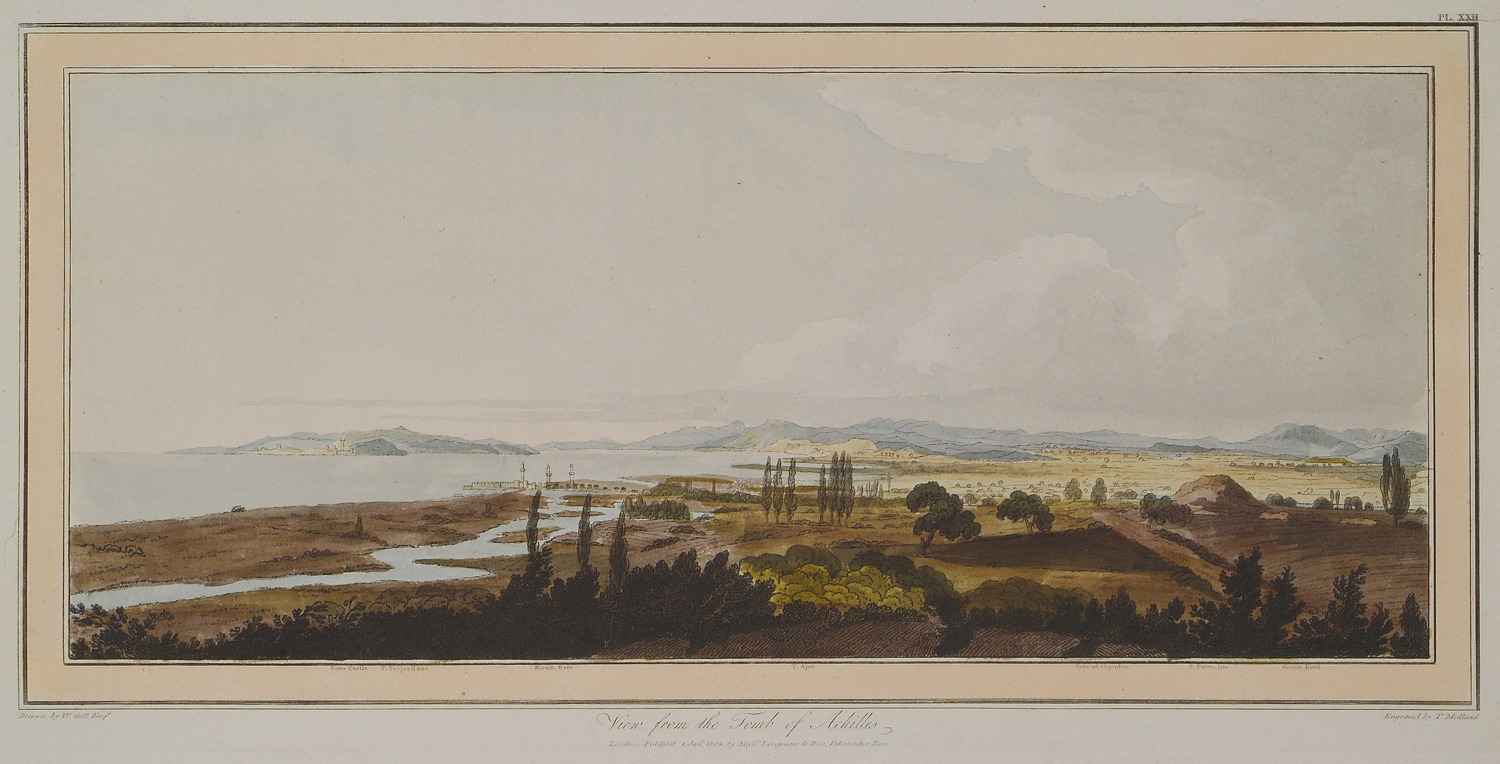
-
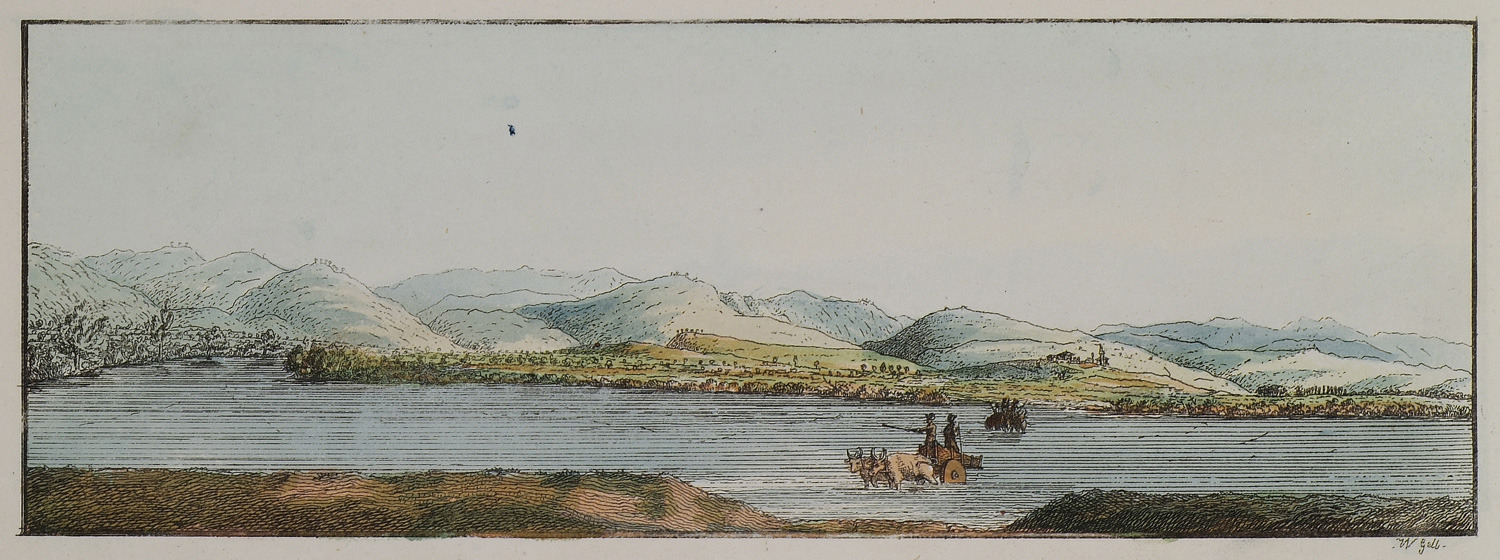
Landscape in the vale of Simoes river, most probably north of today's village Kalafat.
-
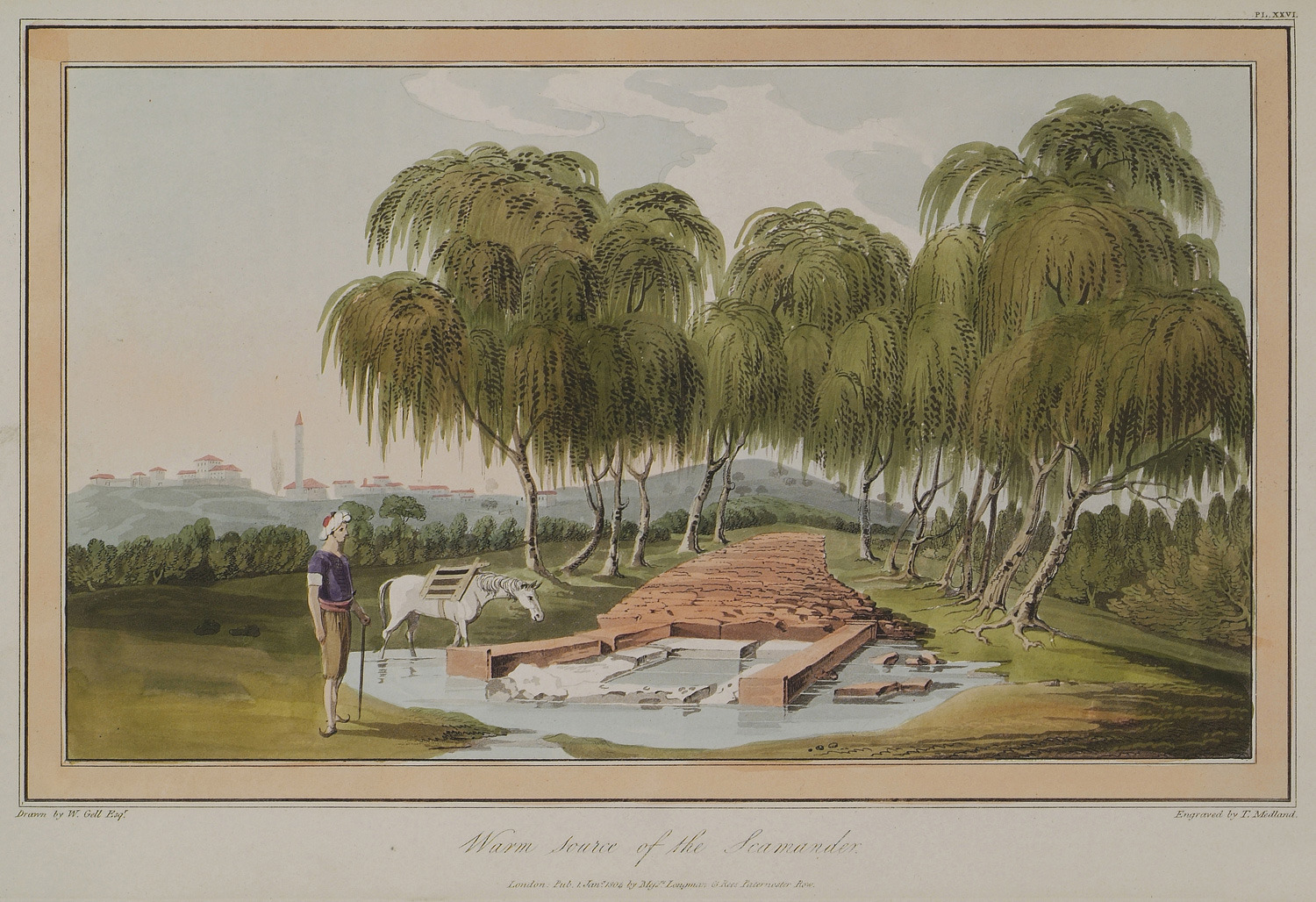
-
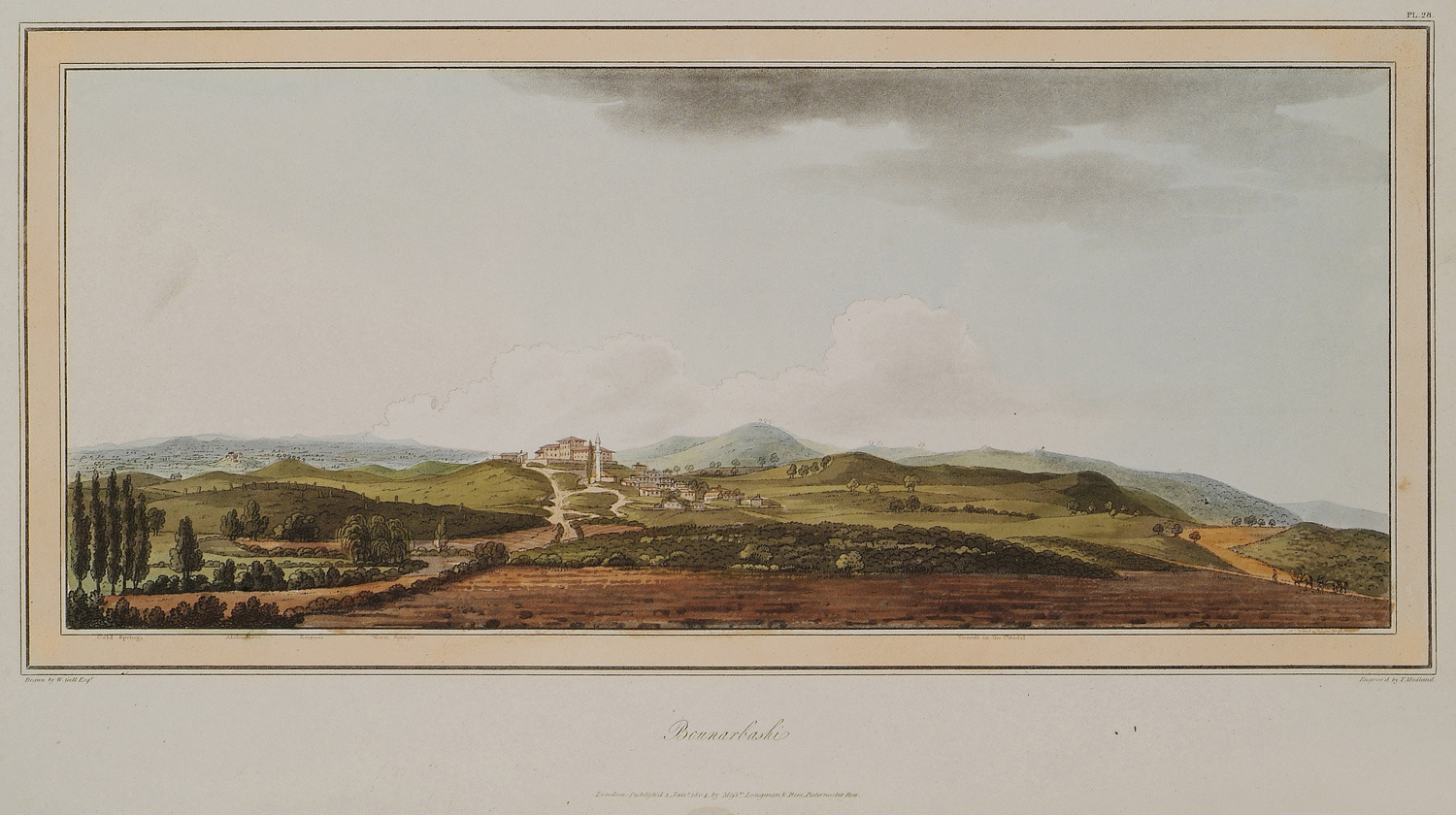
View of Bunarbaşı, village, erroneously identified in the nineteenth-century with Troy.
-
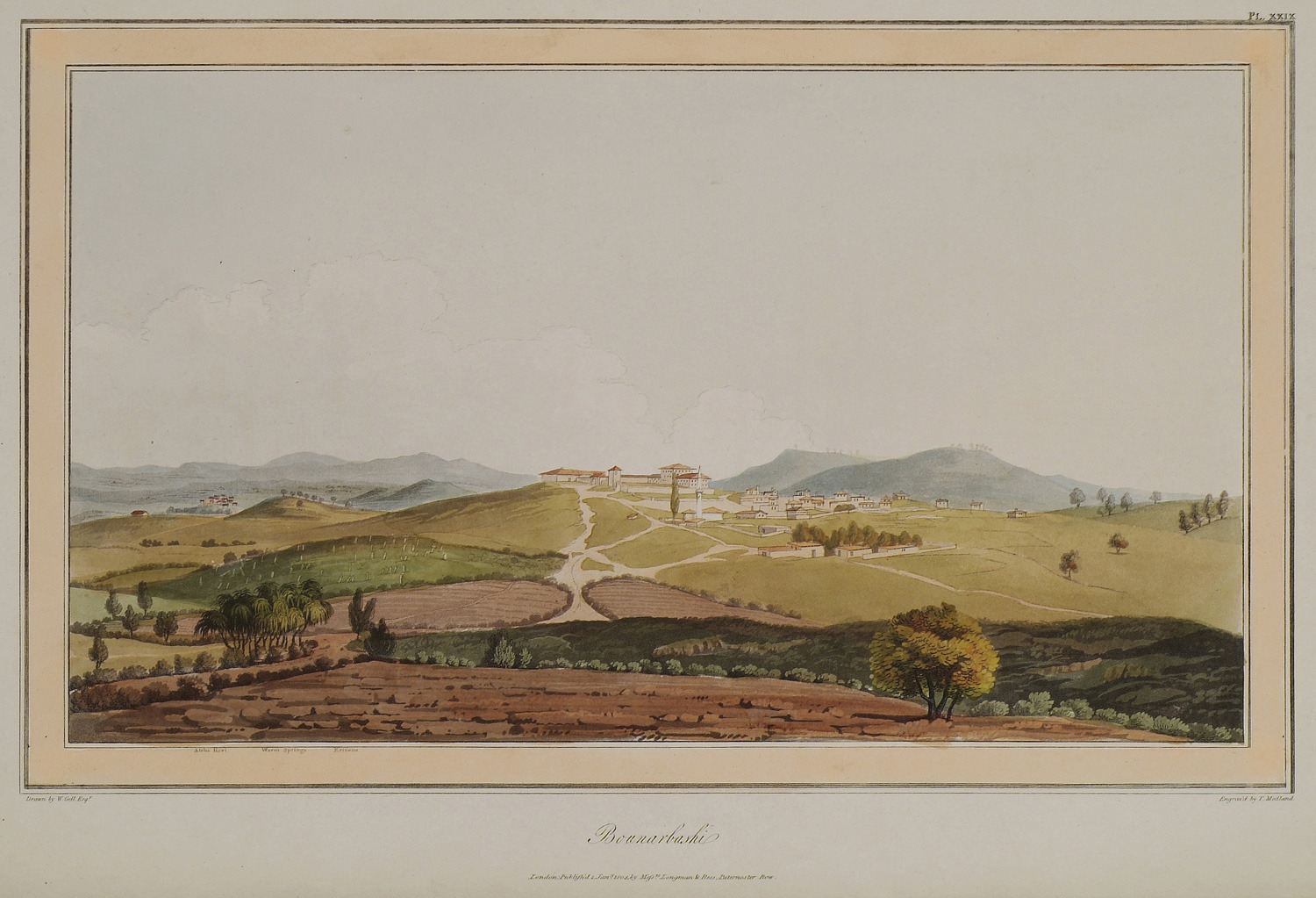
View of Bunarbaşı, village, erroneously identified in the nineteenth-century with Troy.
-
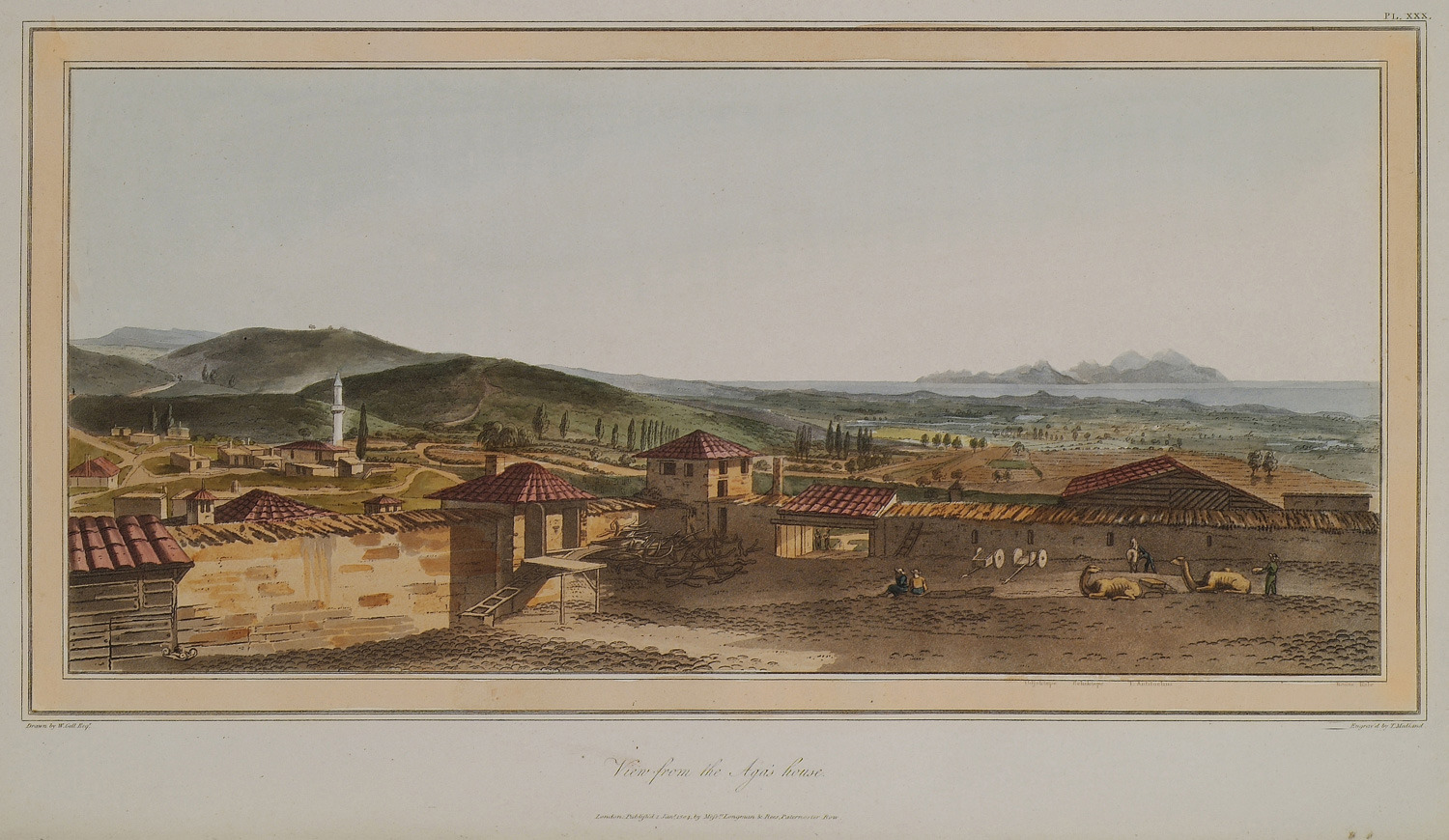
-
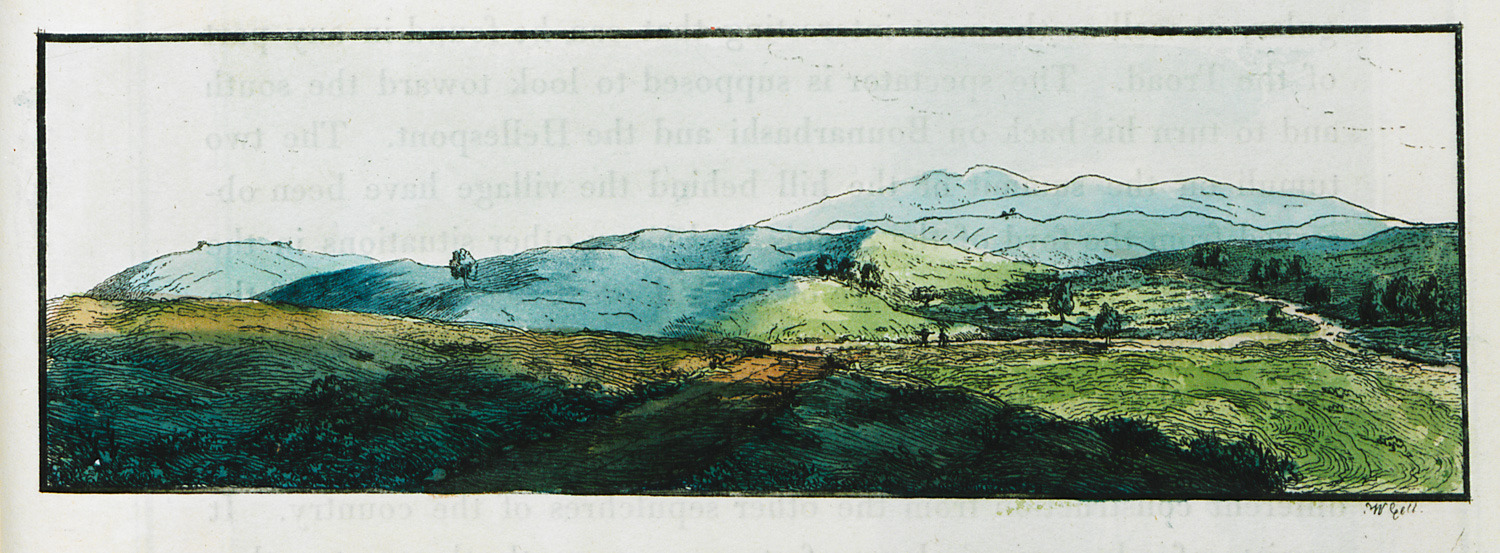
Landscape around Bunarbaşı, village, erroneously identified in the nineteenth-century with Troy.
-
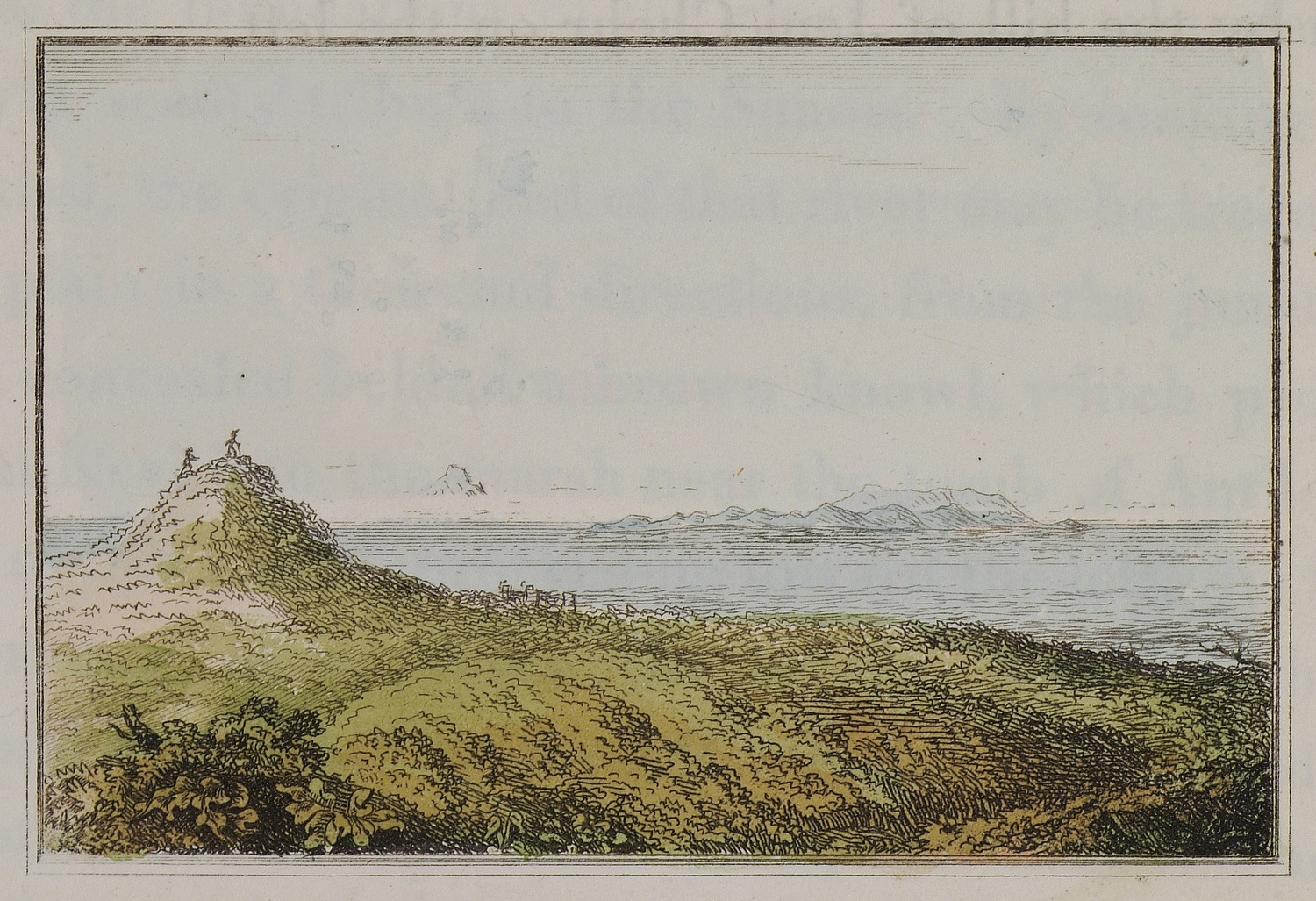
-
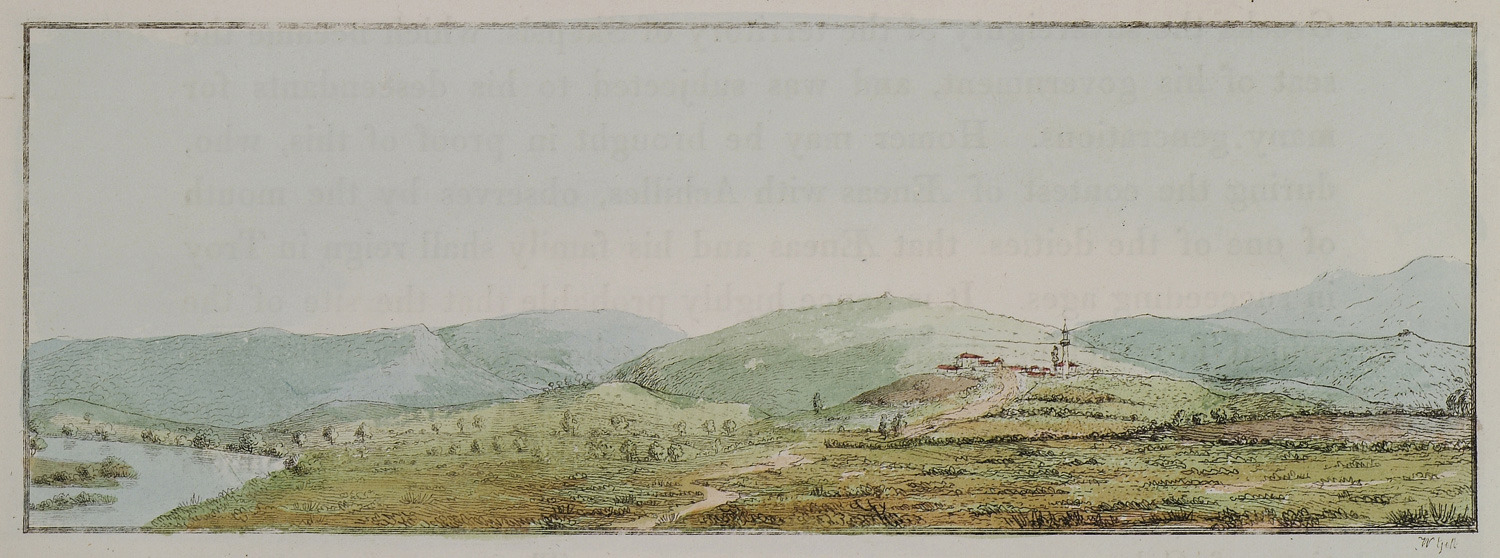
-
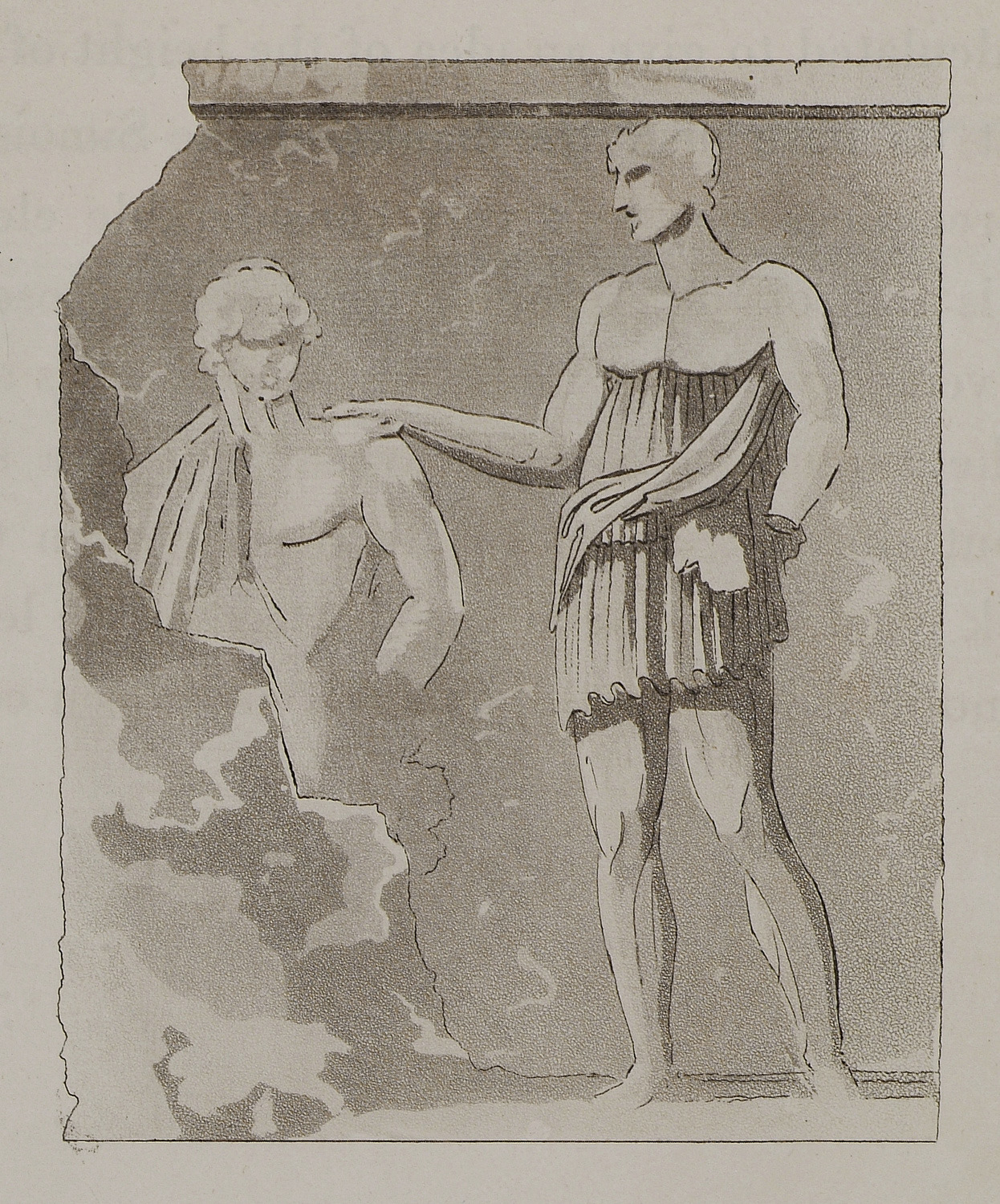
-
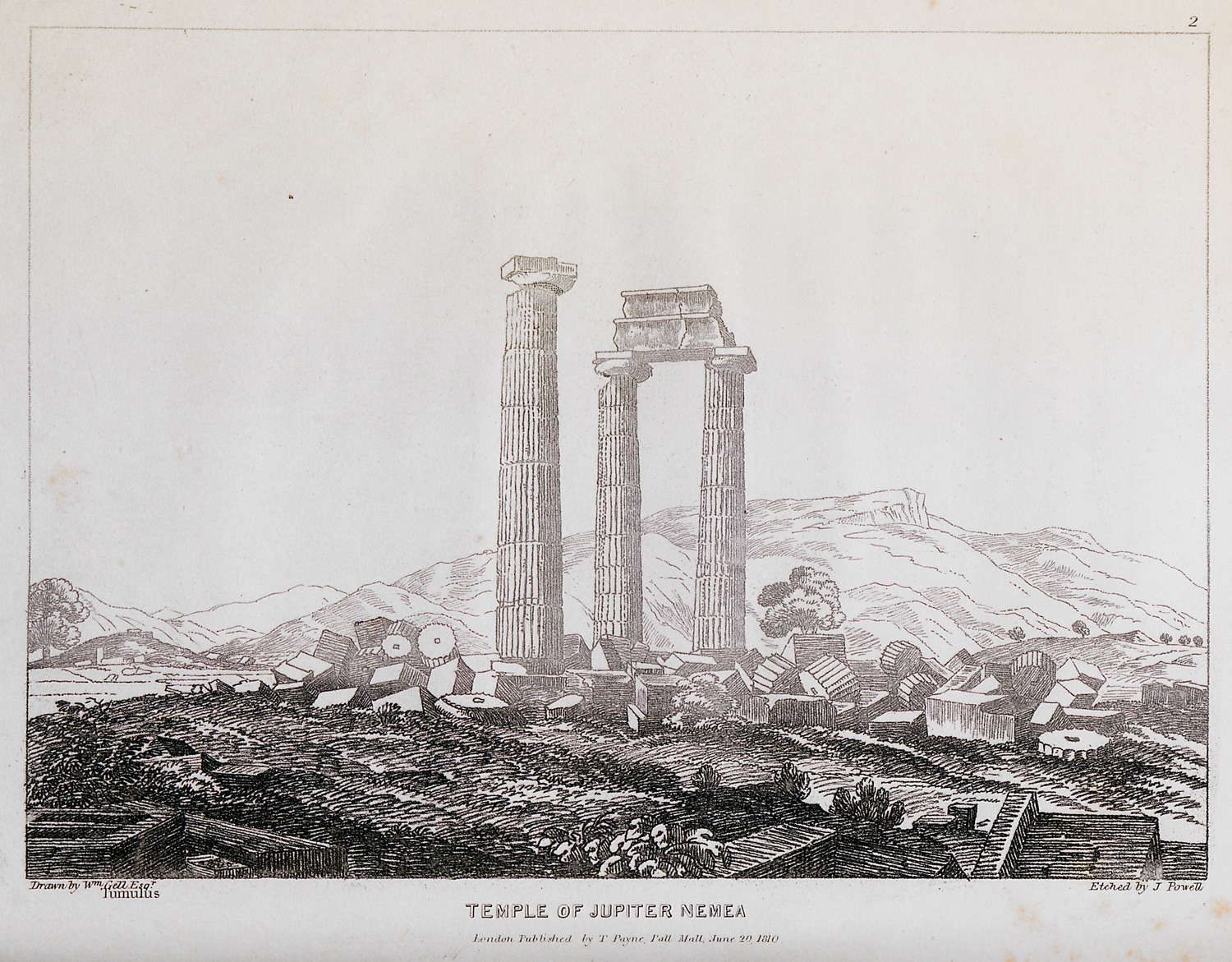
-
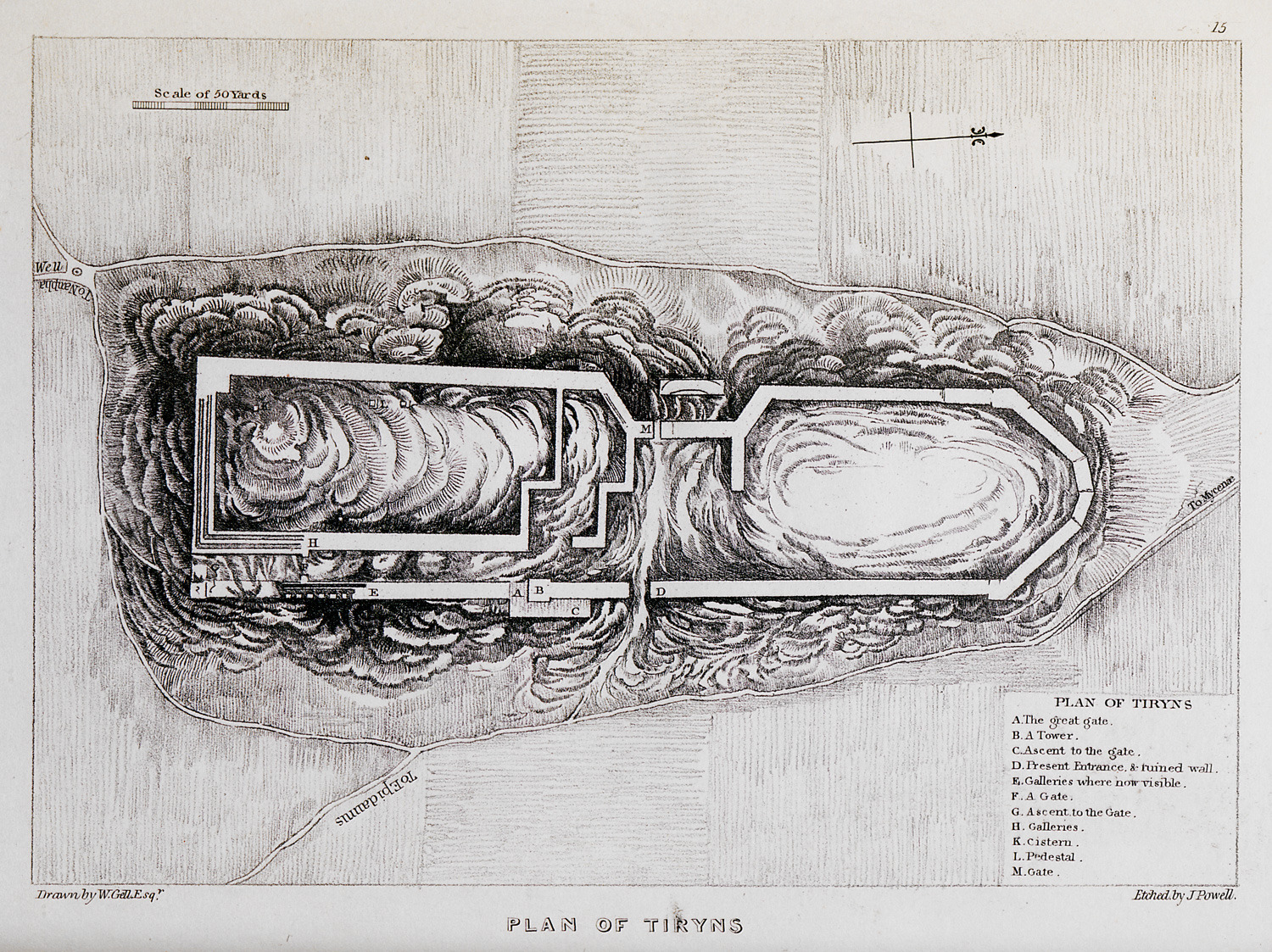
-
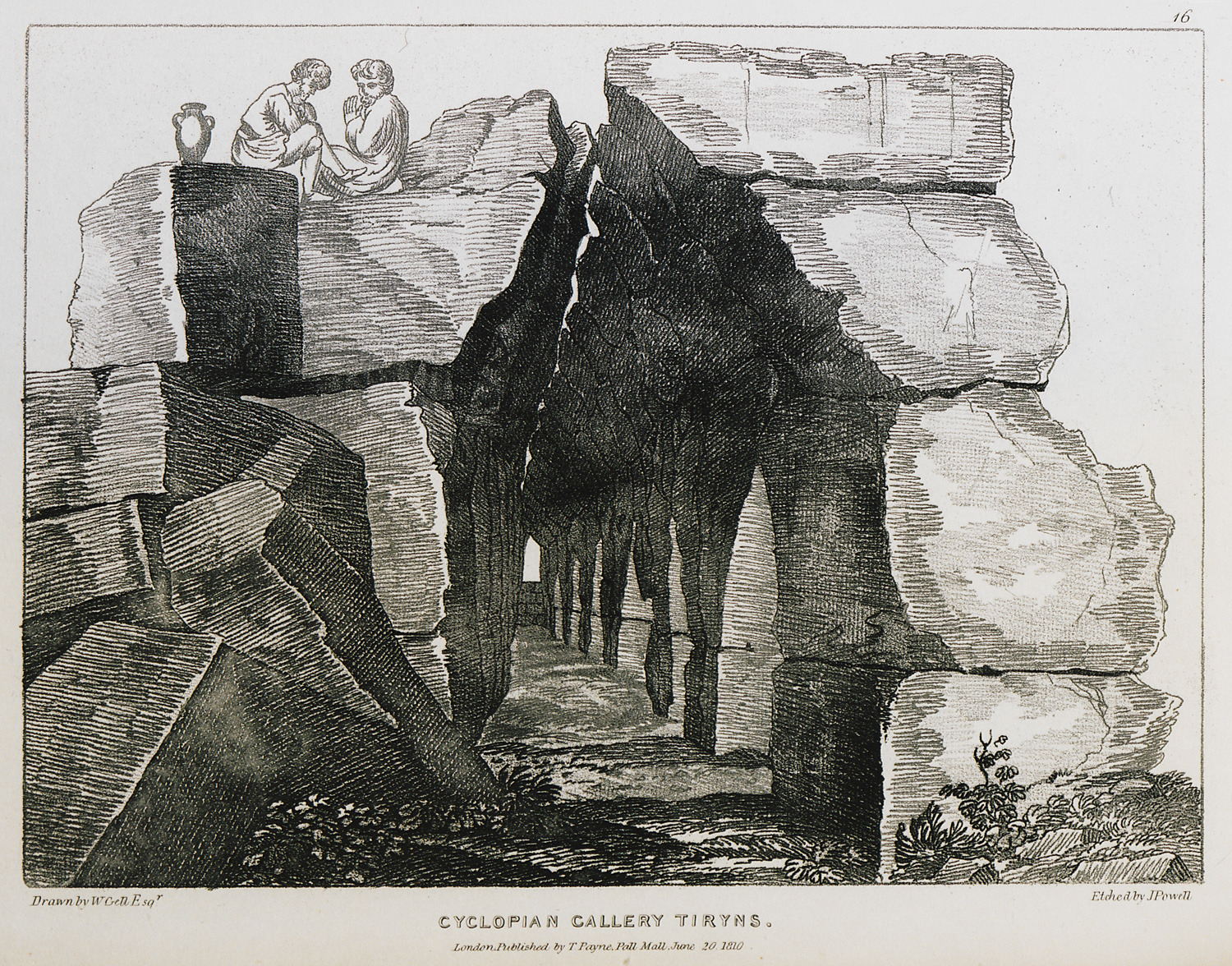
-
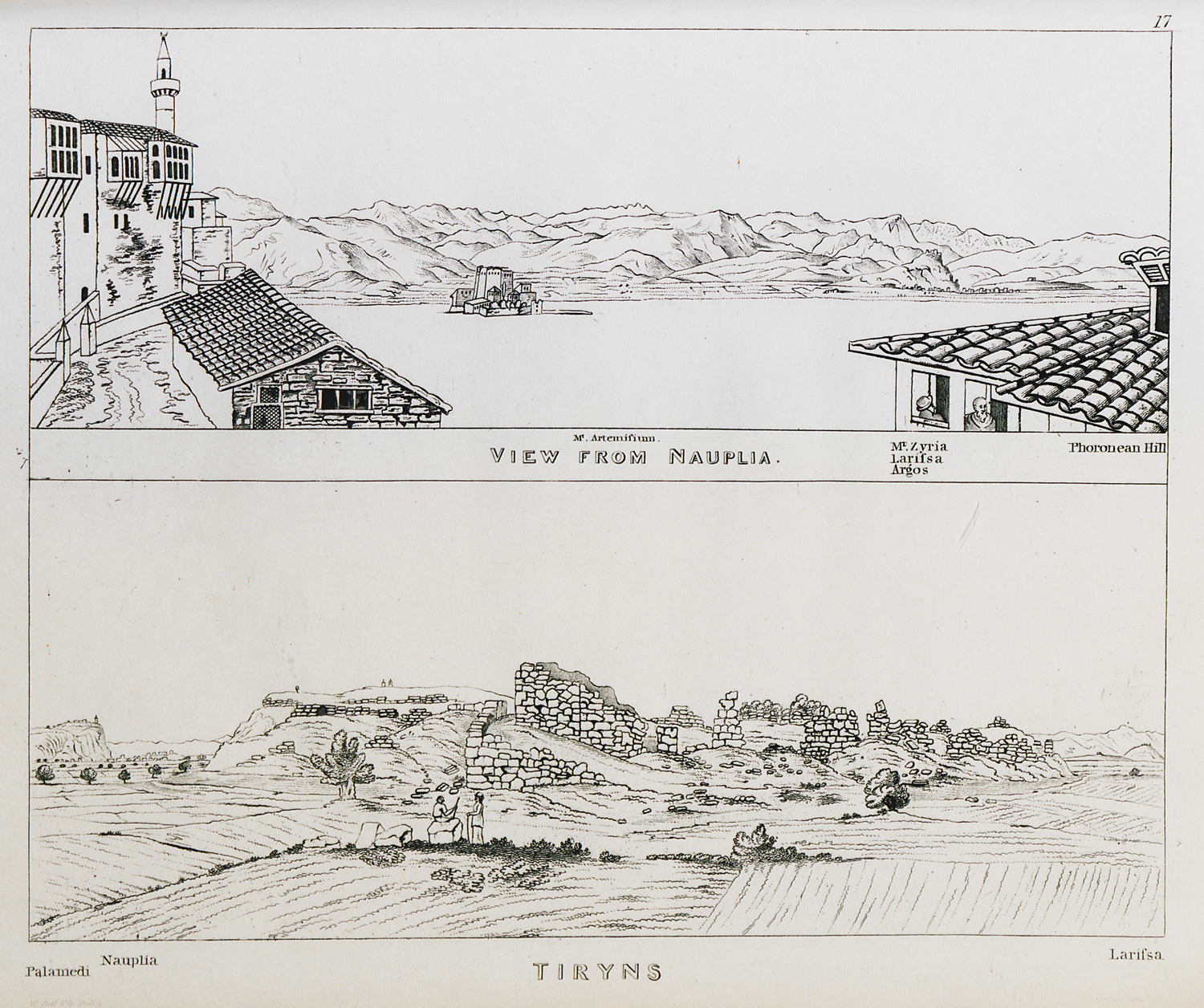
View from Nafplio, Bourtzi in the background. View of the Mycenean Acropolis of Tiryns.
-
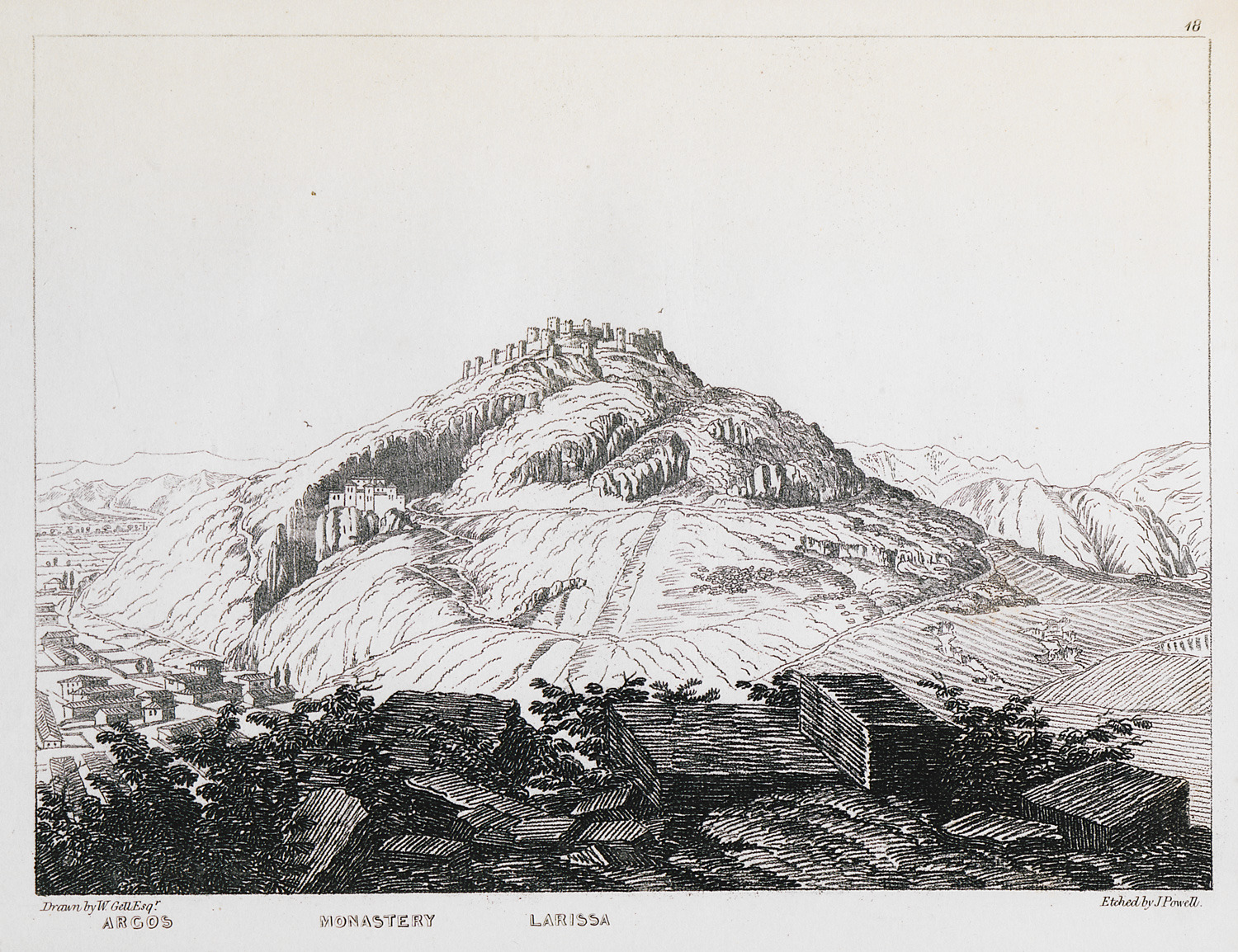
View of the Acropolis of Larissa in Argos. On the left, the monastery of Panagia Katakekrymmeni.
-
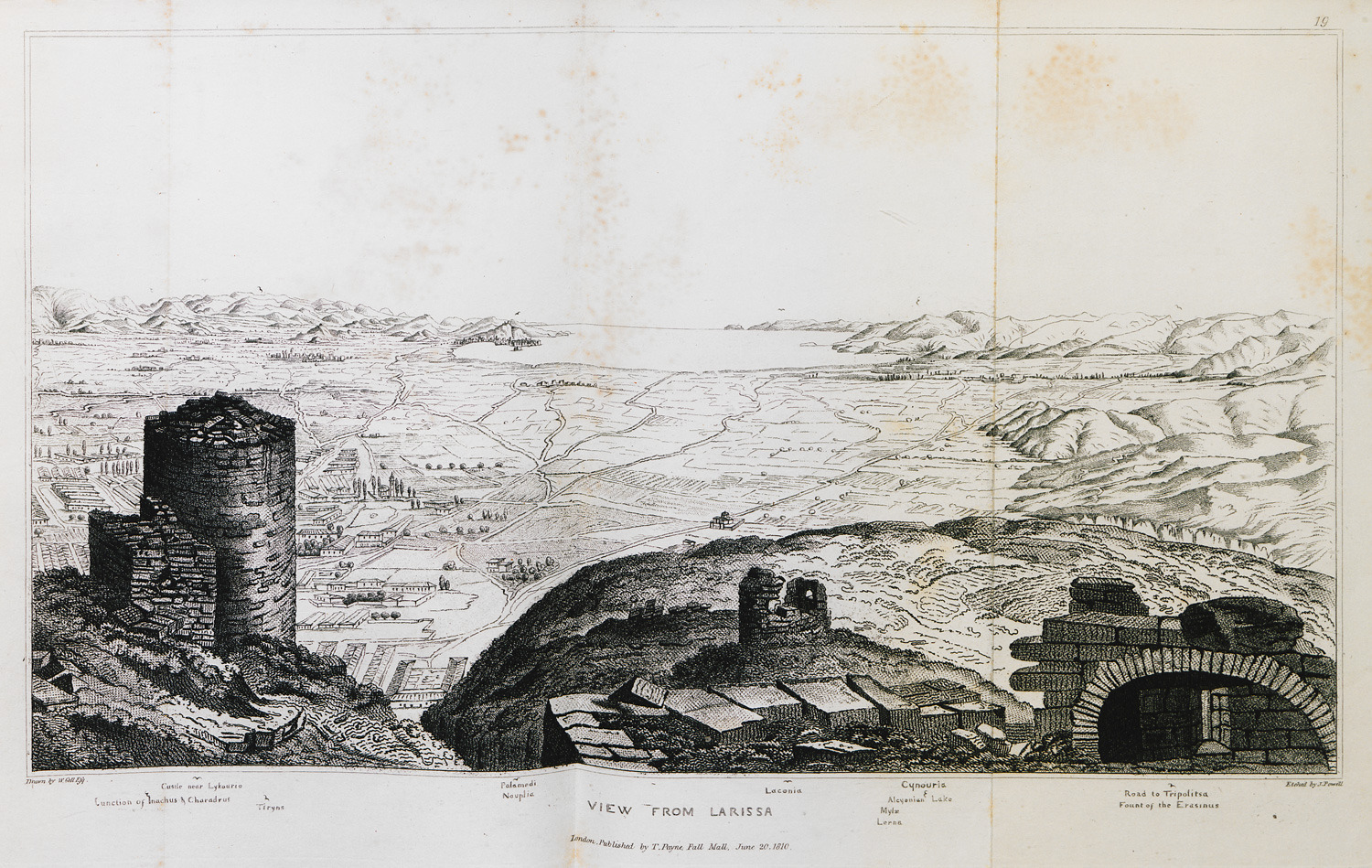
-
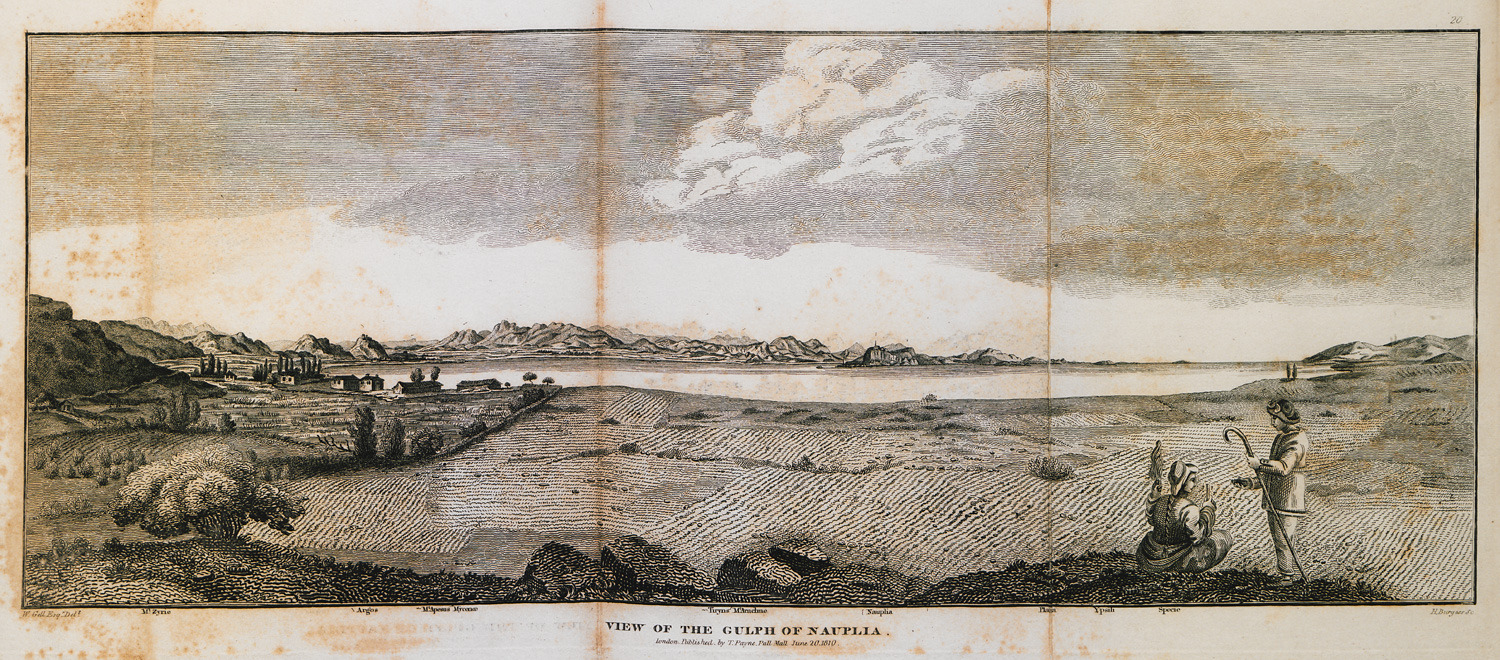
-
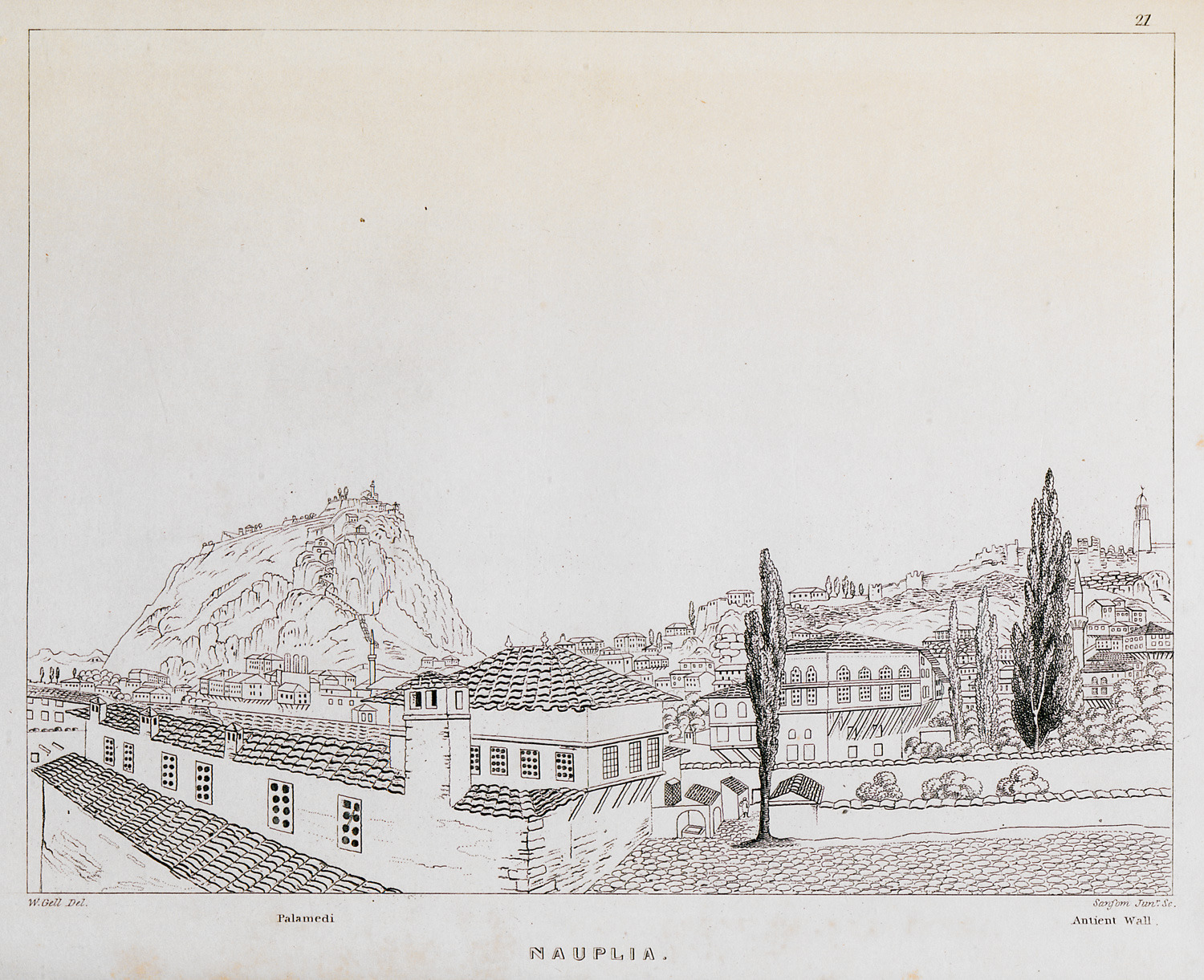
View of Nafplio. Palamidi fortress in the background, on the left.
-

-
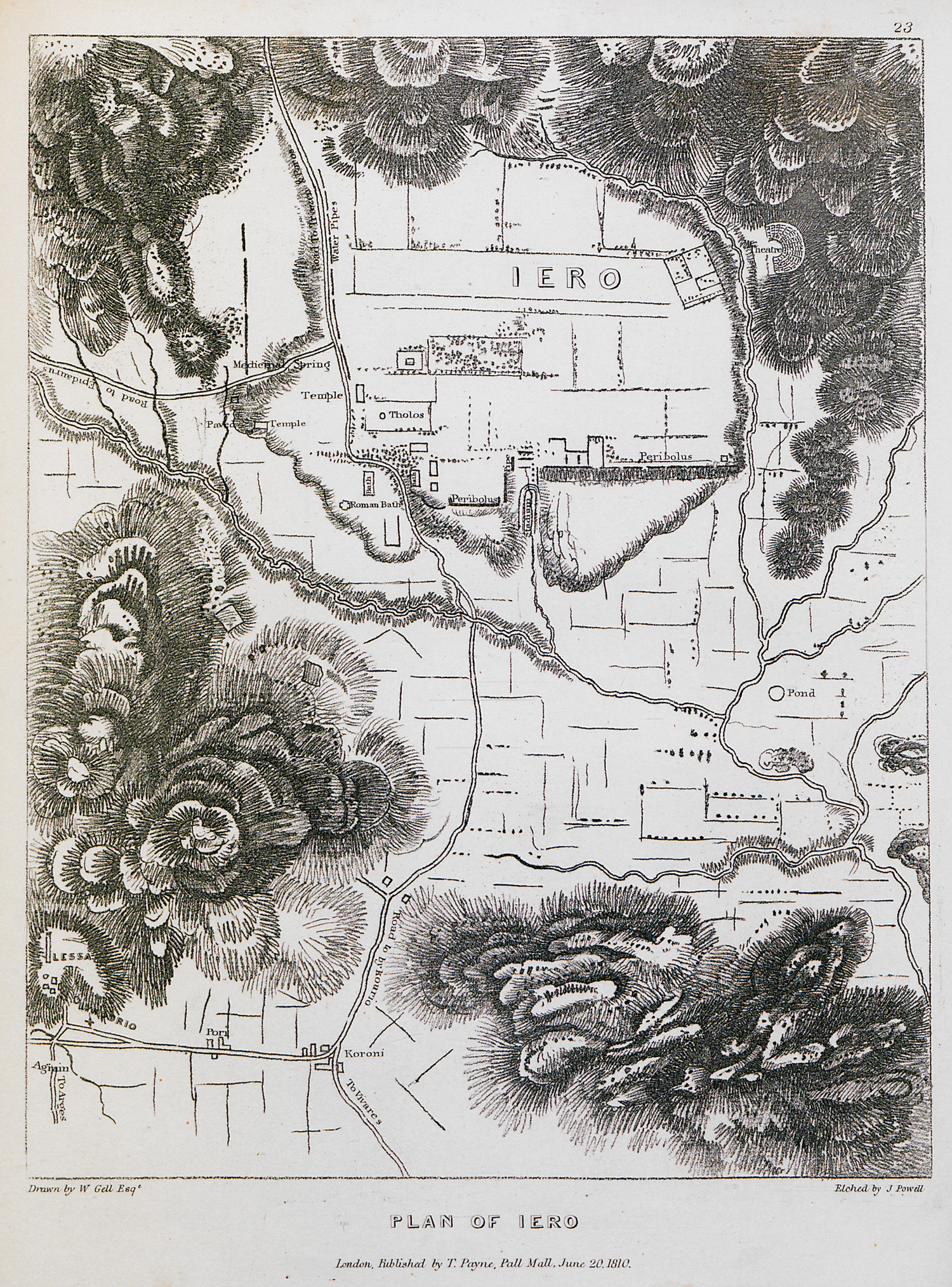
-
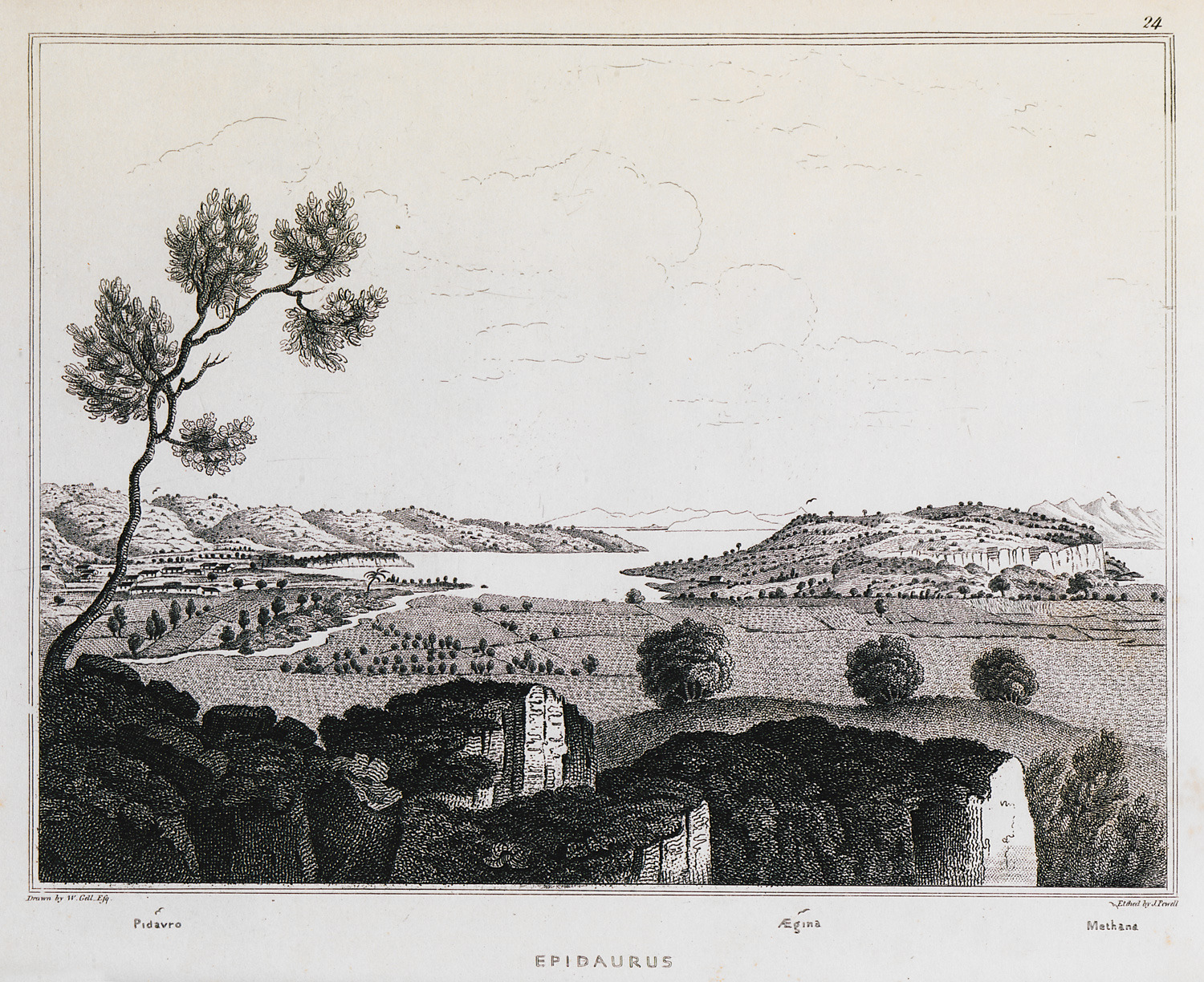
-

The plain of Troezen from the town's fortress or ancient acropolis.
-
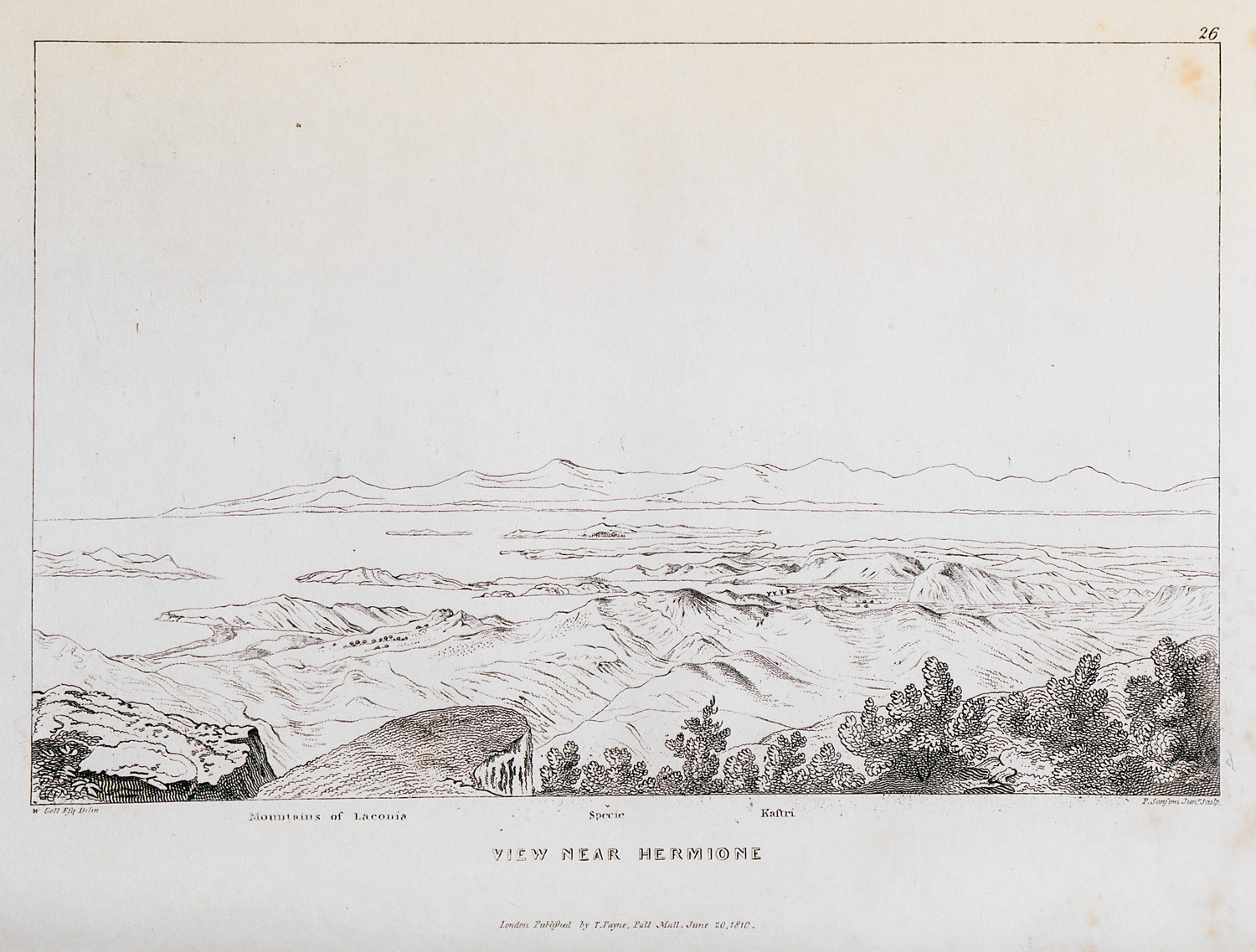
-
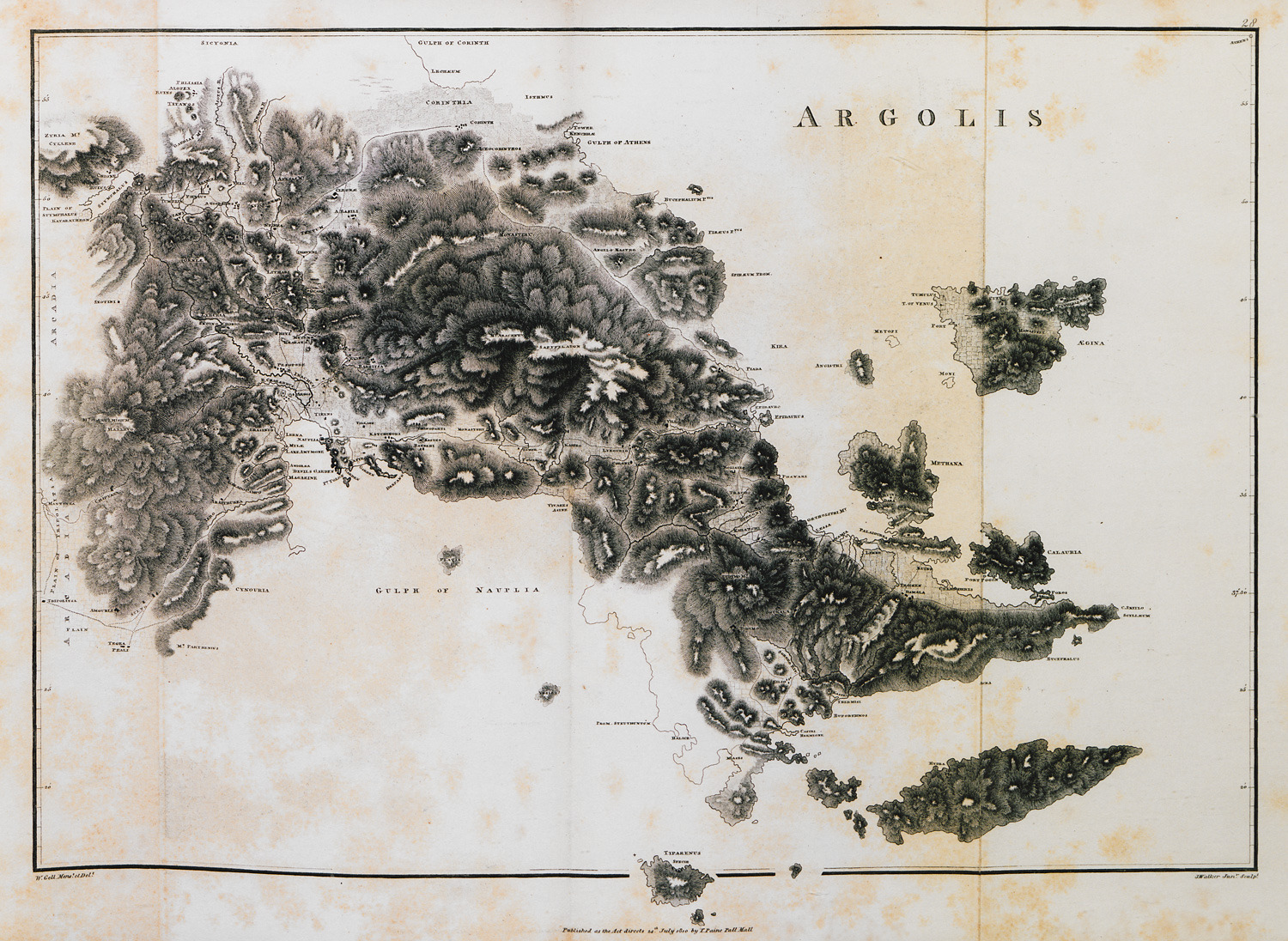
-
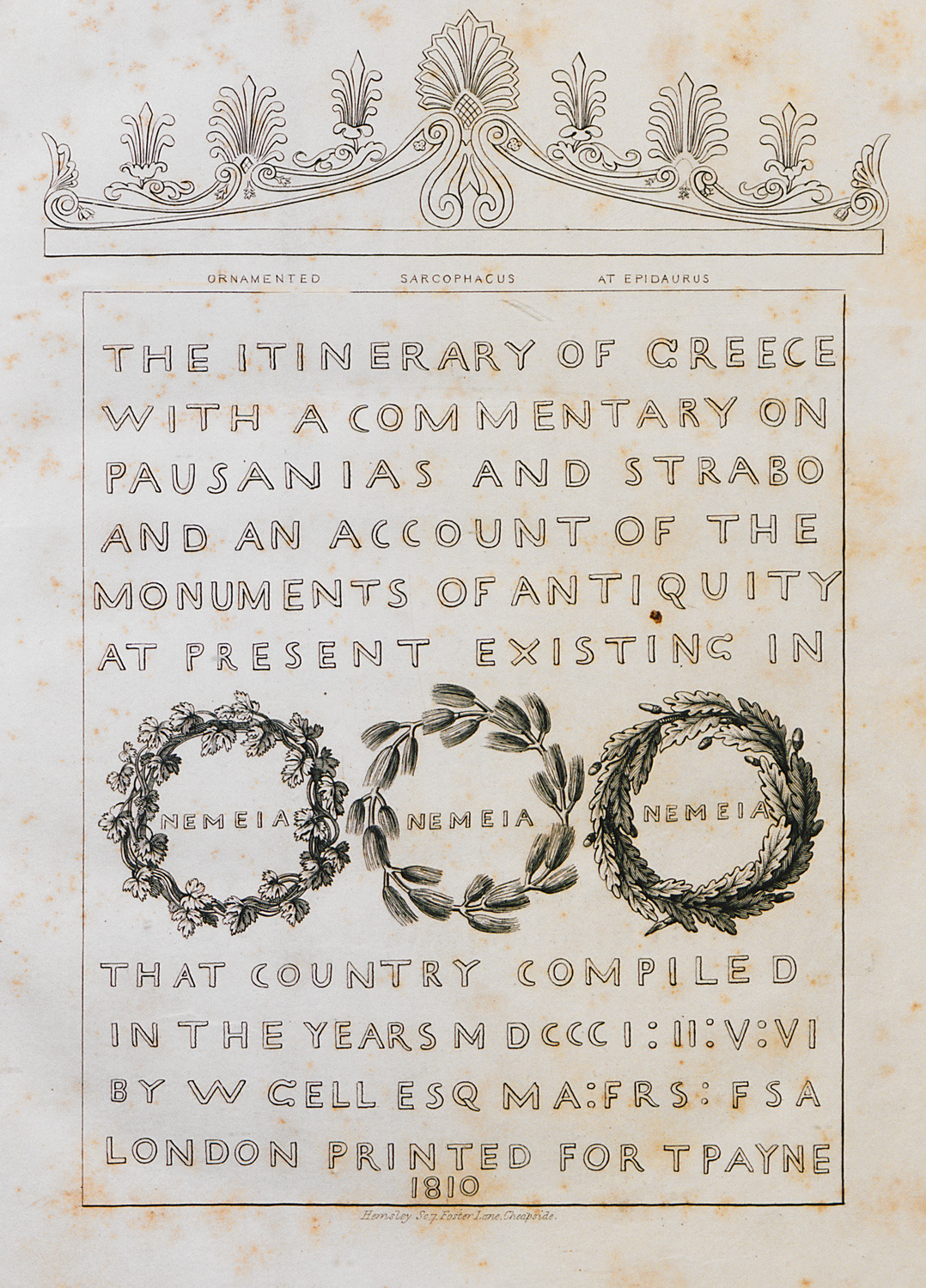
-
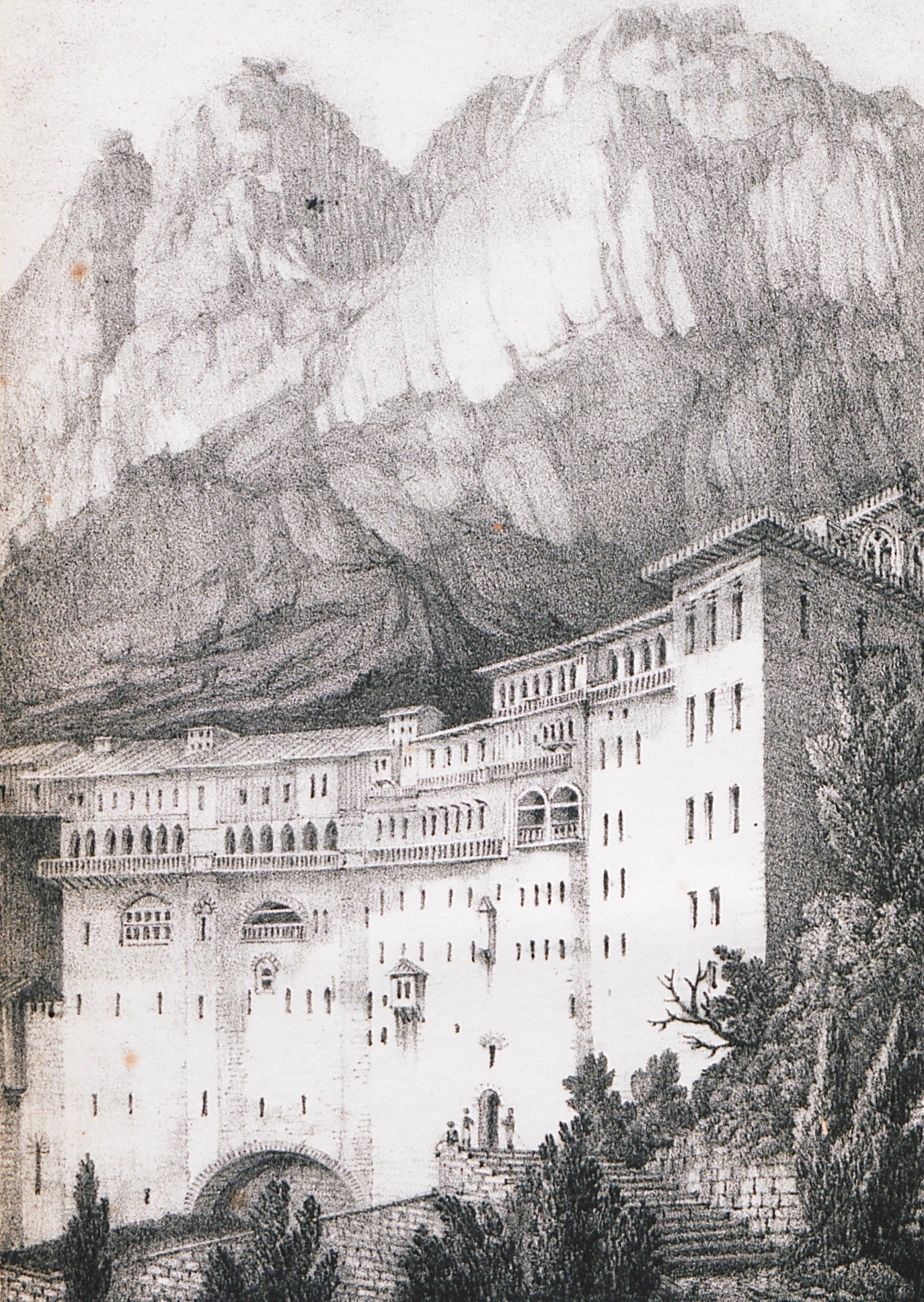
-
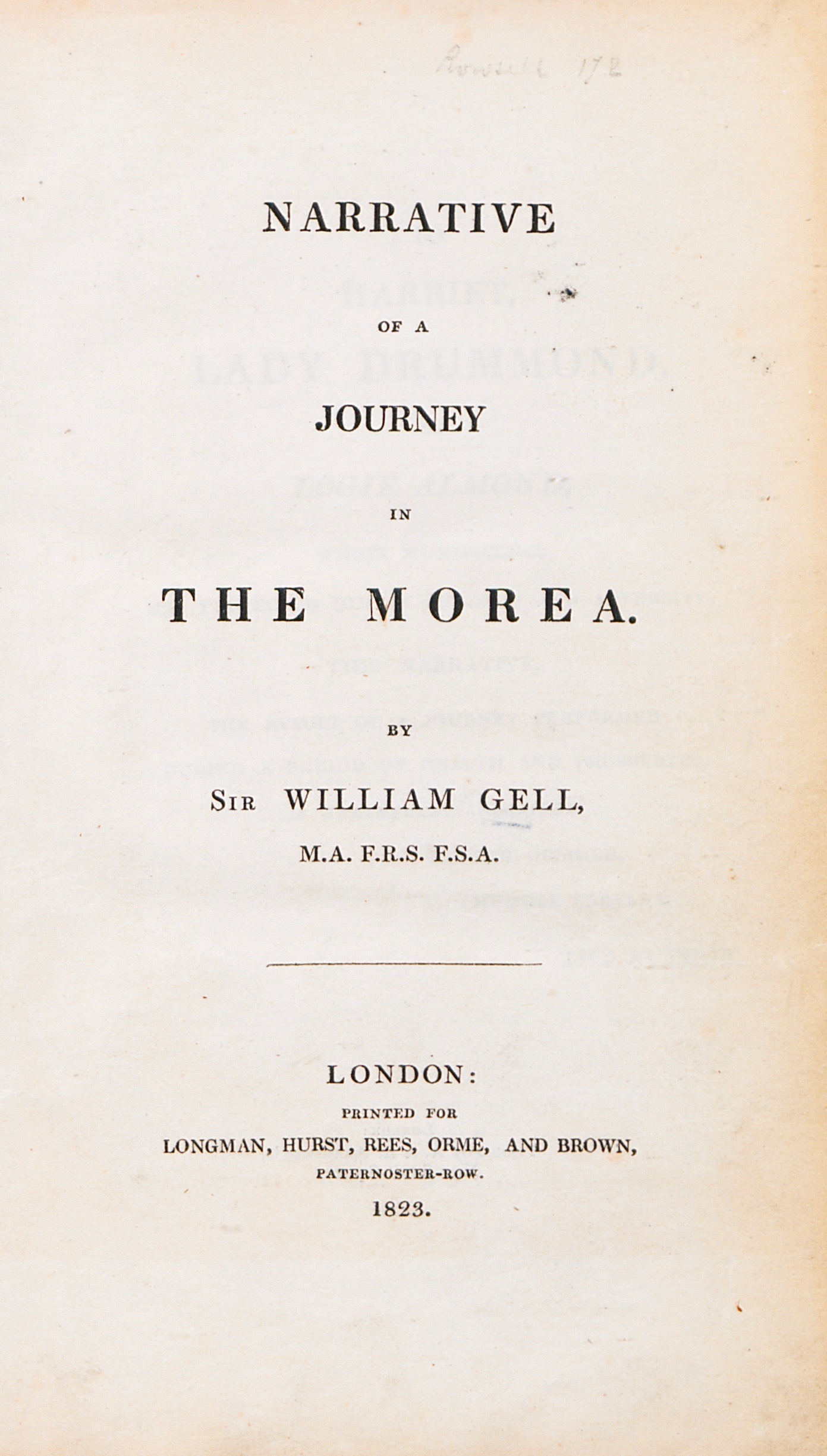
-
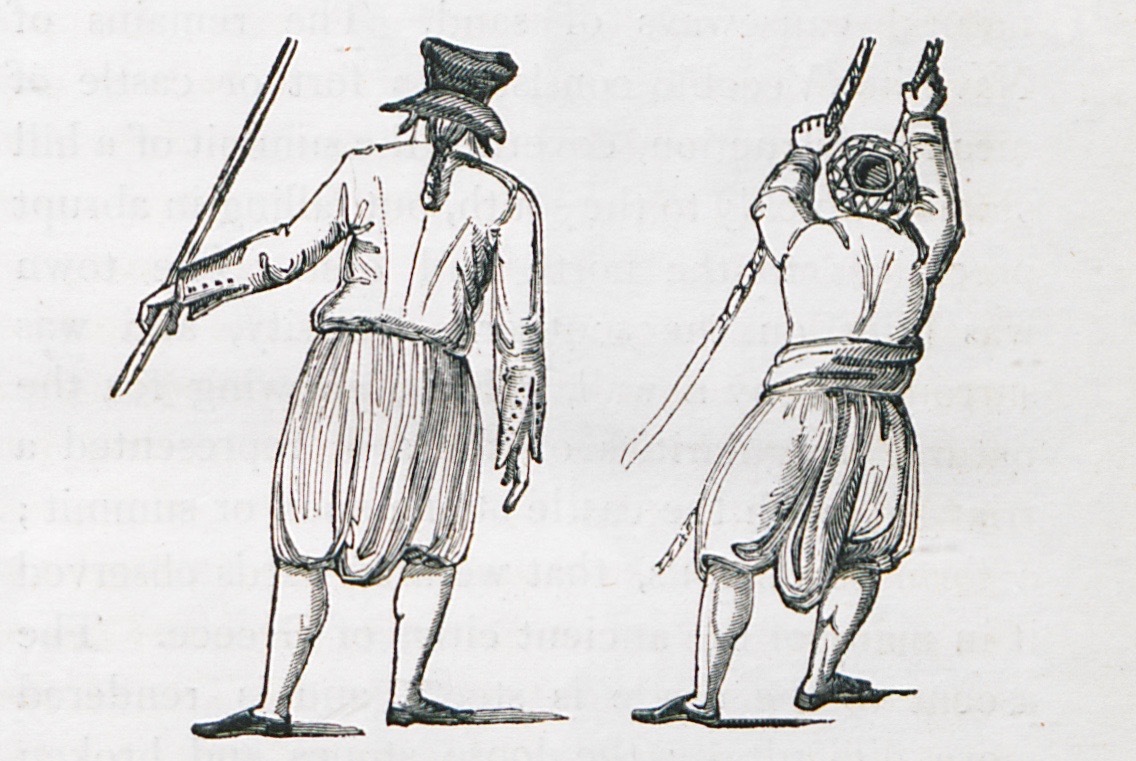
-
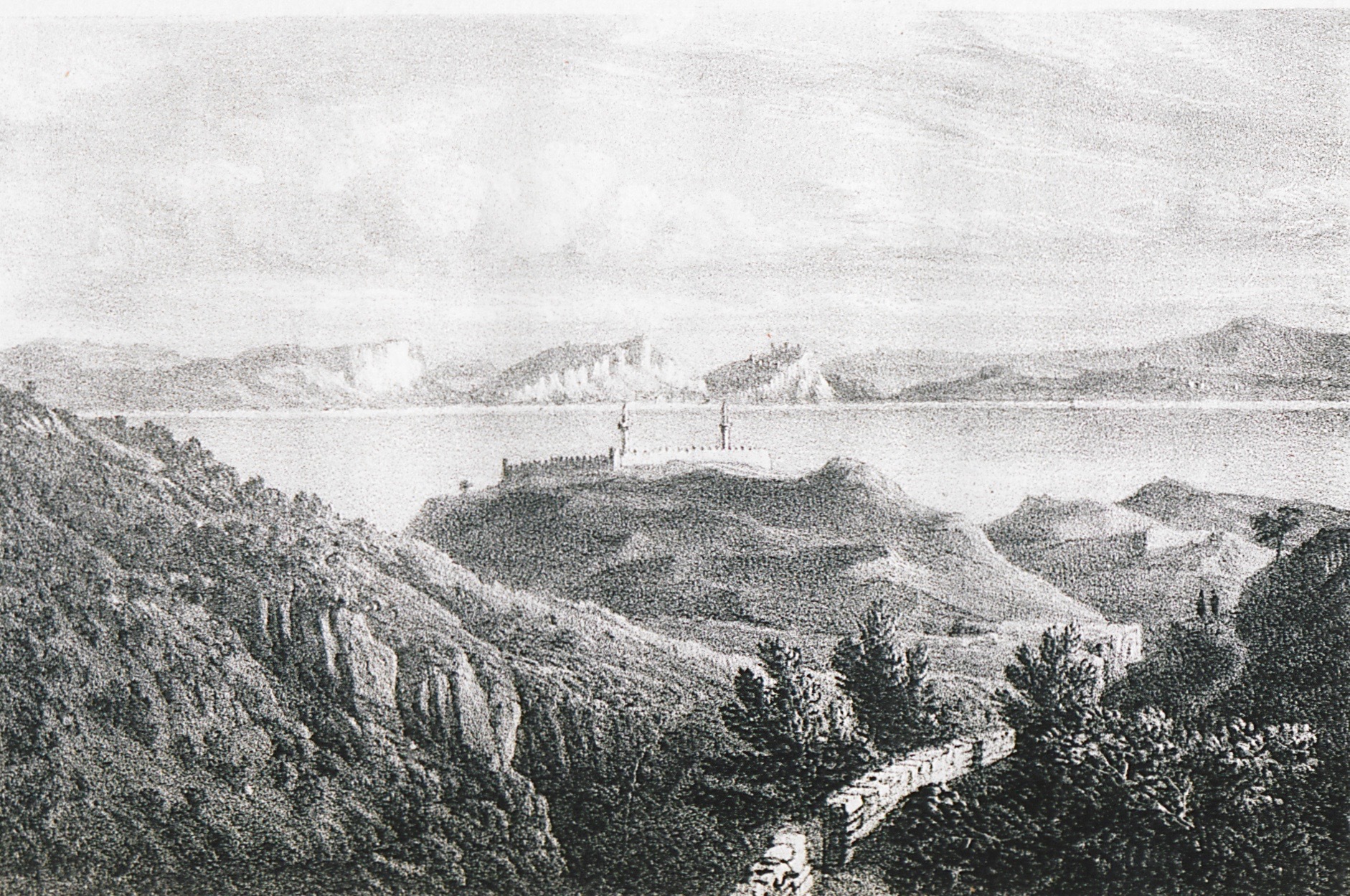
-
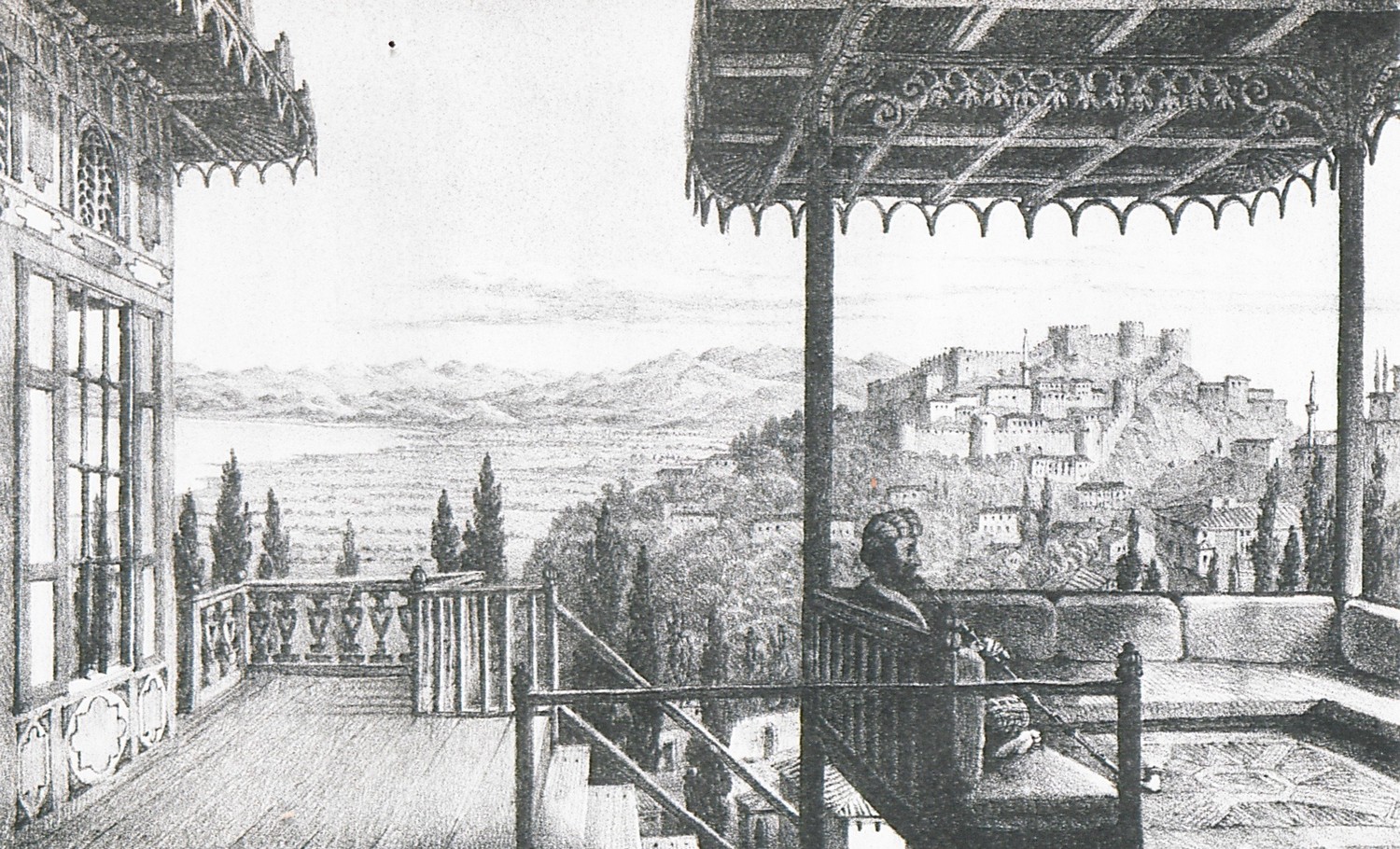
View from the Ottoman mansion where the author lodged during his stay at Karytaina.
-
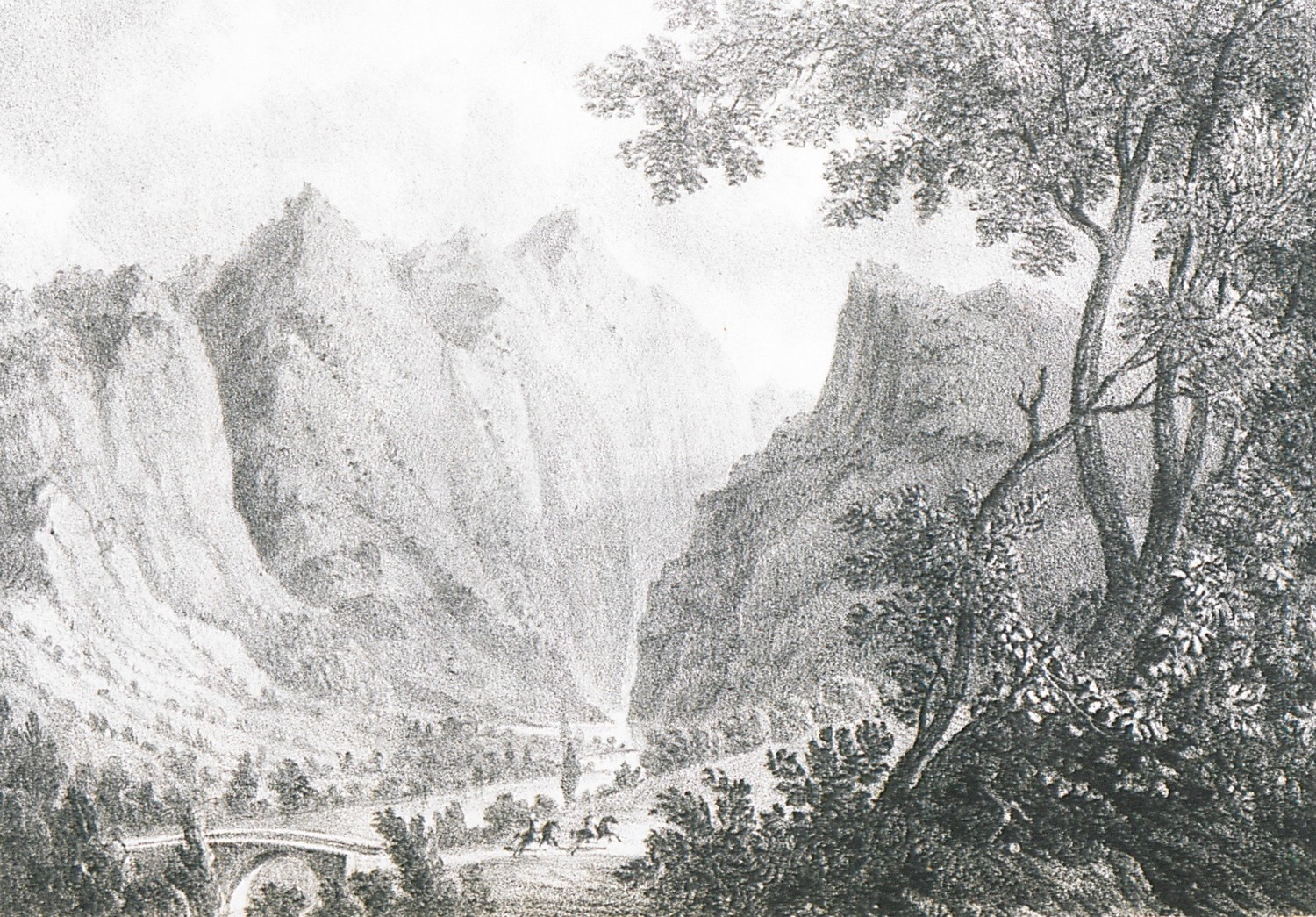
-
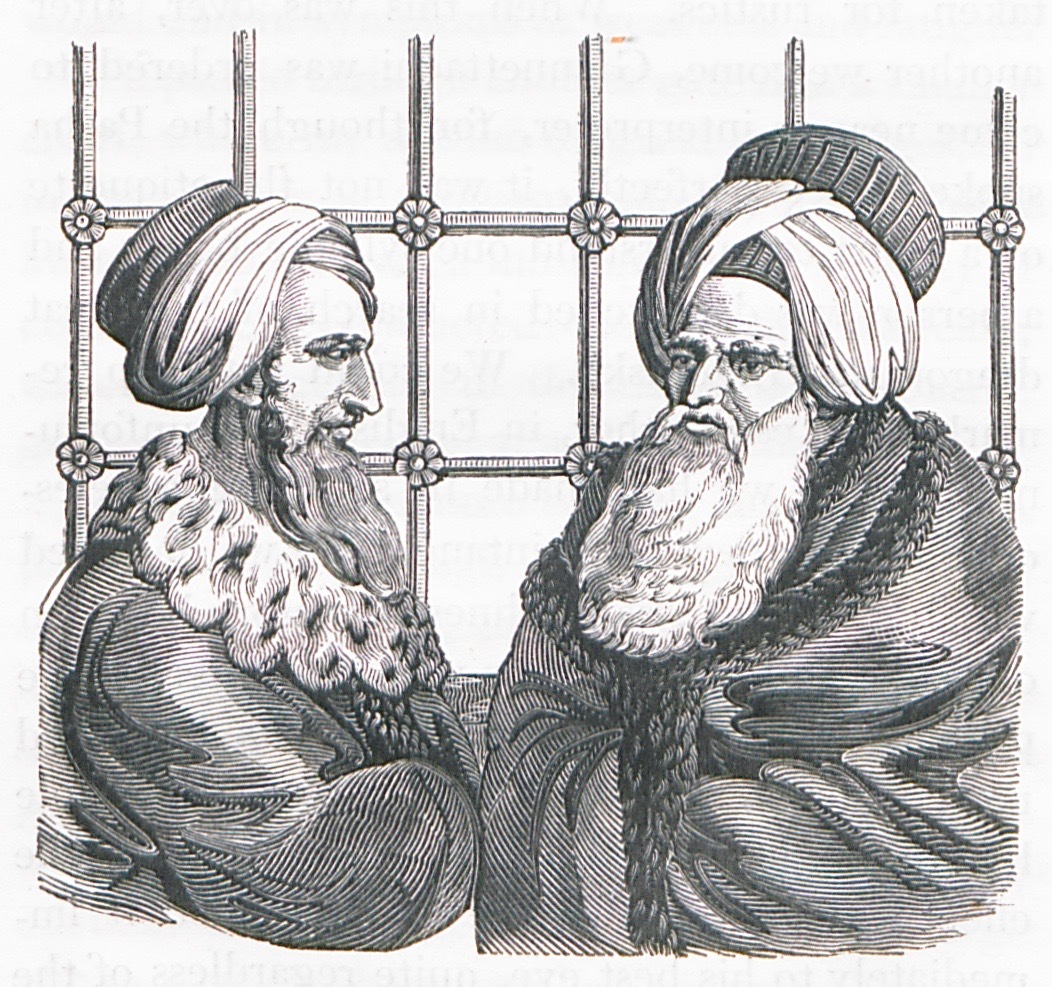
Ottoman officials whom the author met at the house of the Ottoman commander of Tripoli.
-
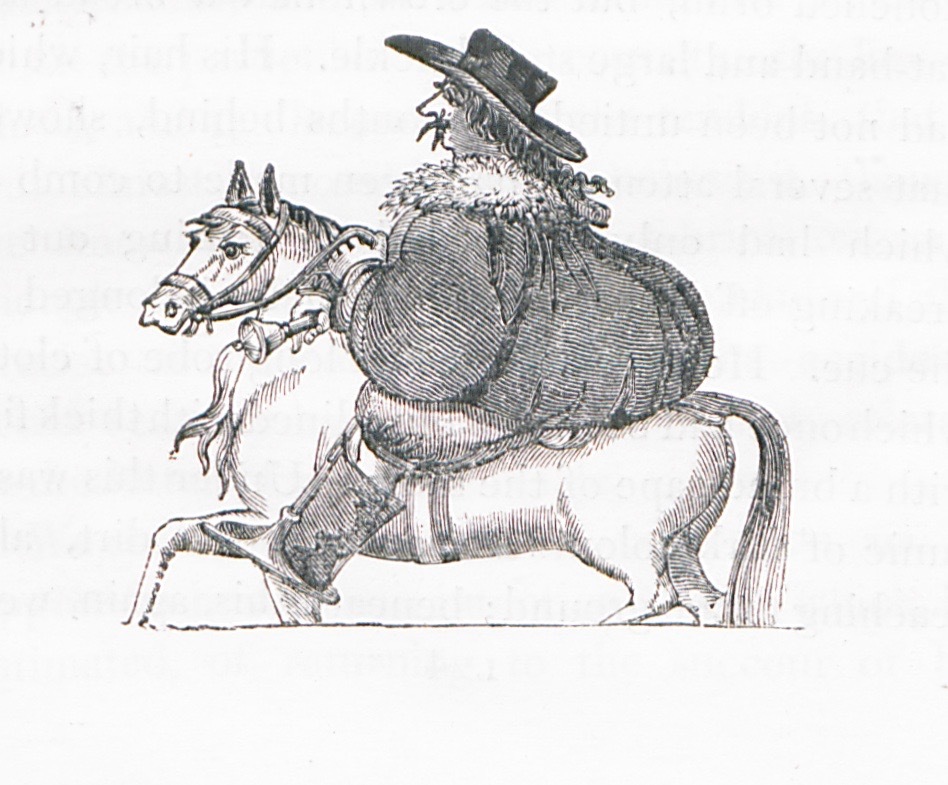
-
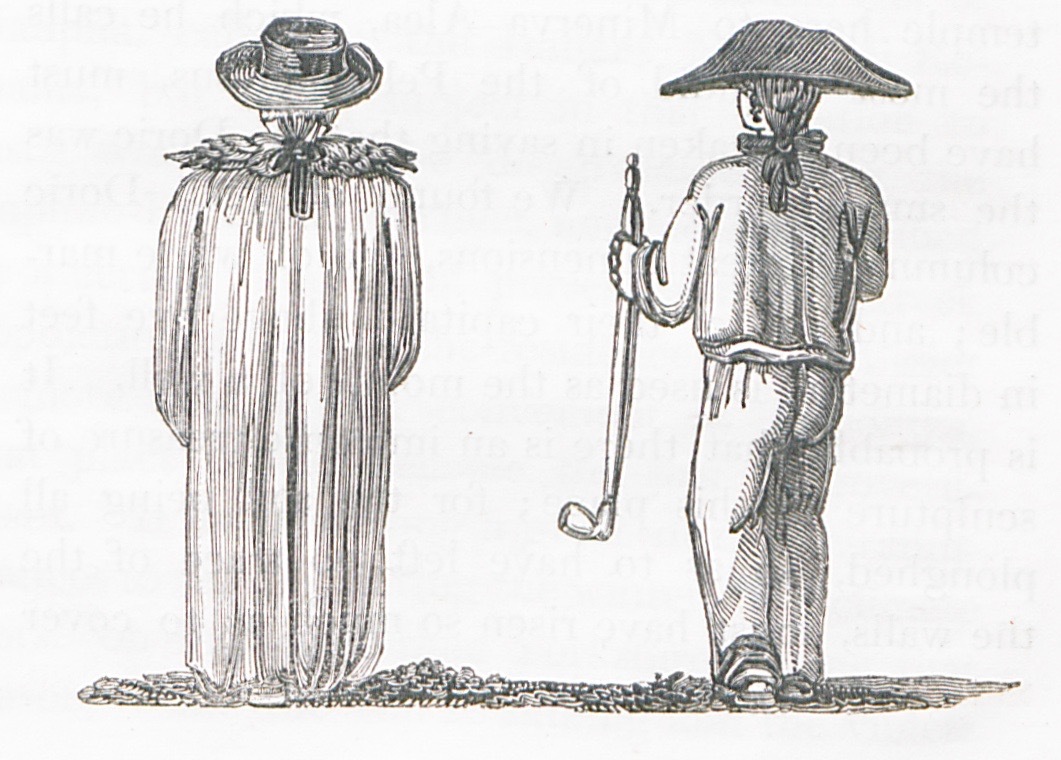
-
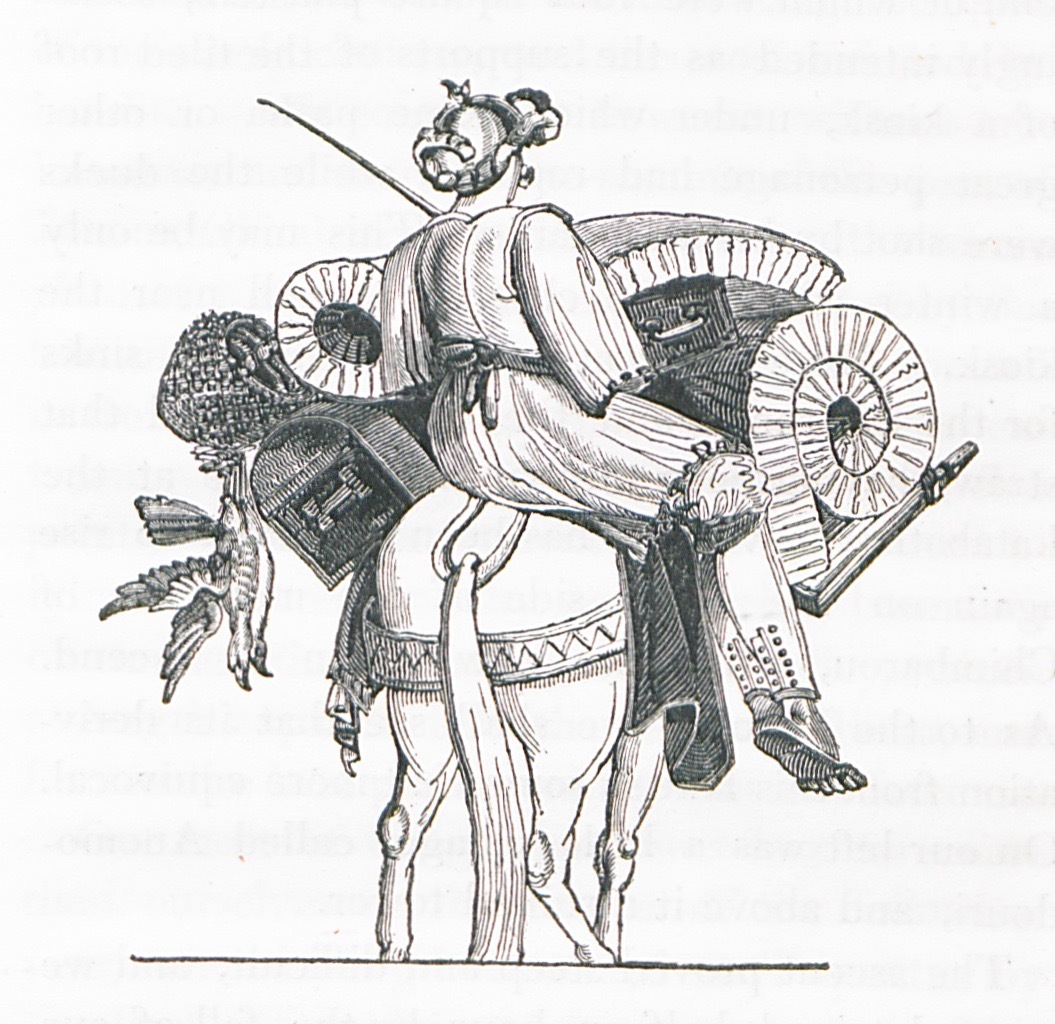
The Turkish escort of the author during the latter's stay at the Peloponnese.
-
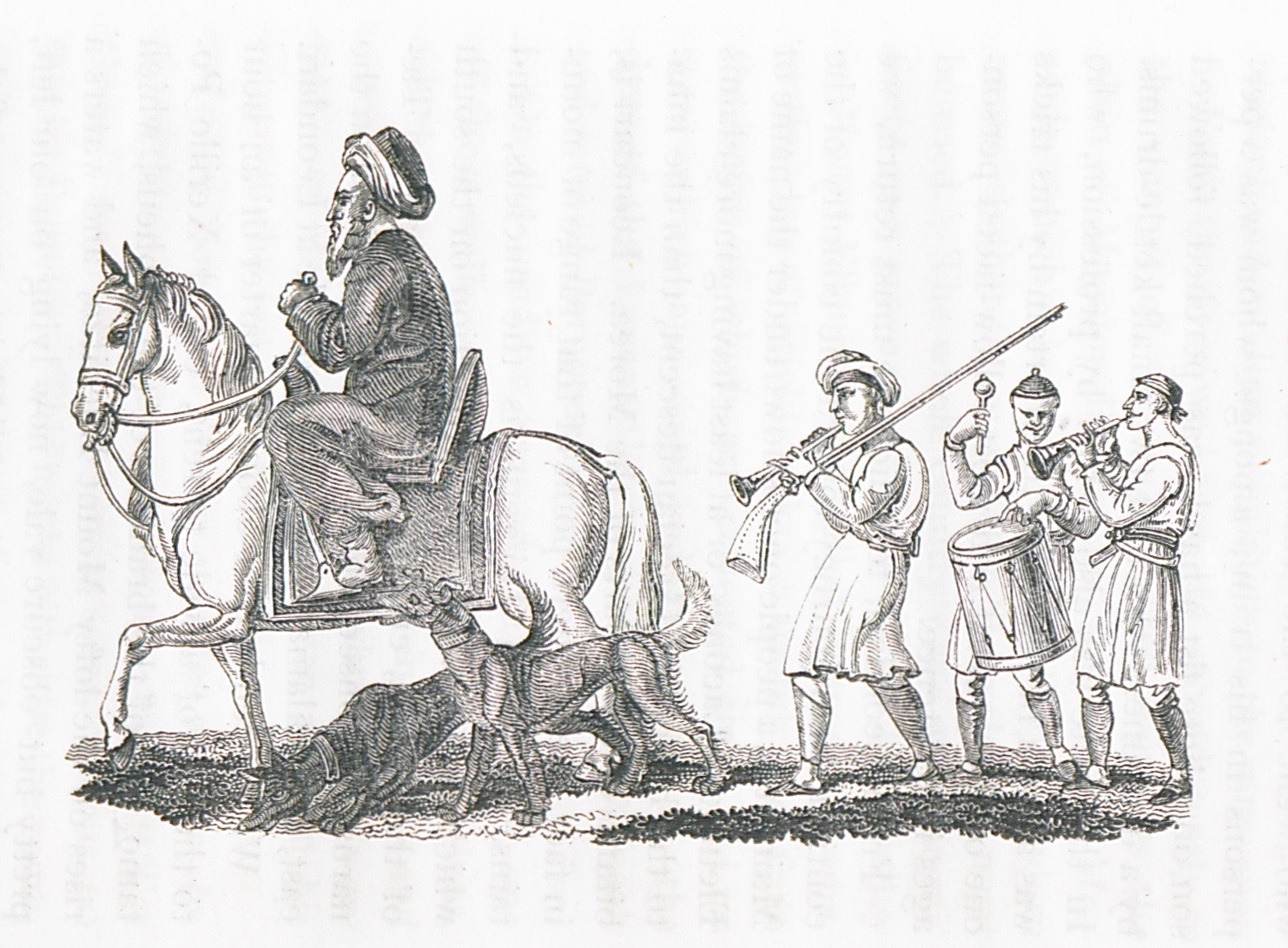
-
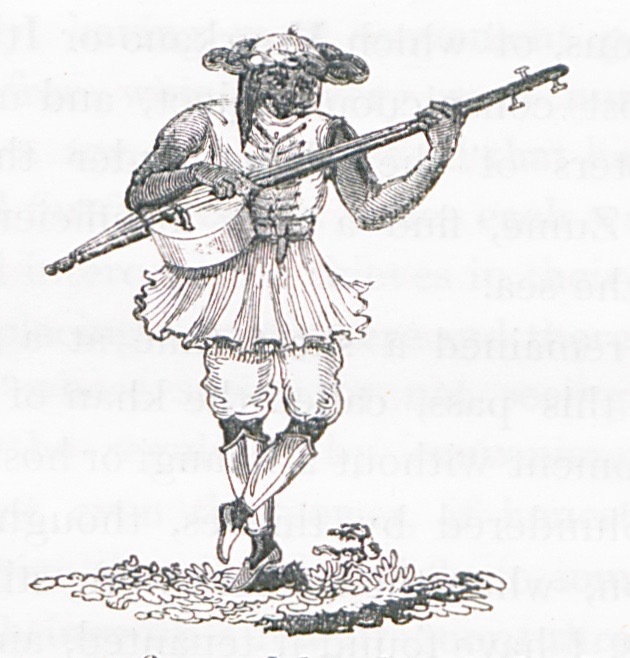
Itinerant Muslim musician from Africa whom the author met during his journey in the Peloponnese.
-
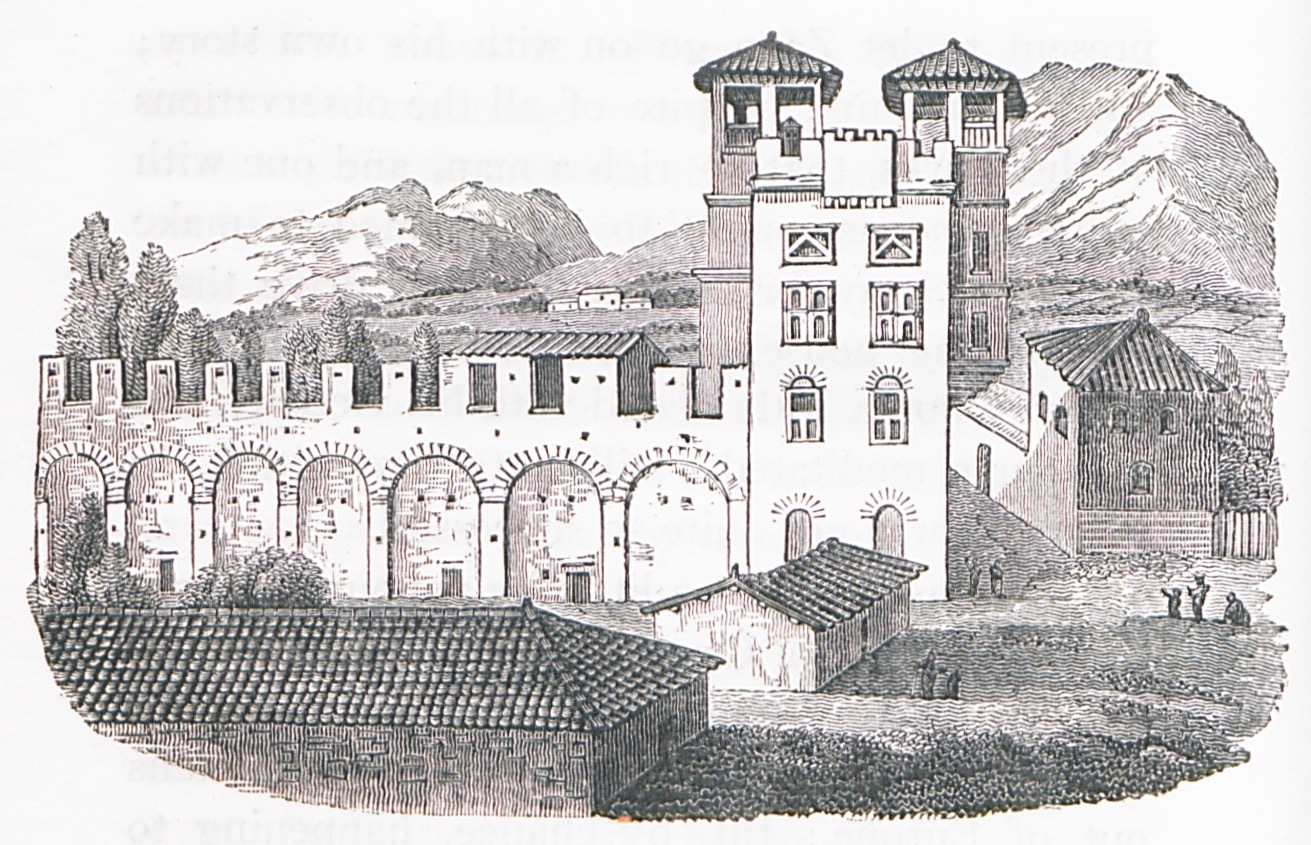
-
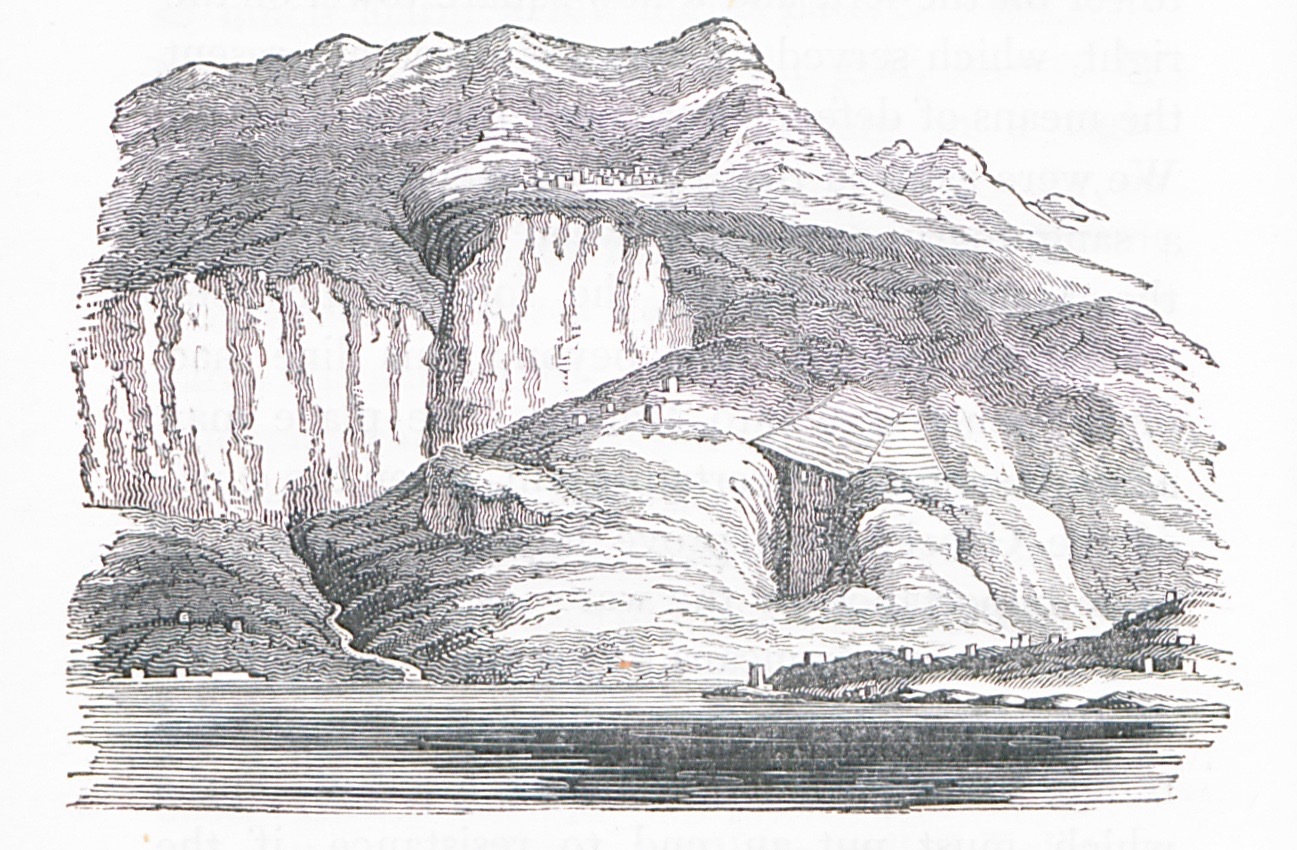
-
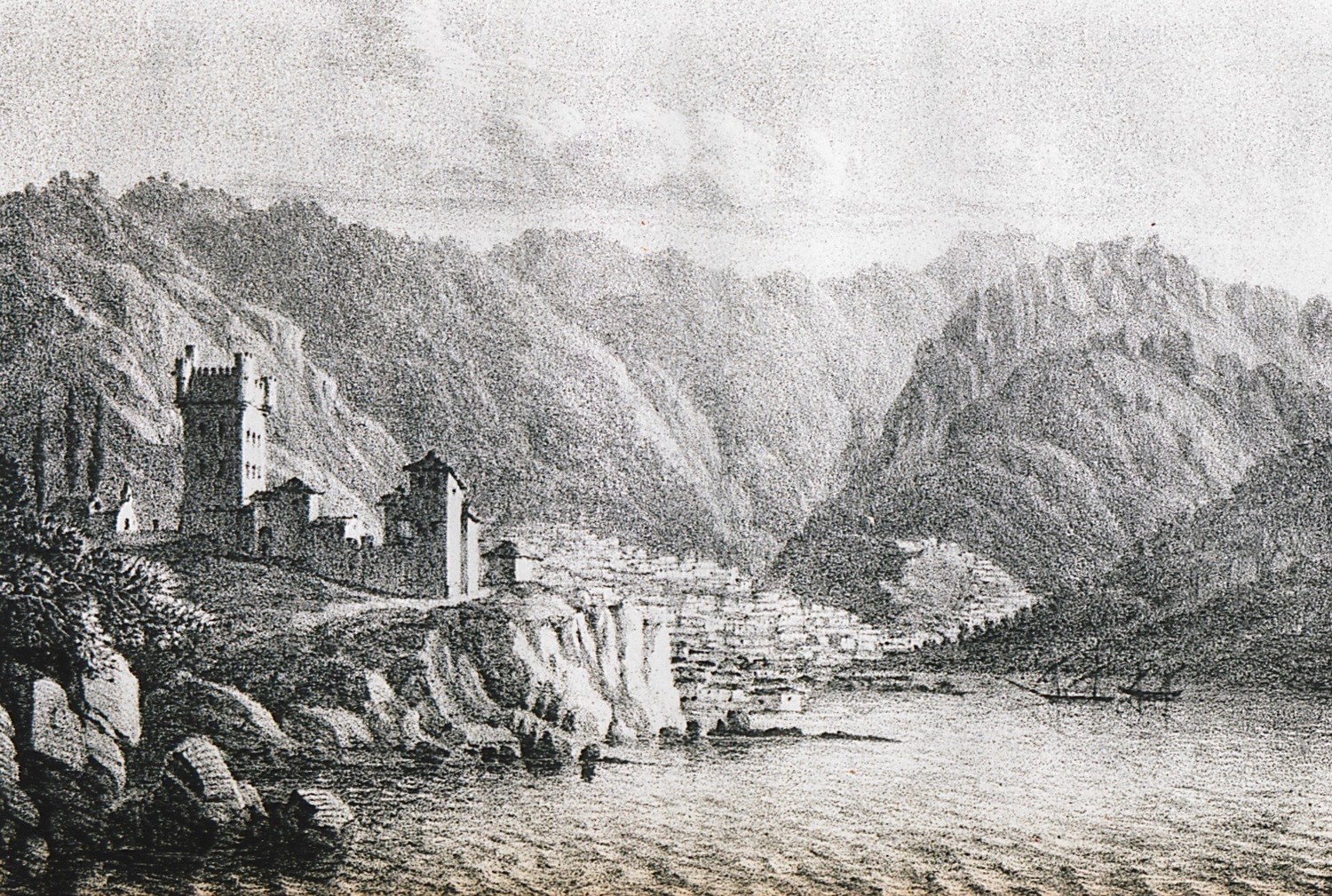
Village of Kitries, Messenia. On the left, the tower of the Beys.
-
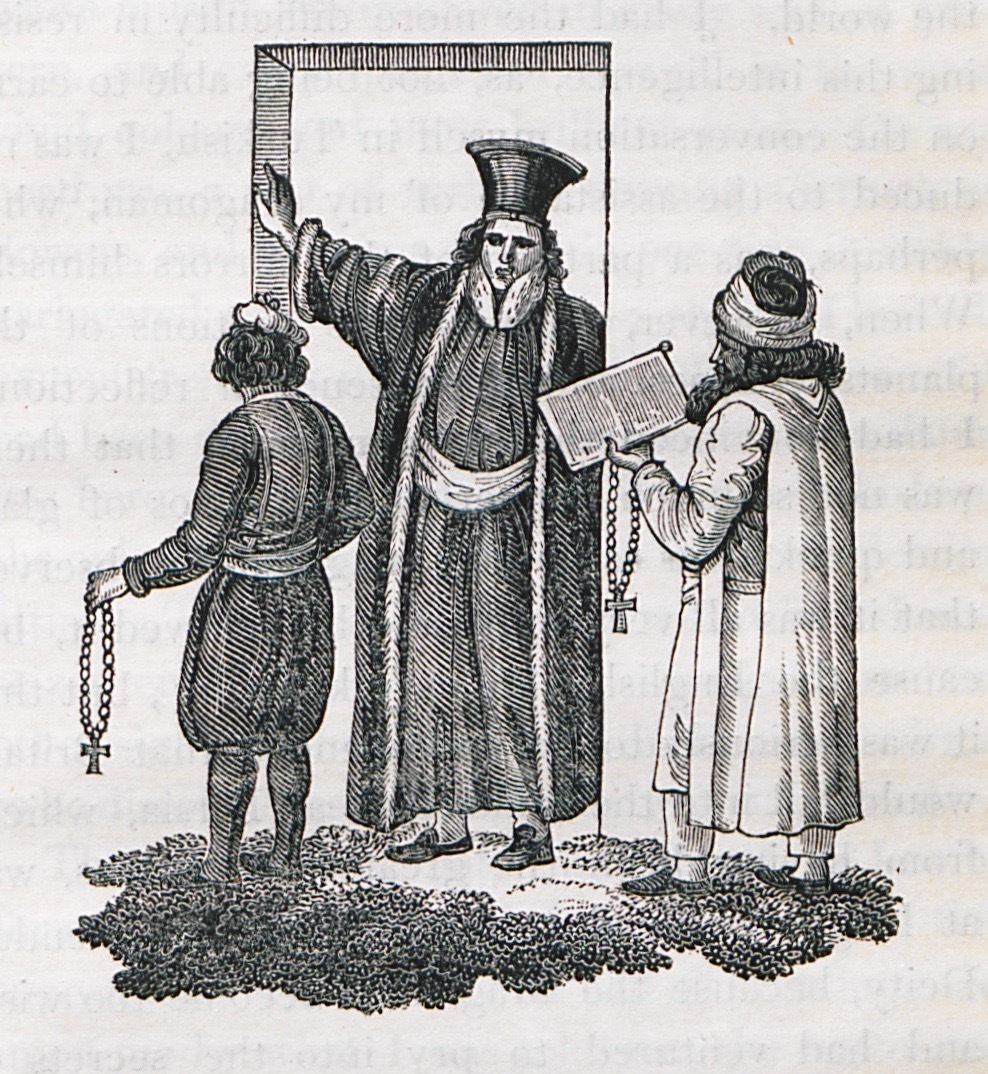
-
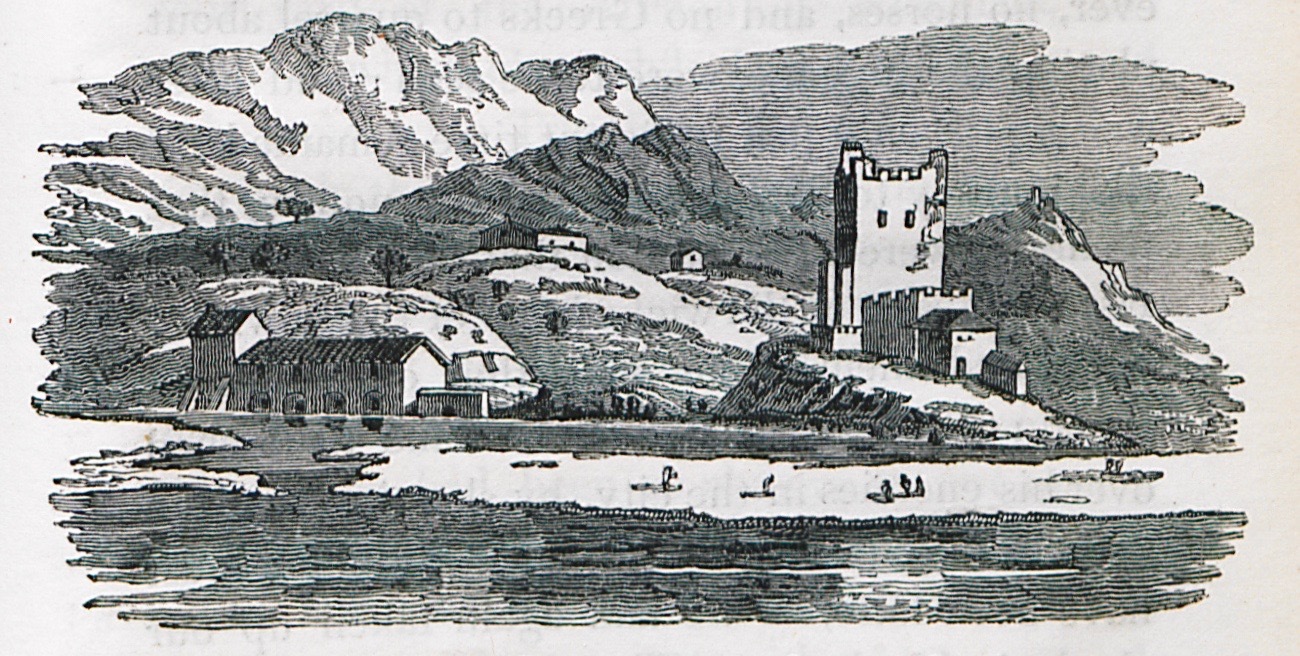
-
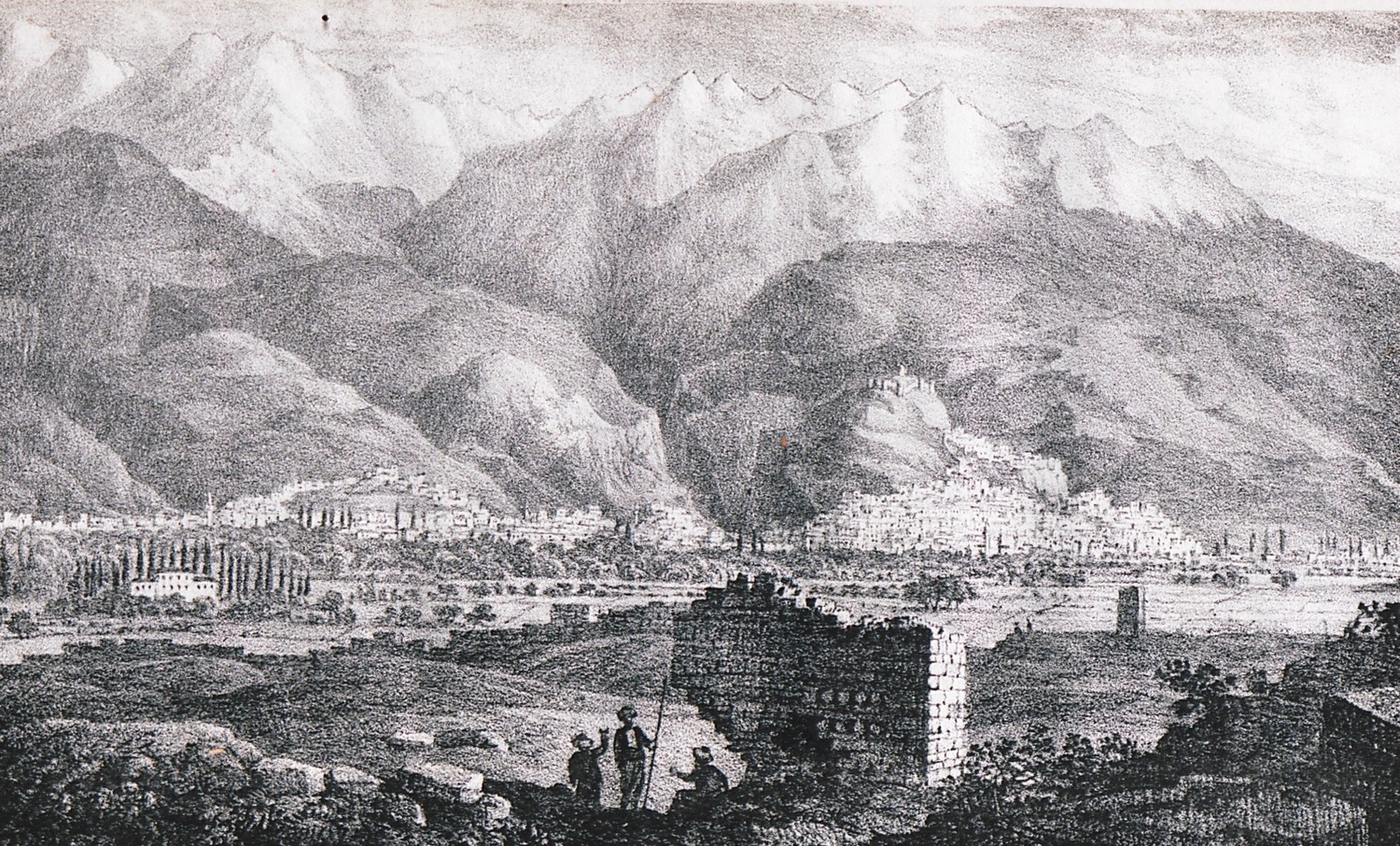
-
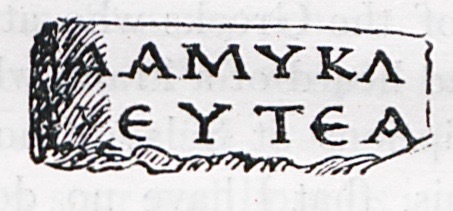
-
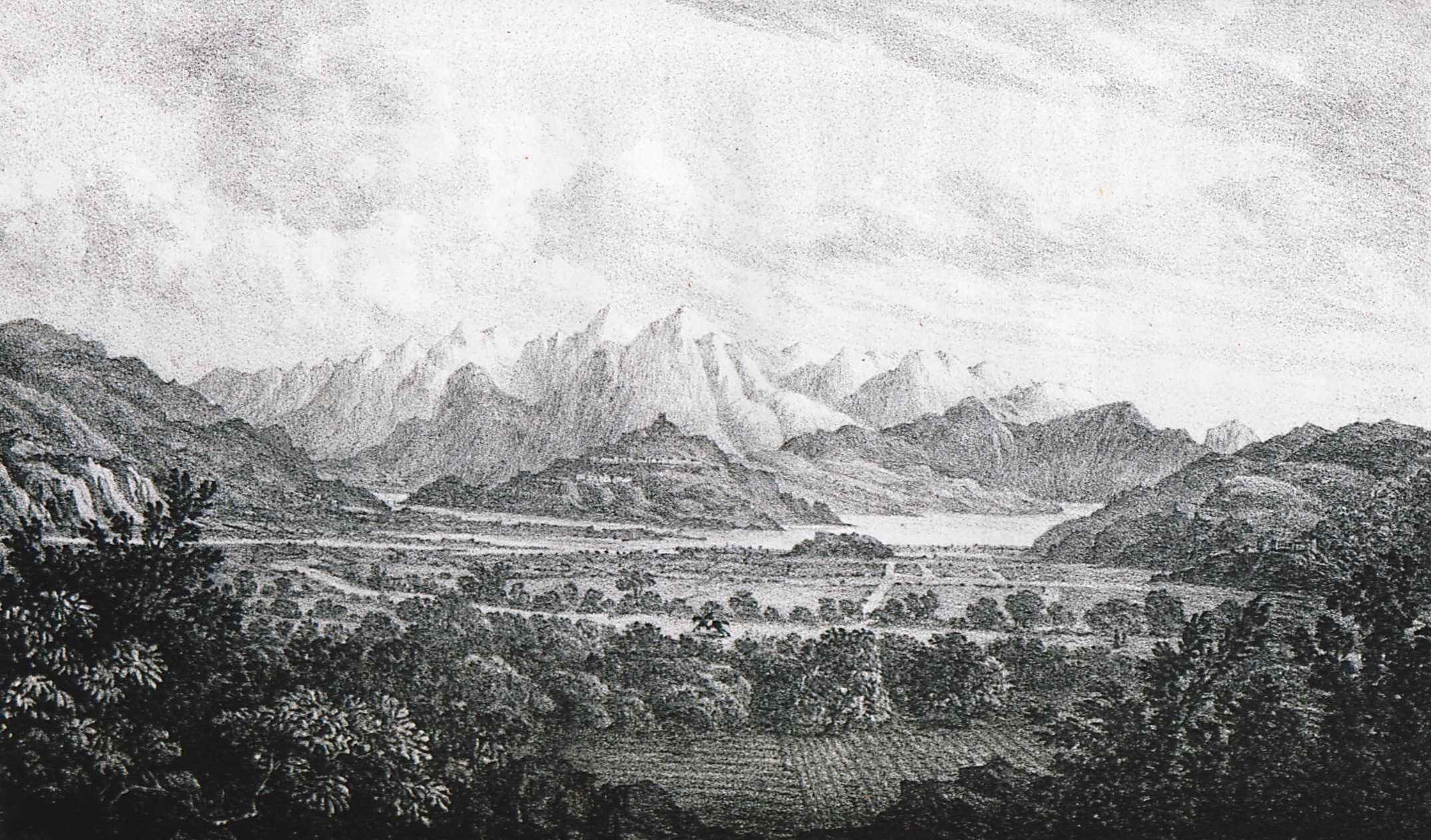
-
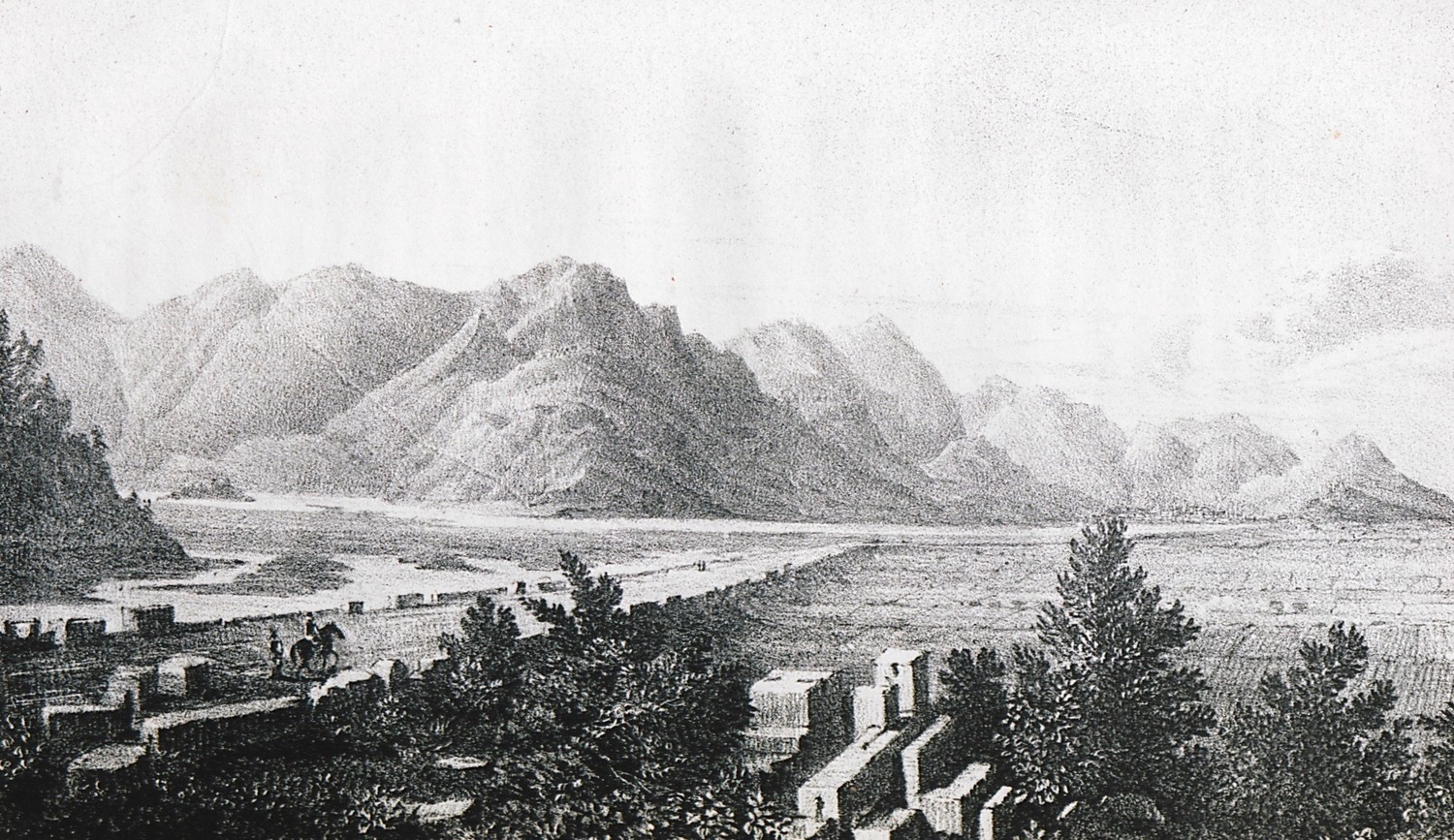
-
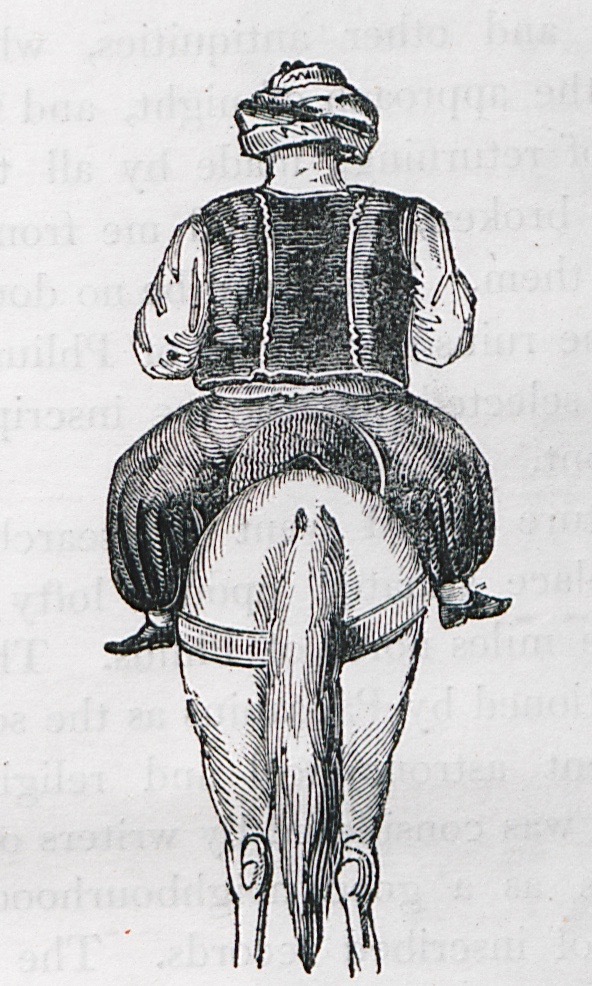
Greek merchant whom the author met on Mount Cyllene, on his way to Corinth.
-
